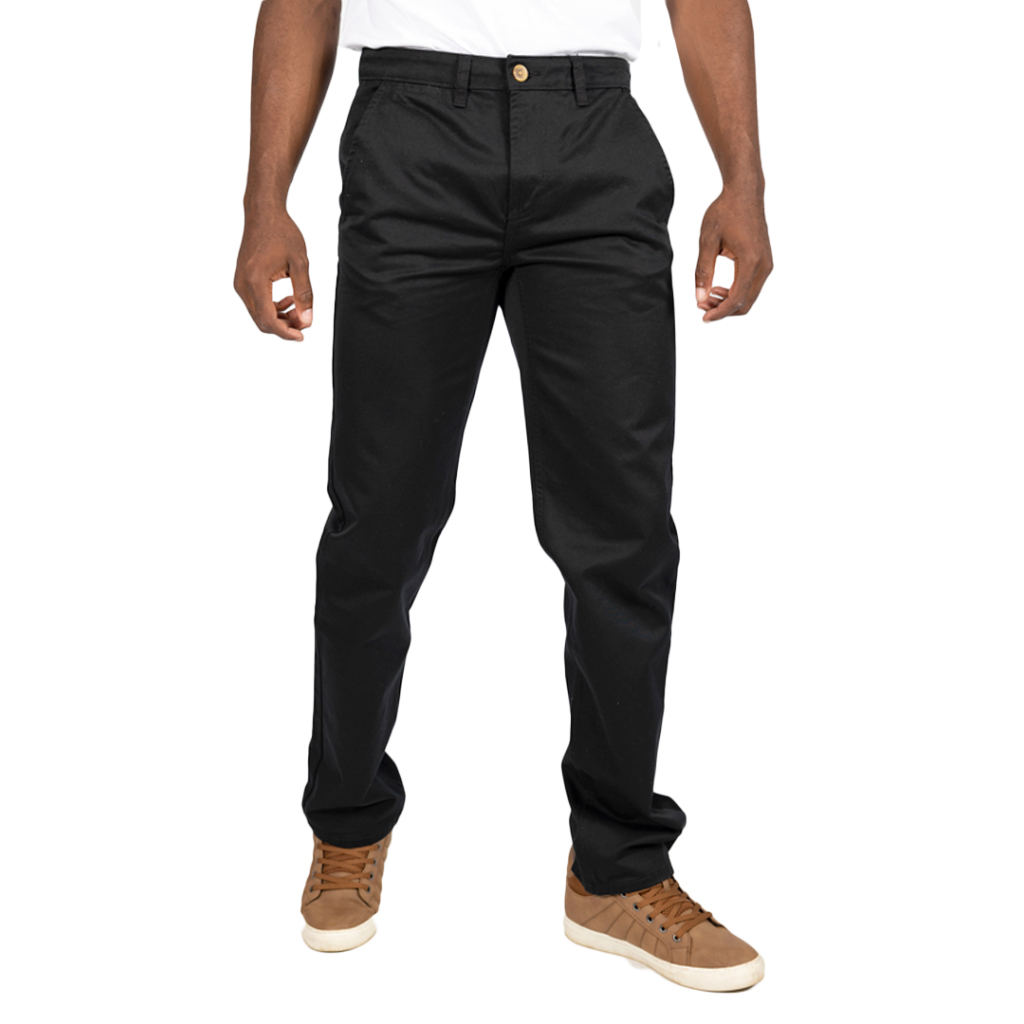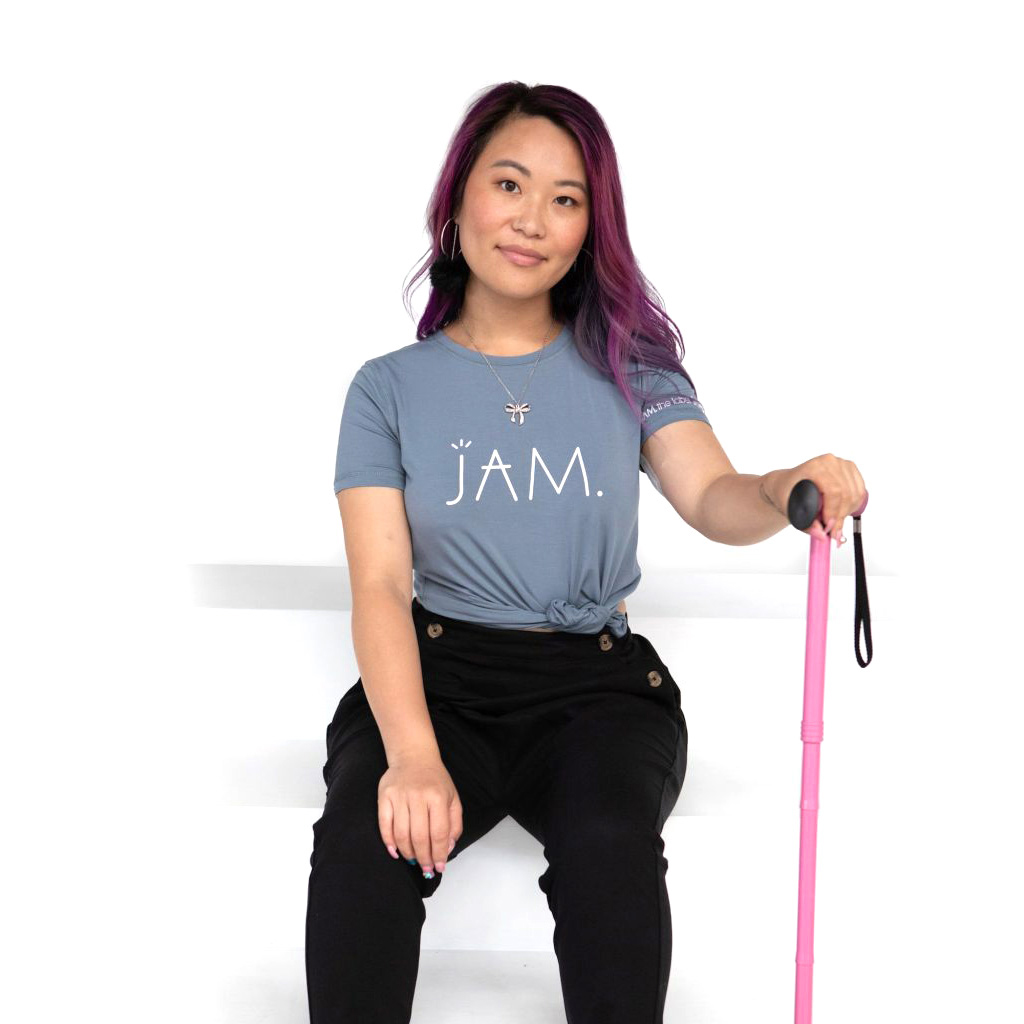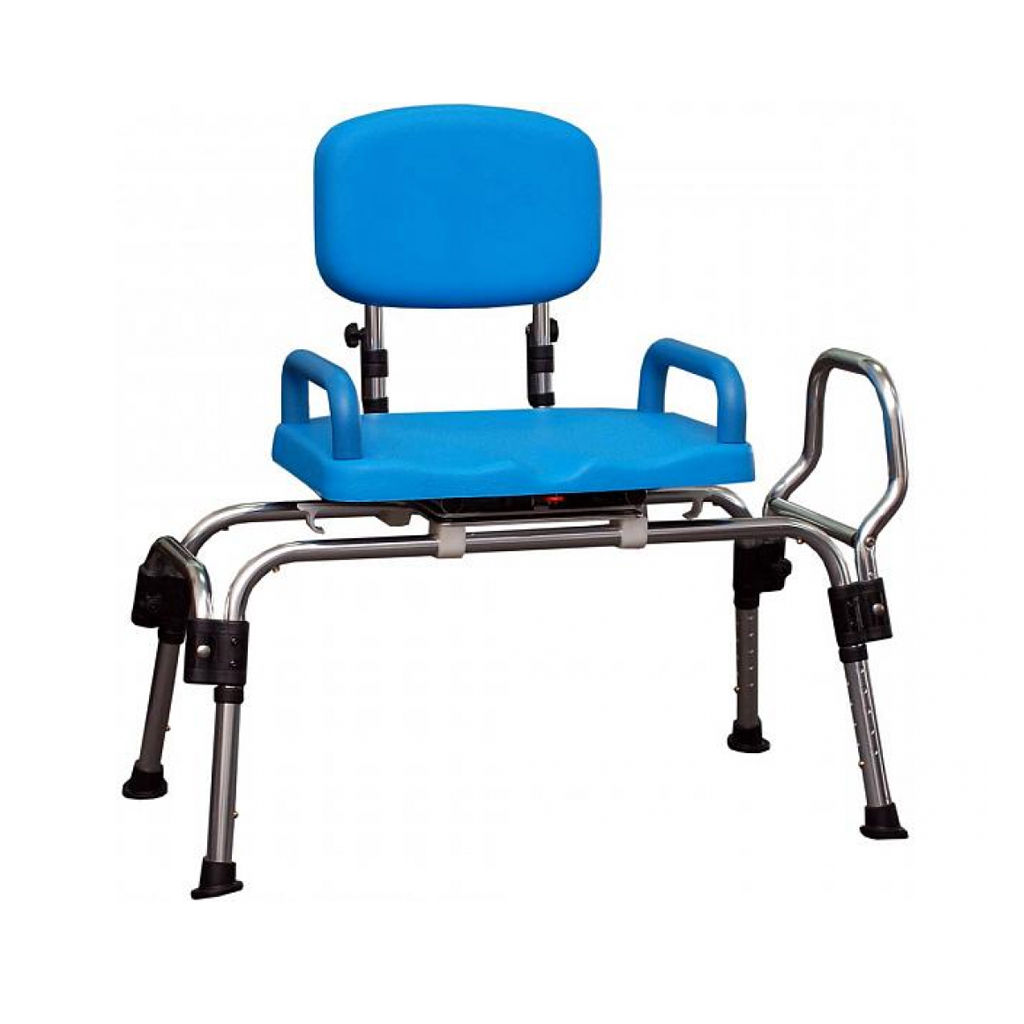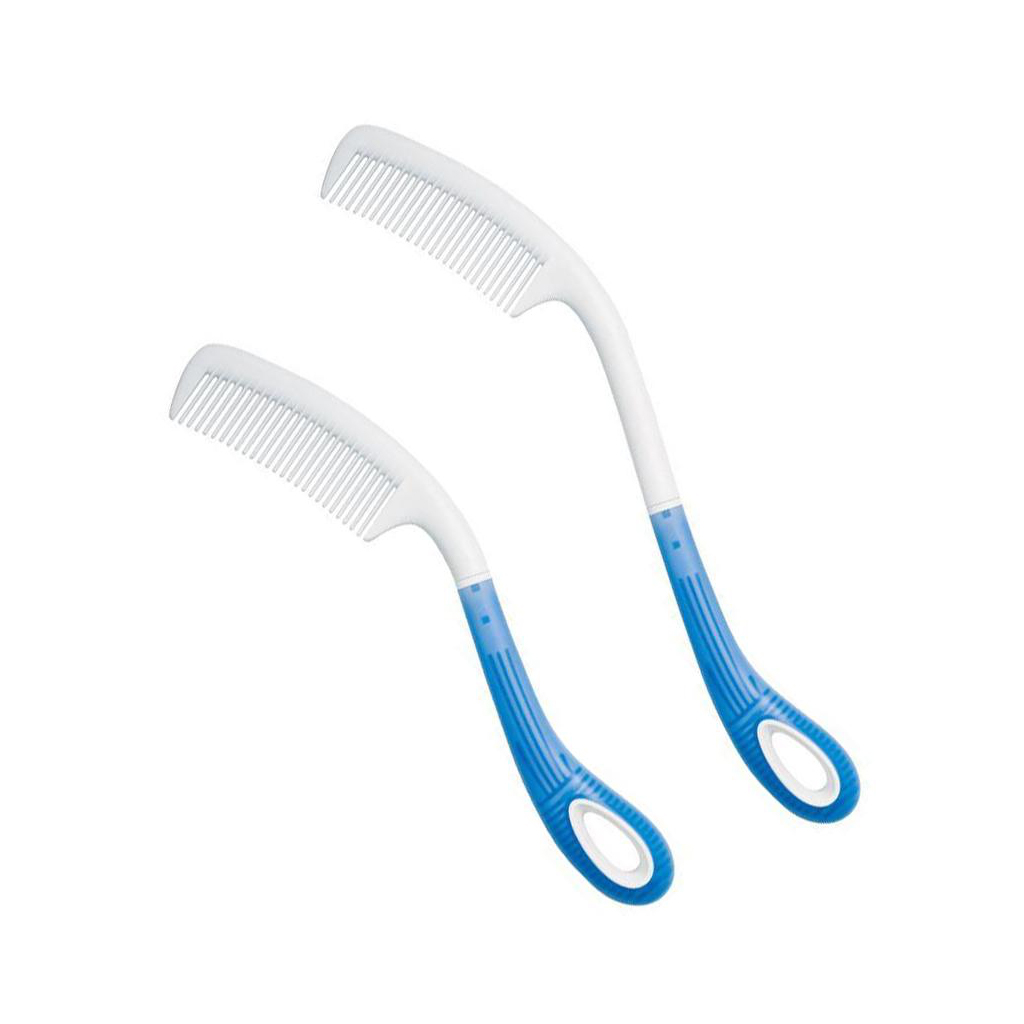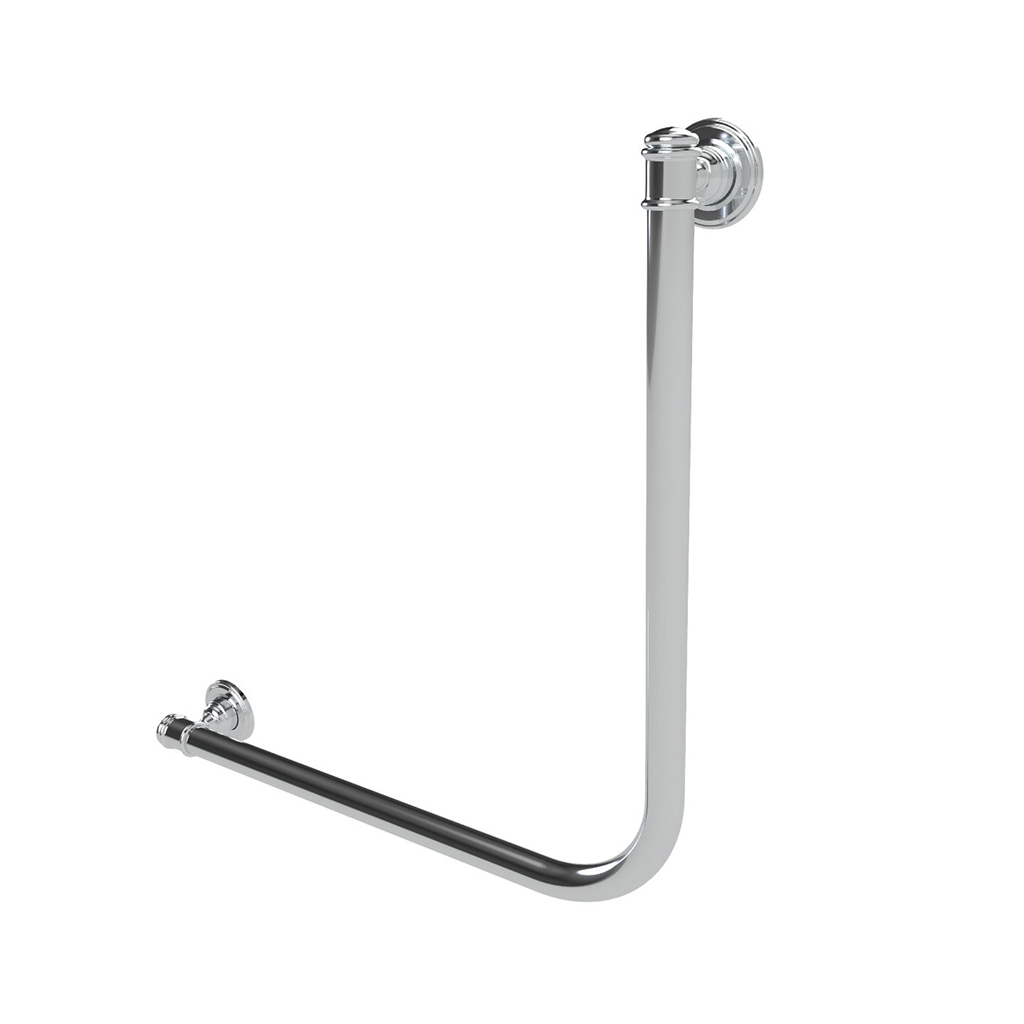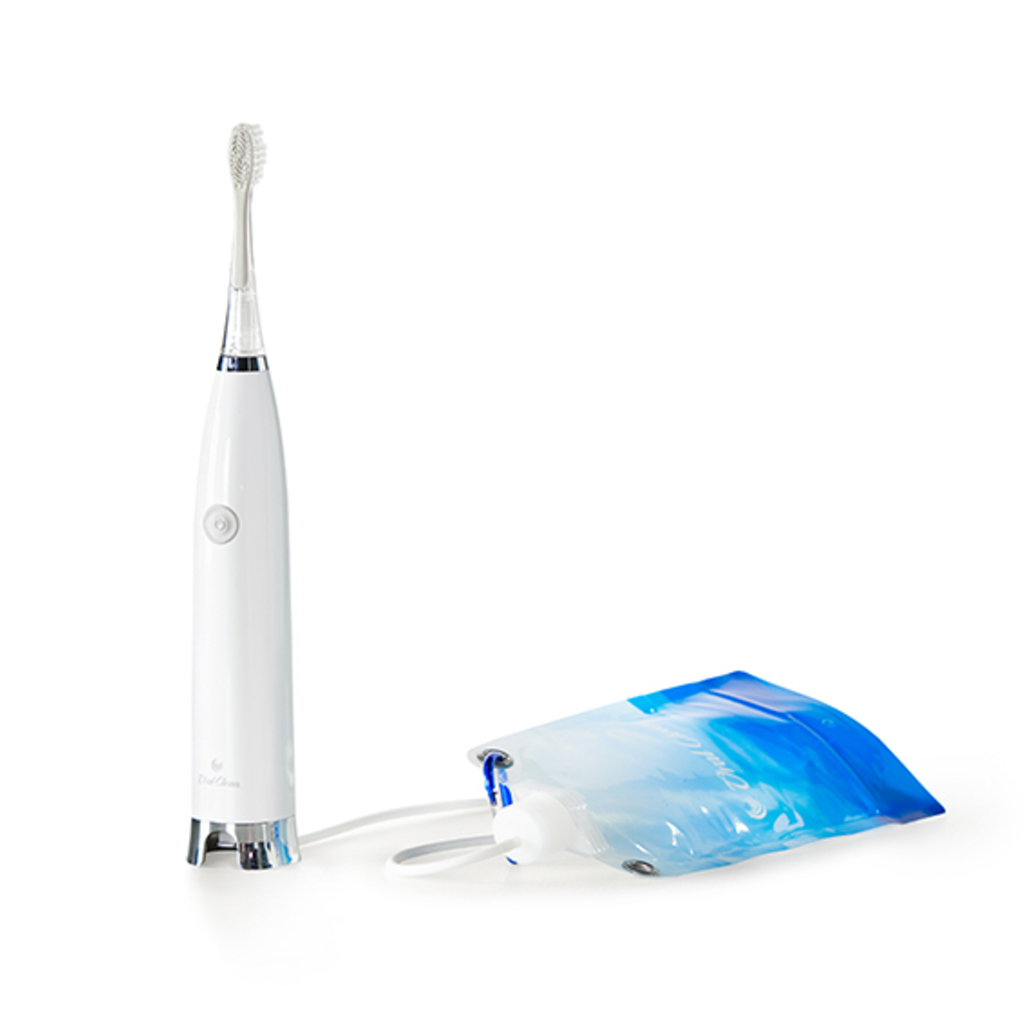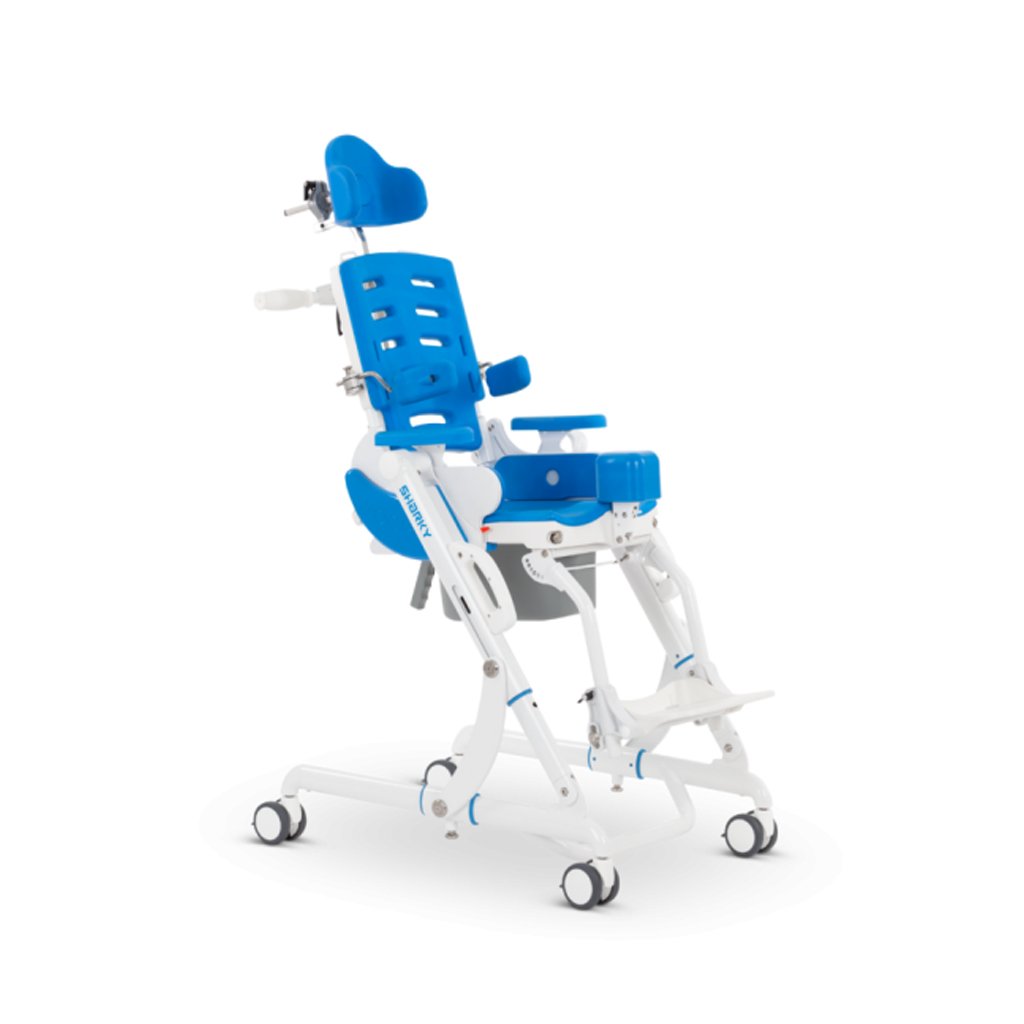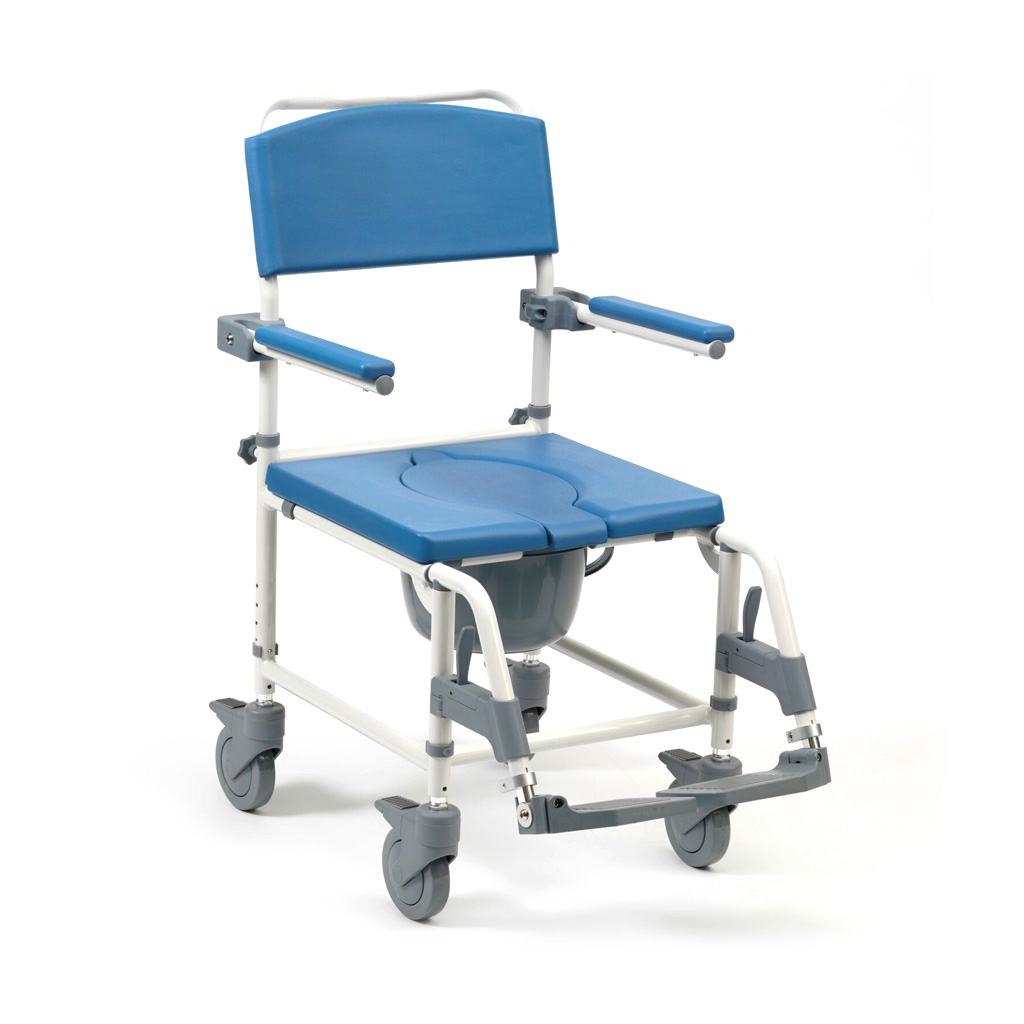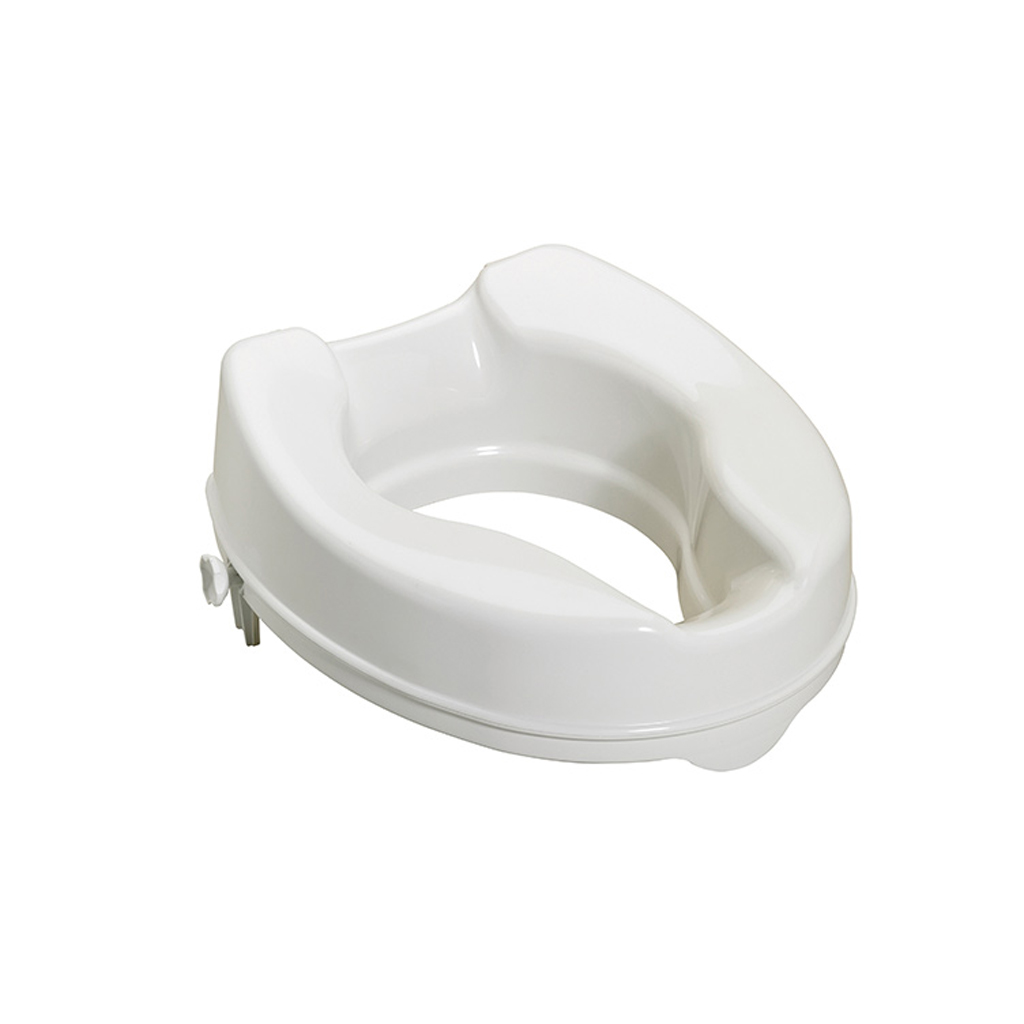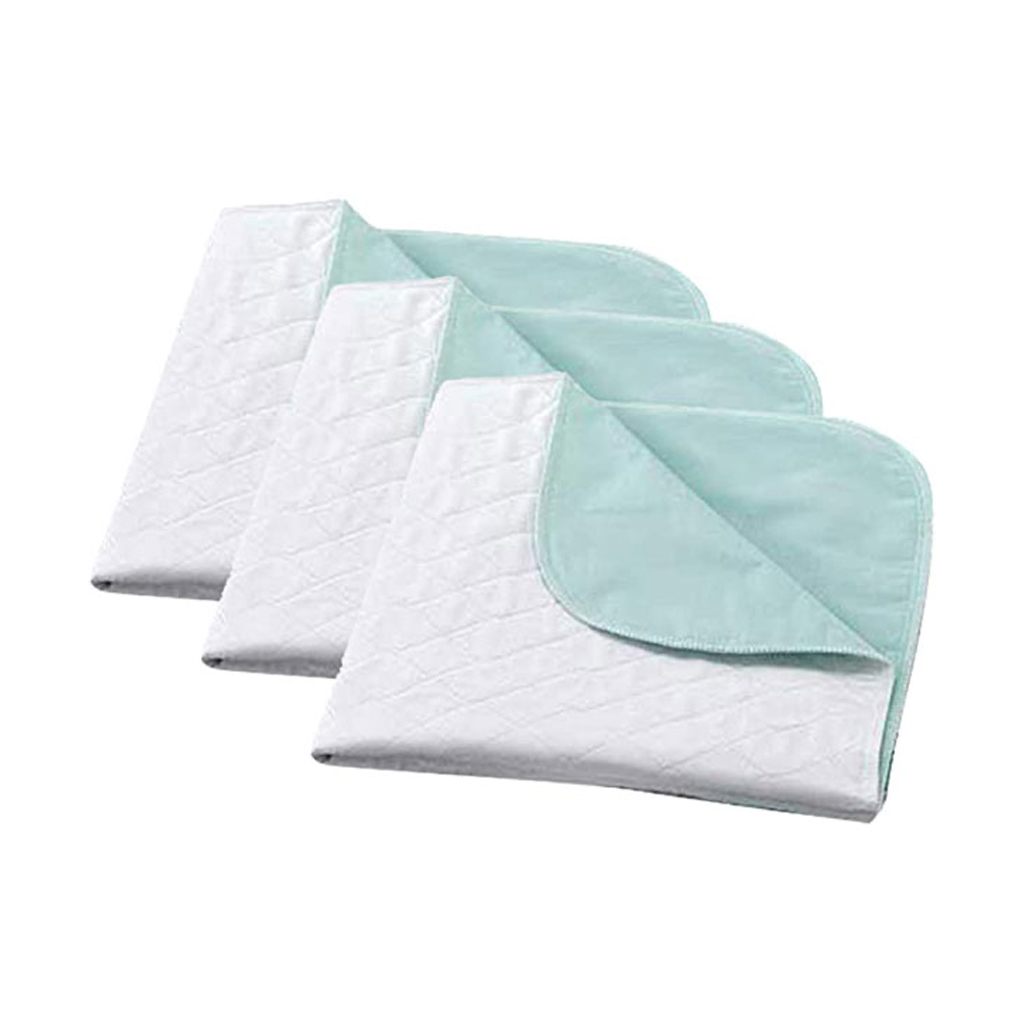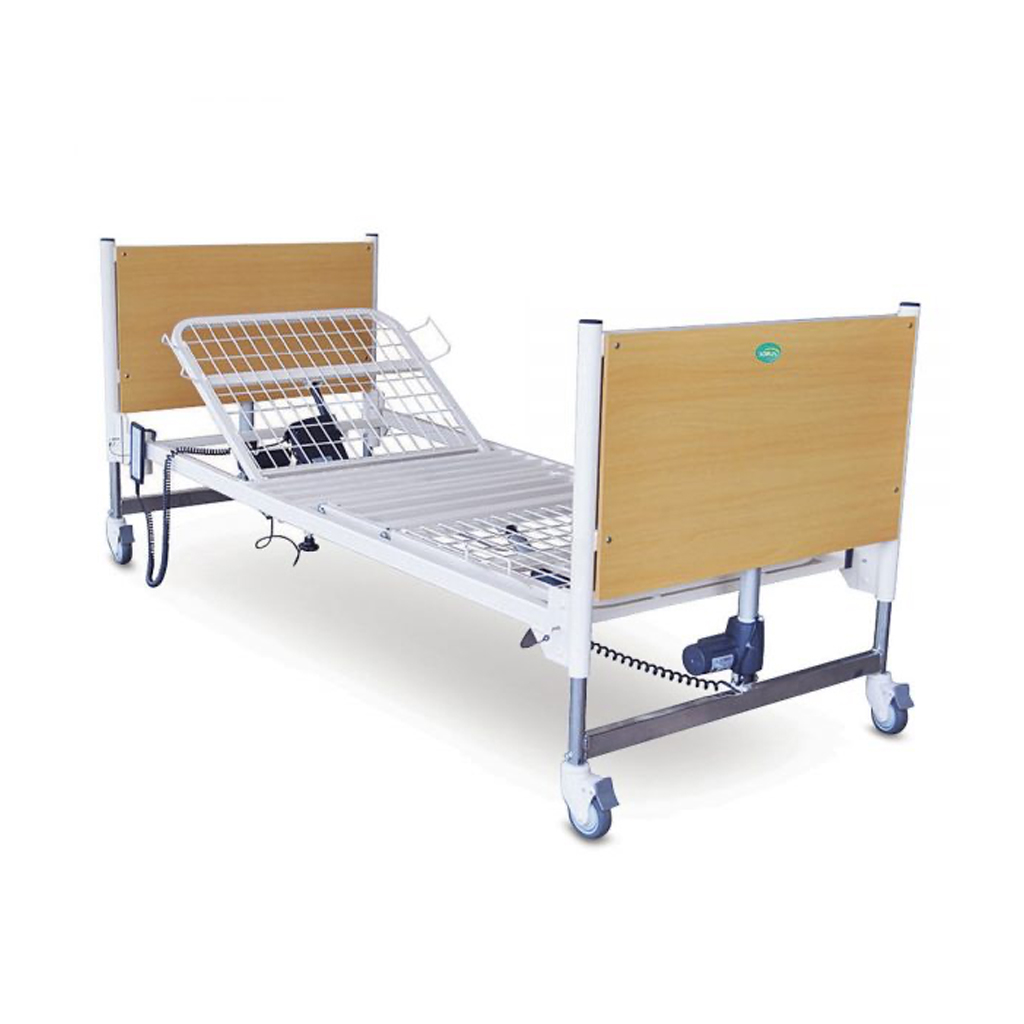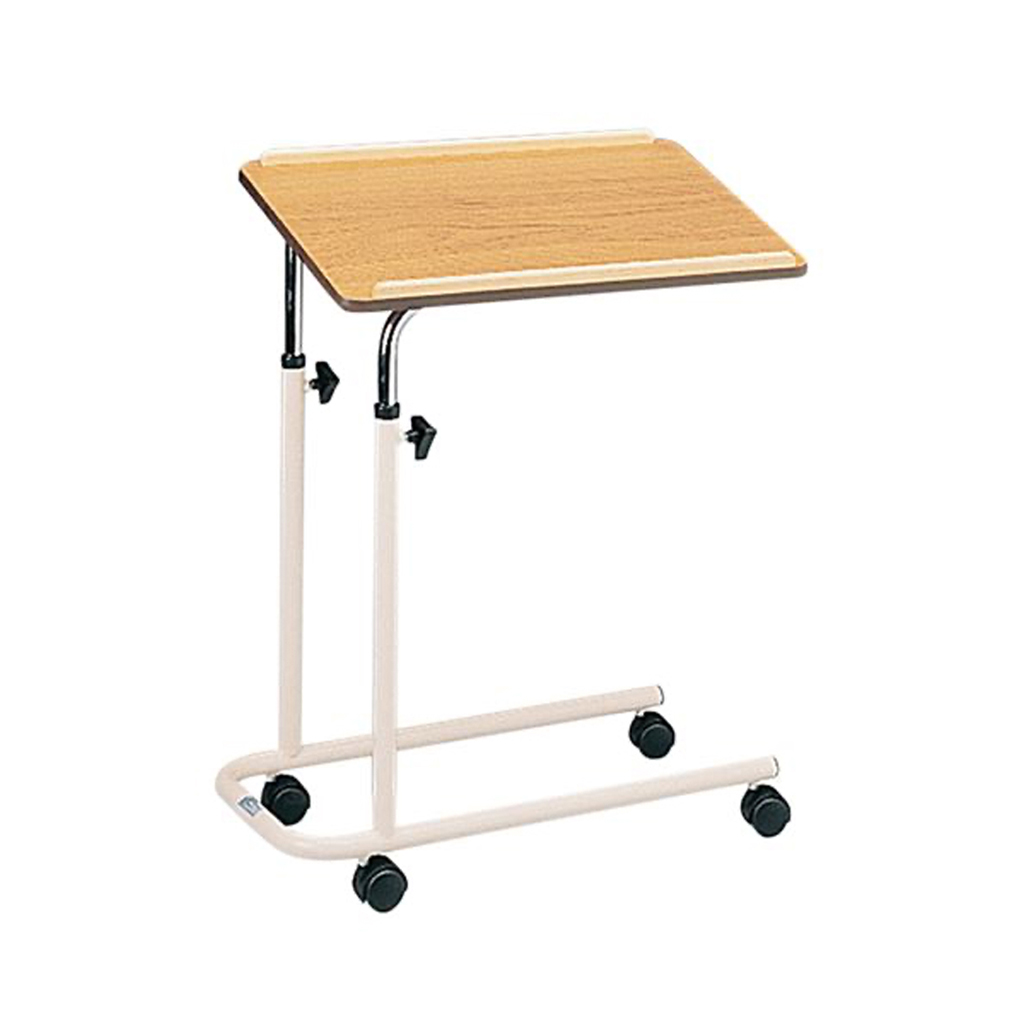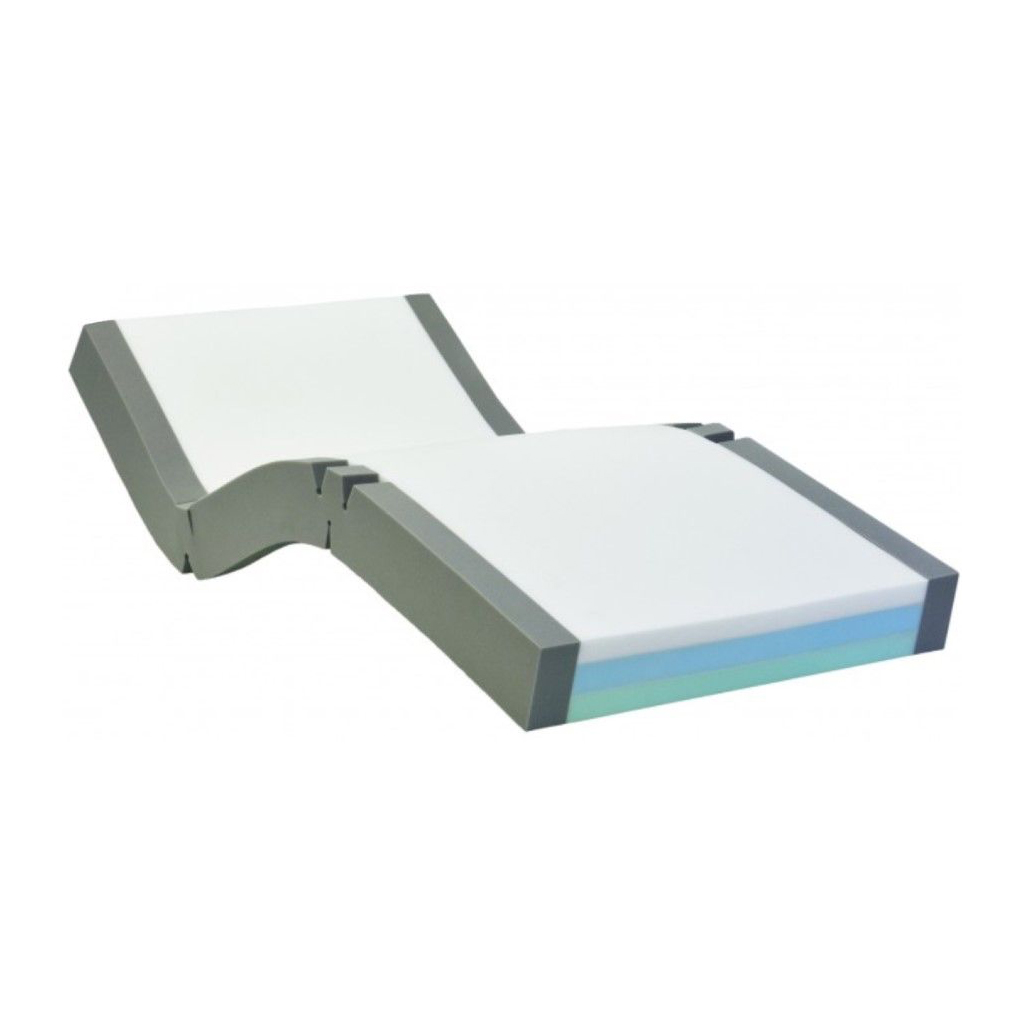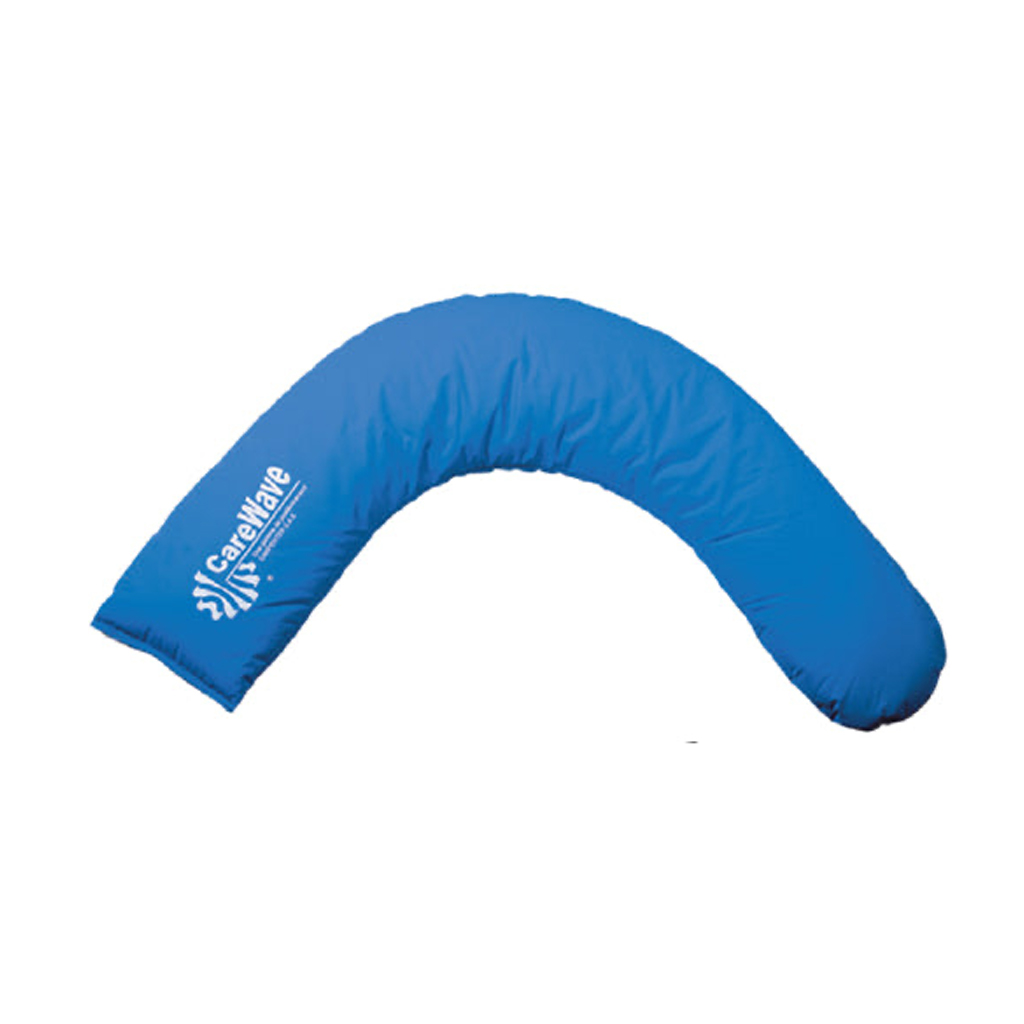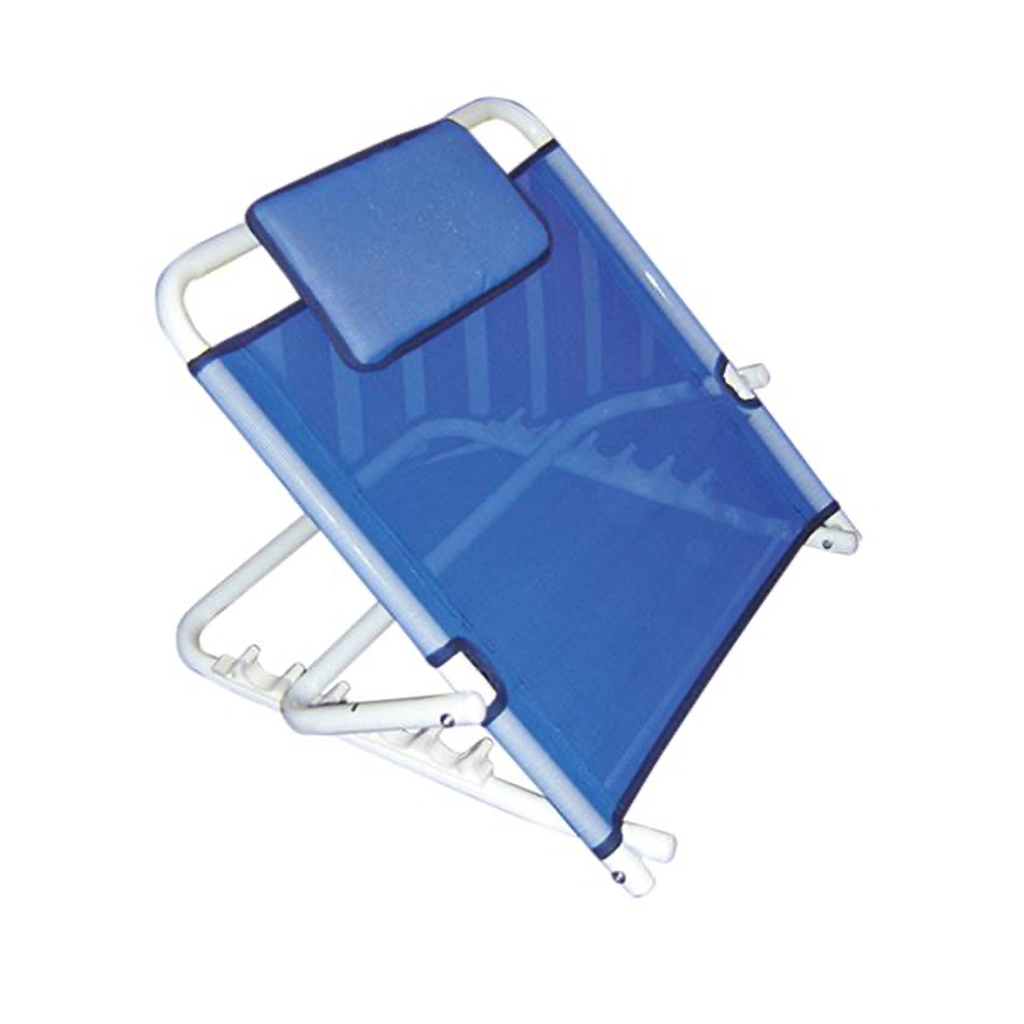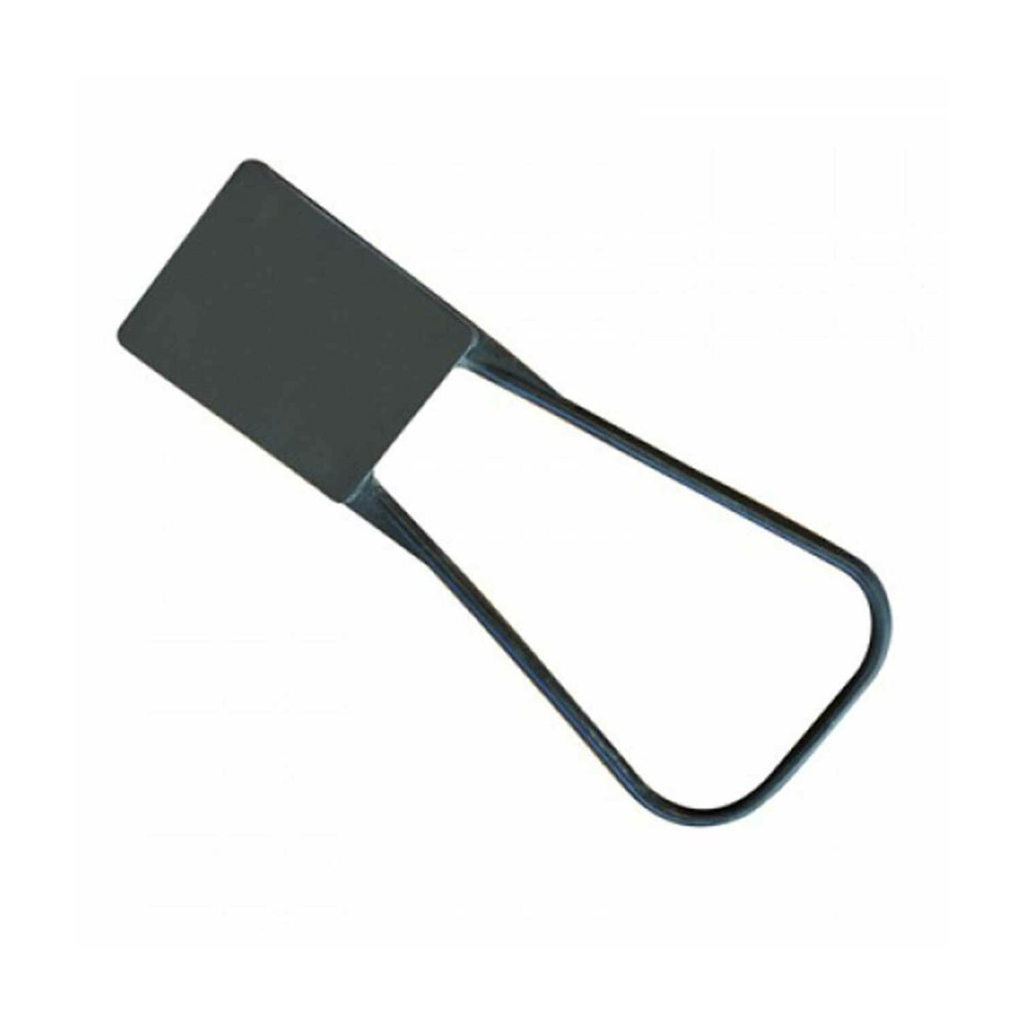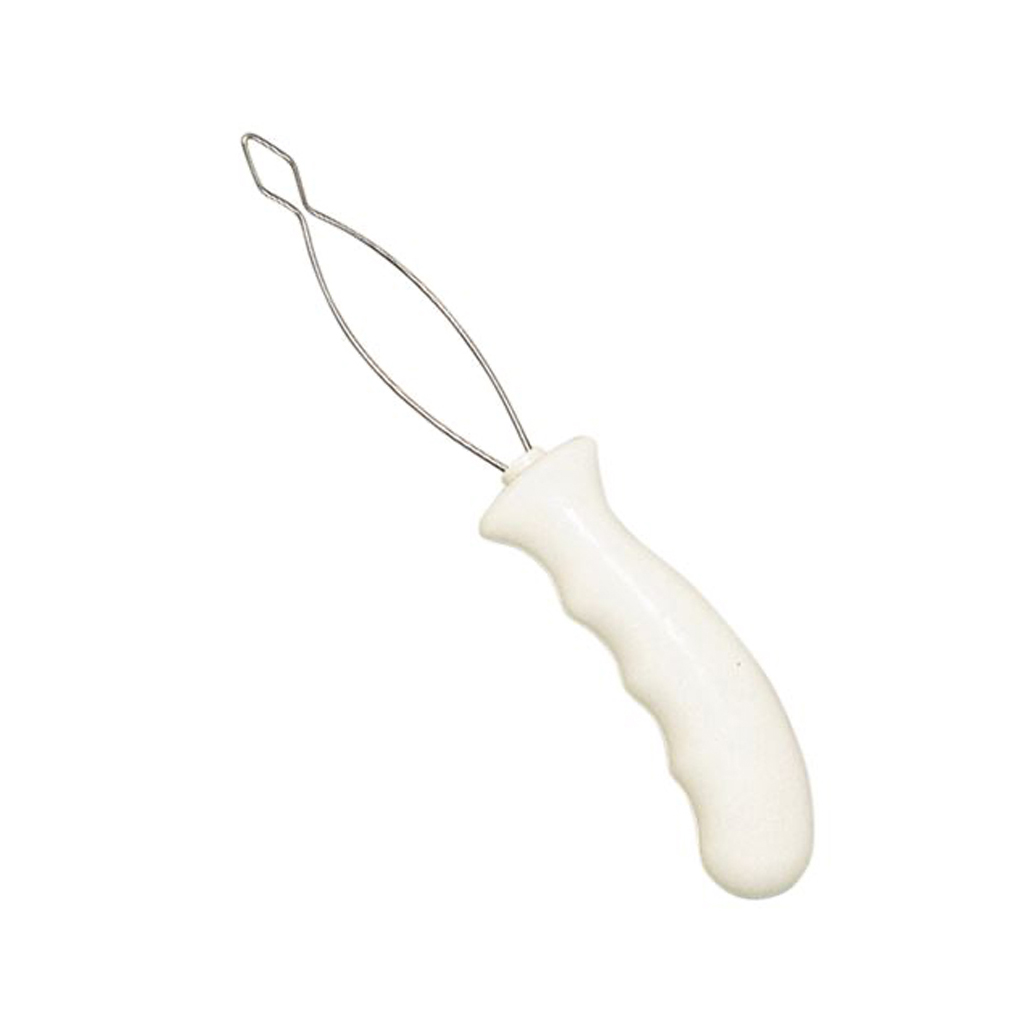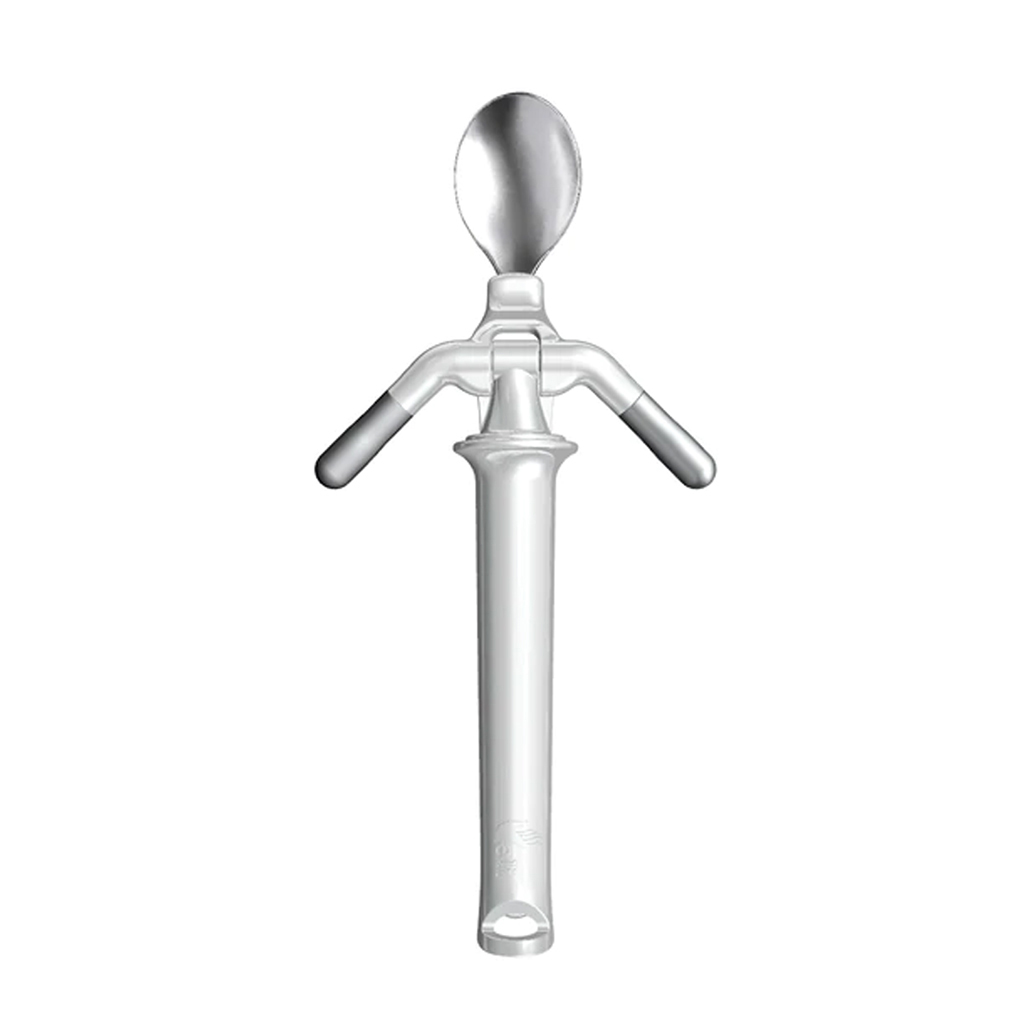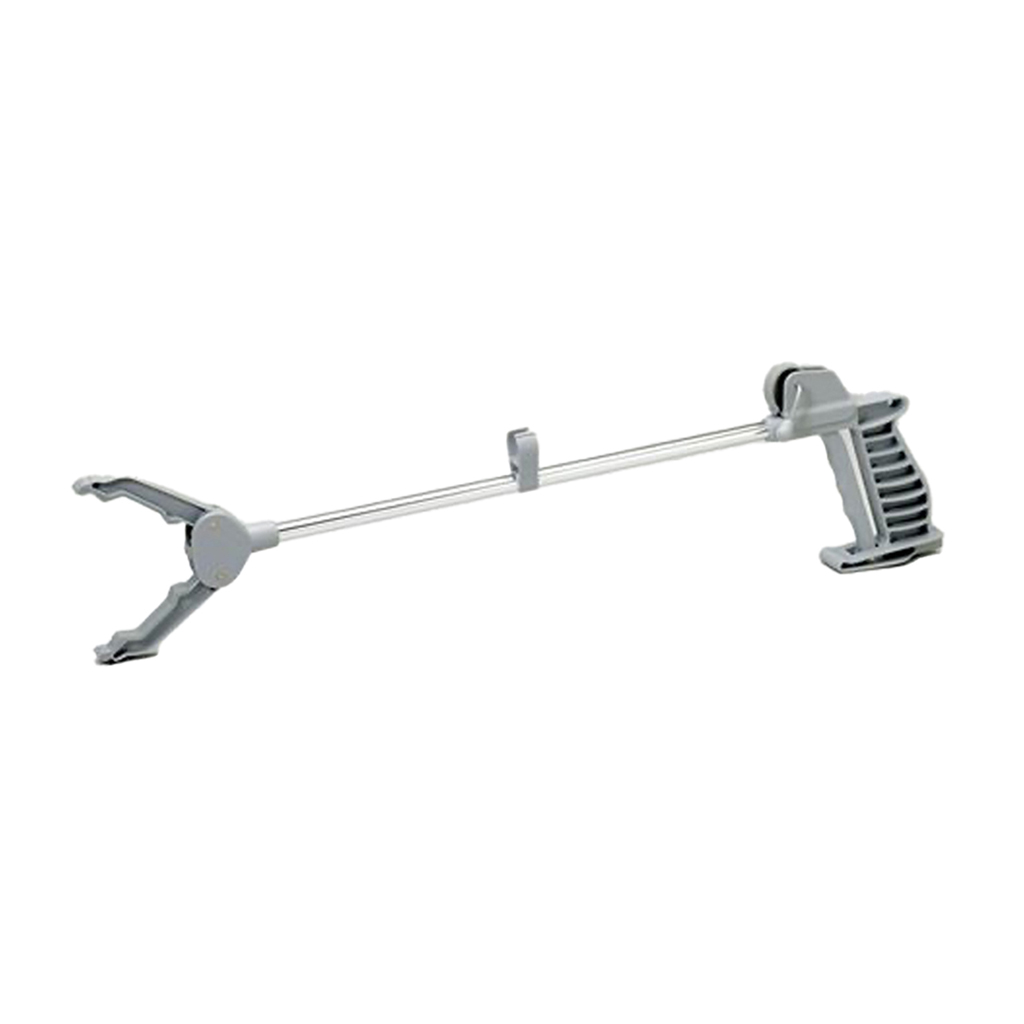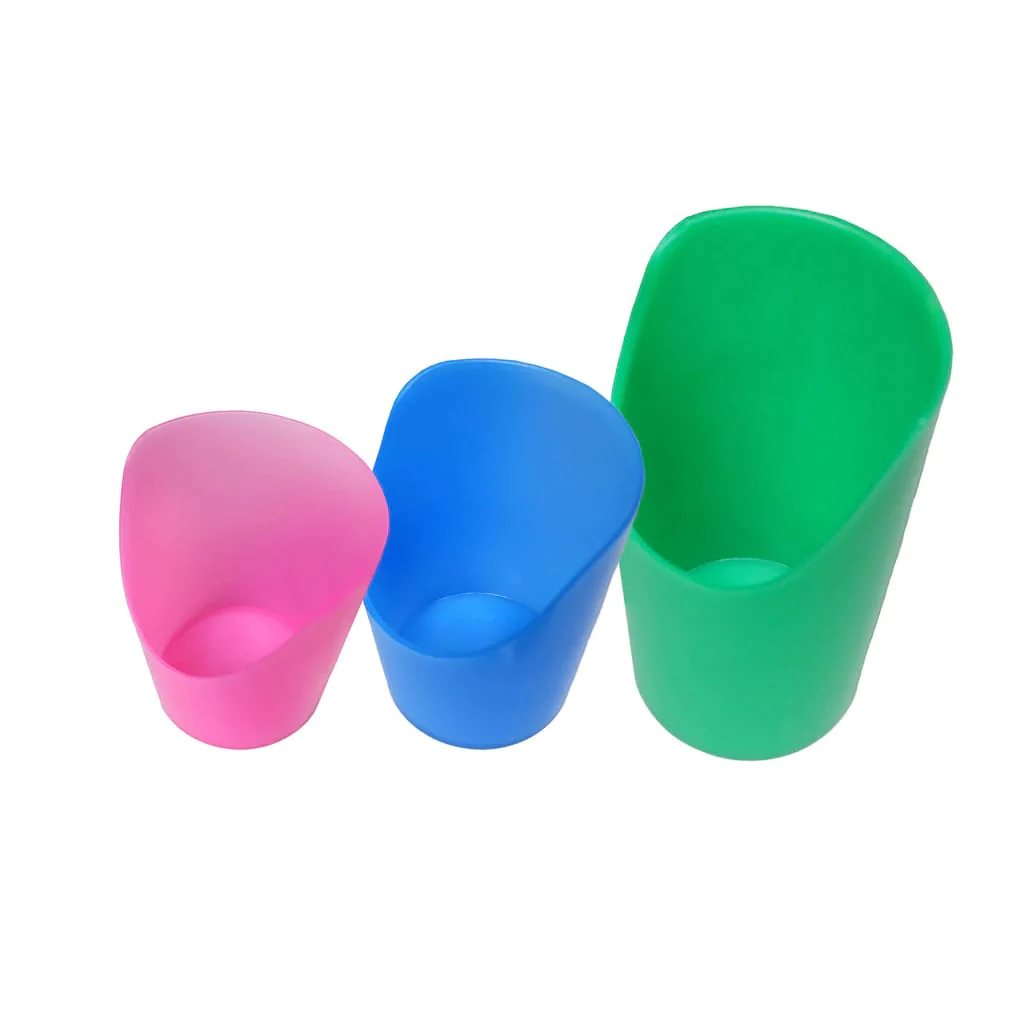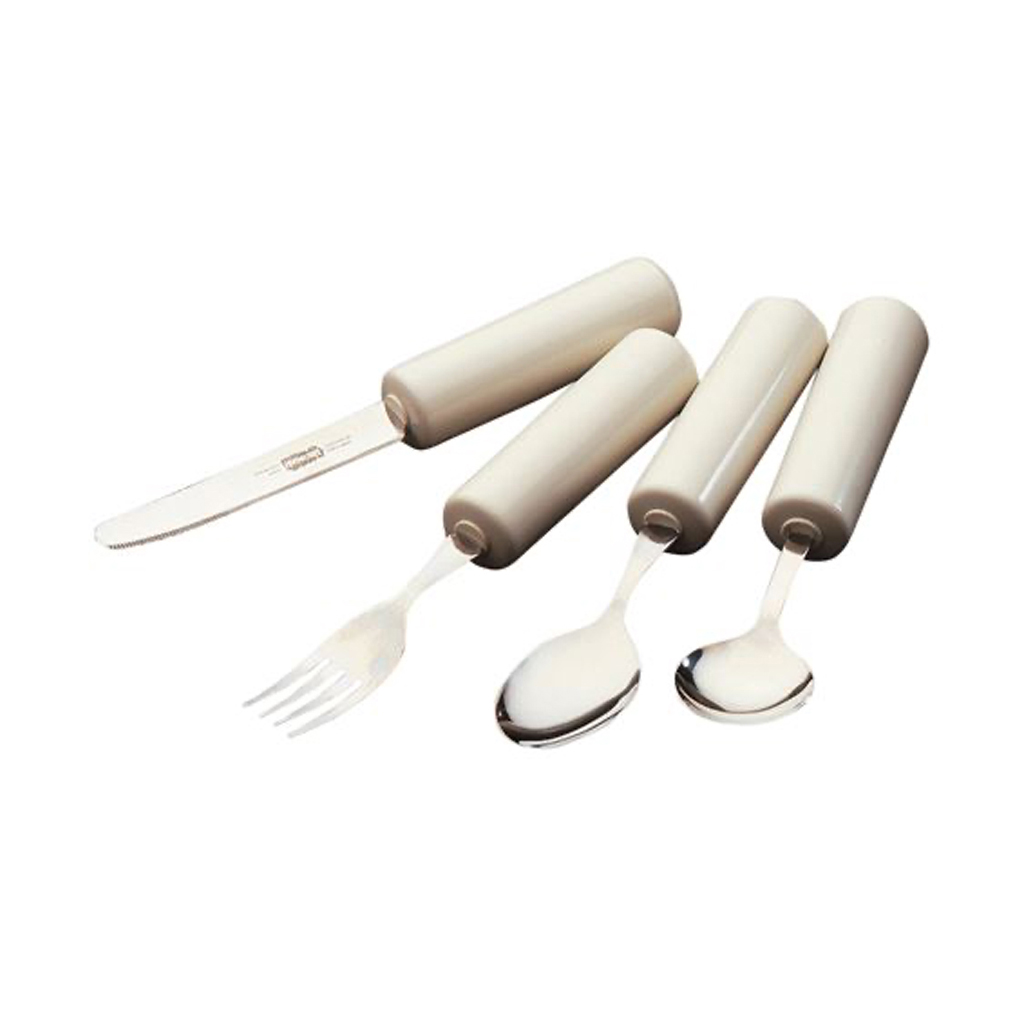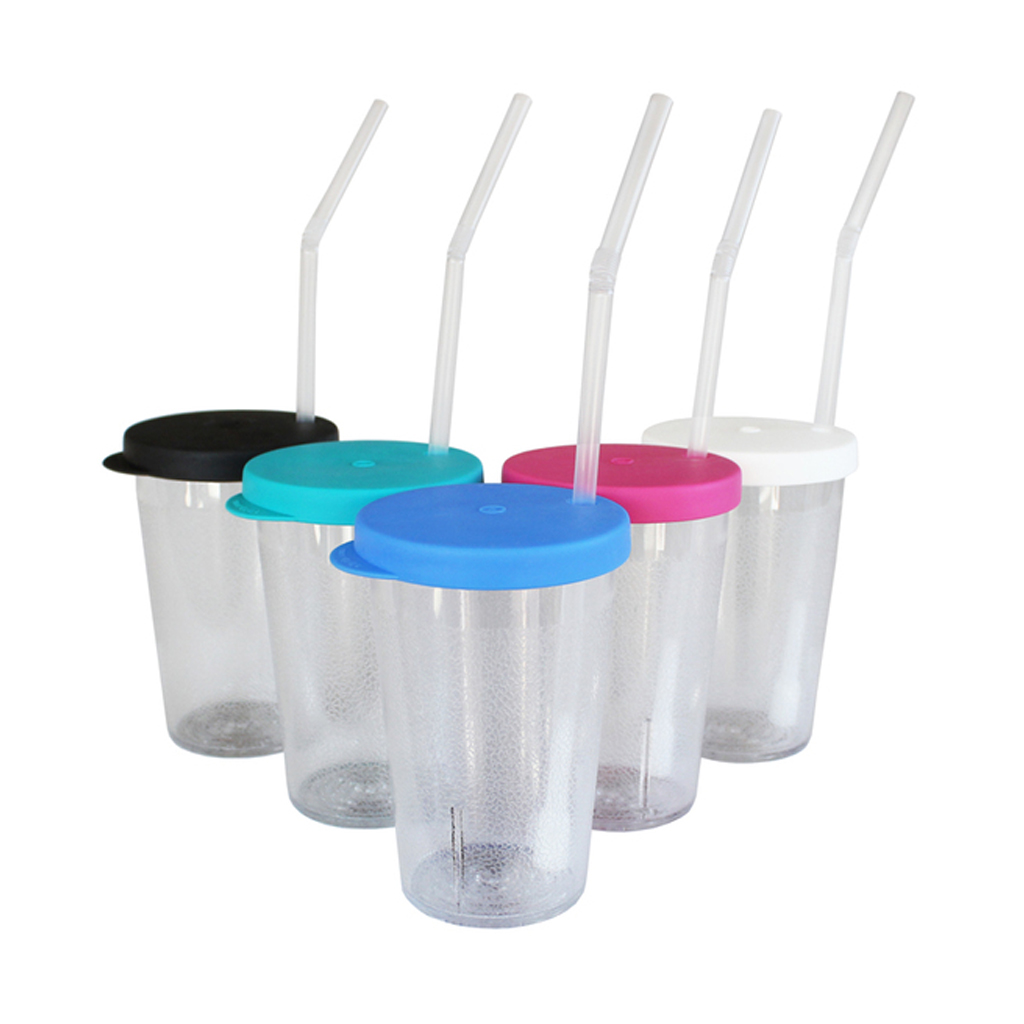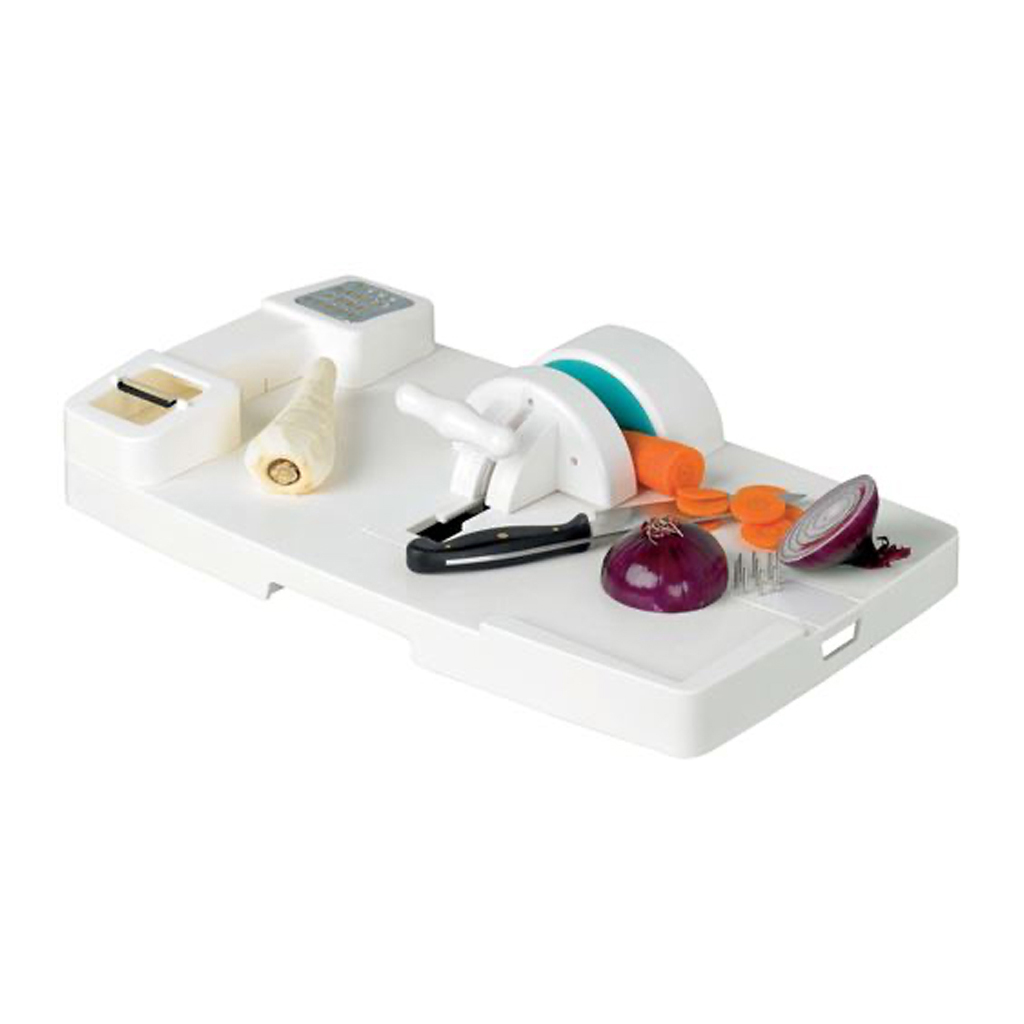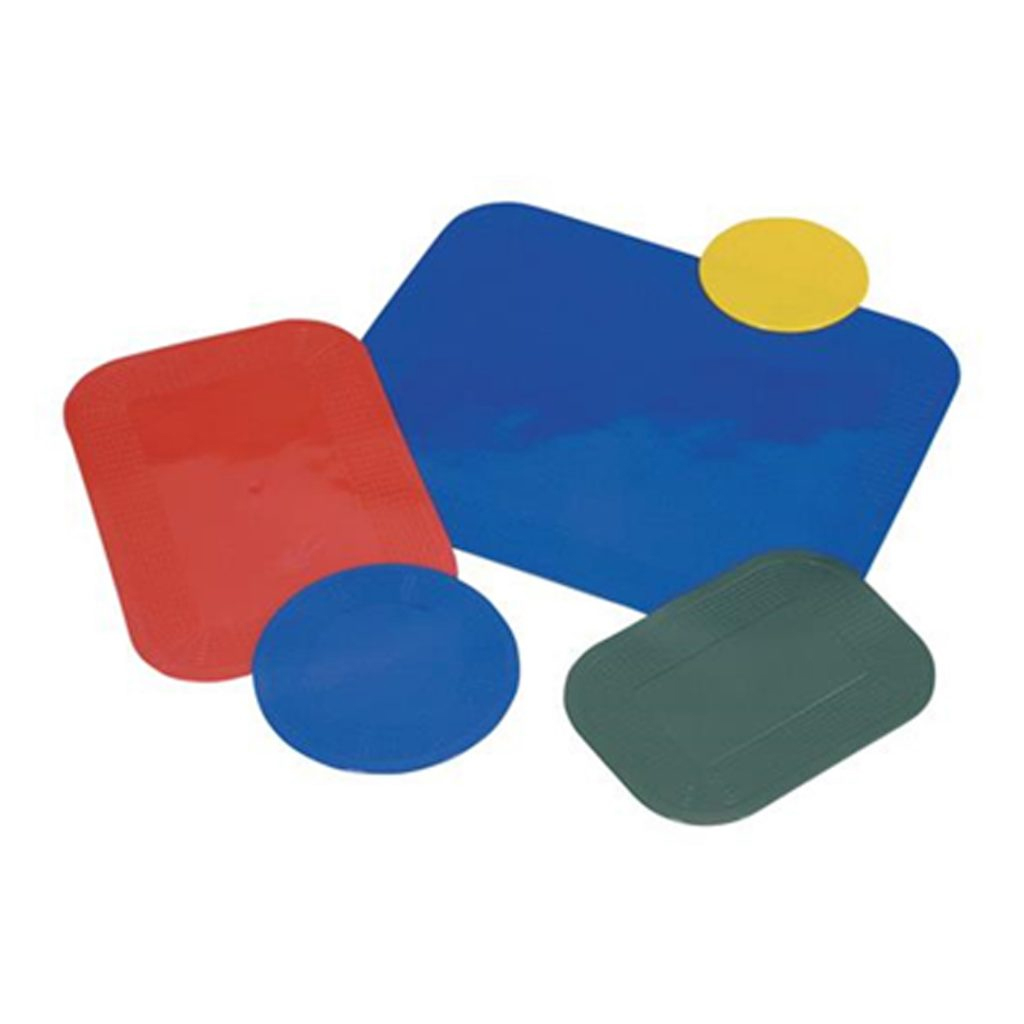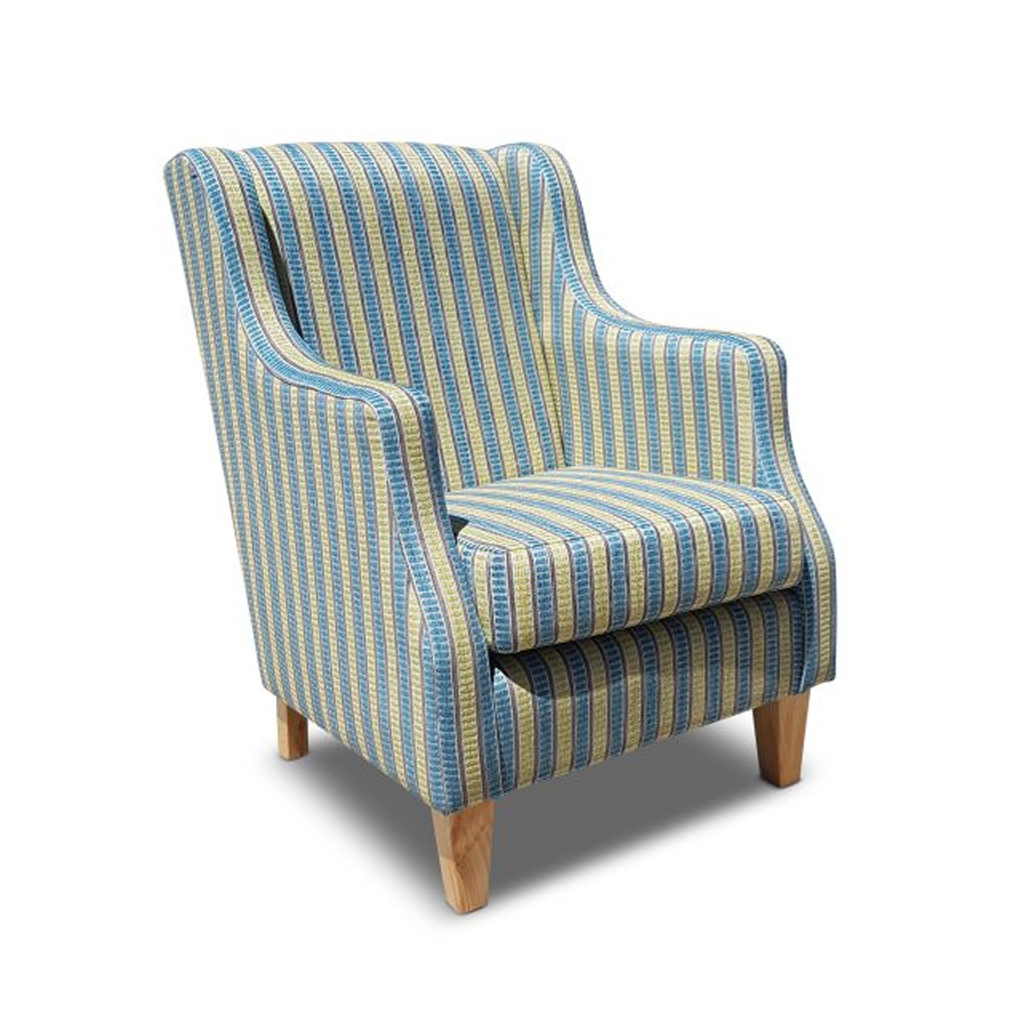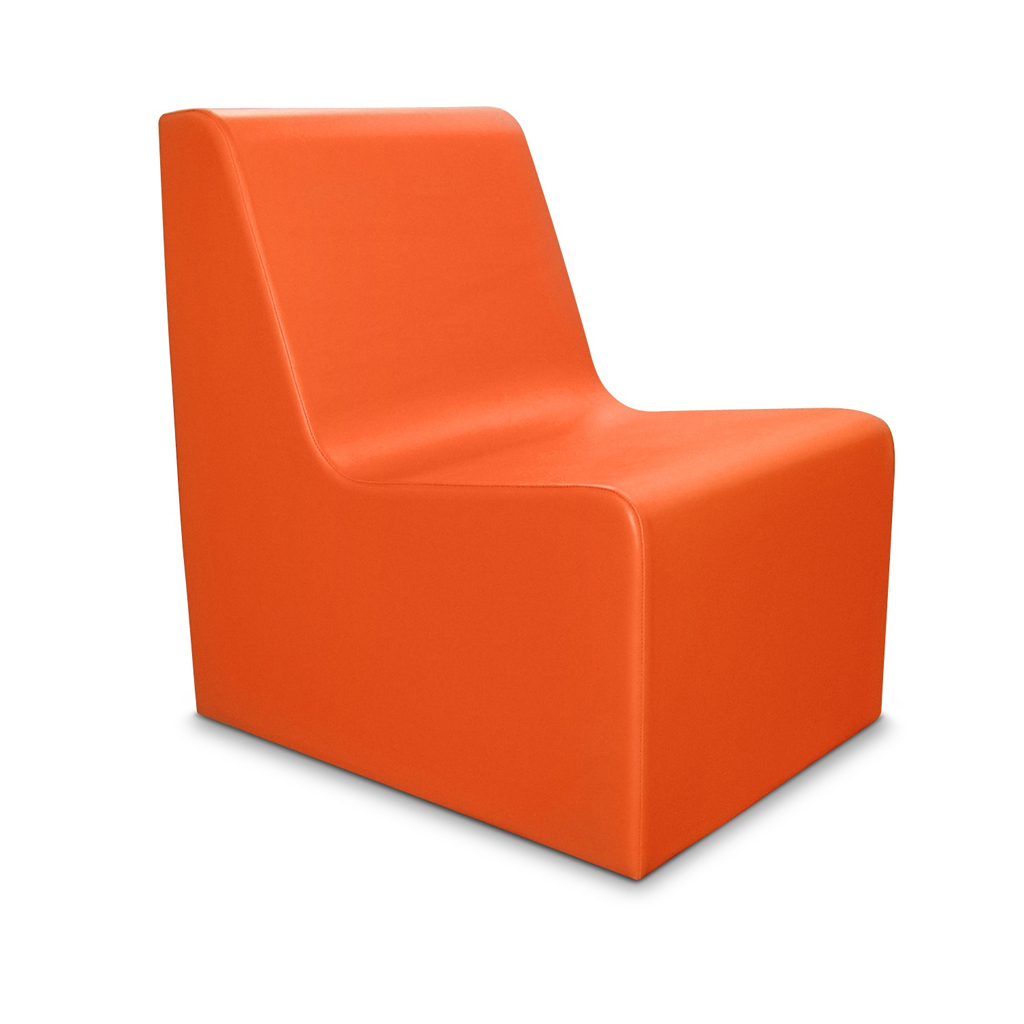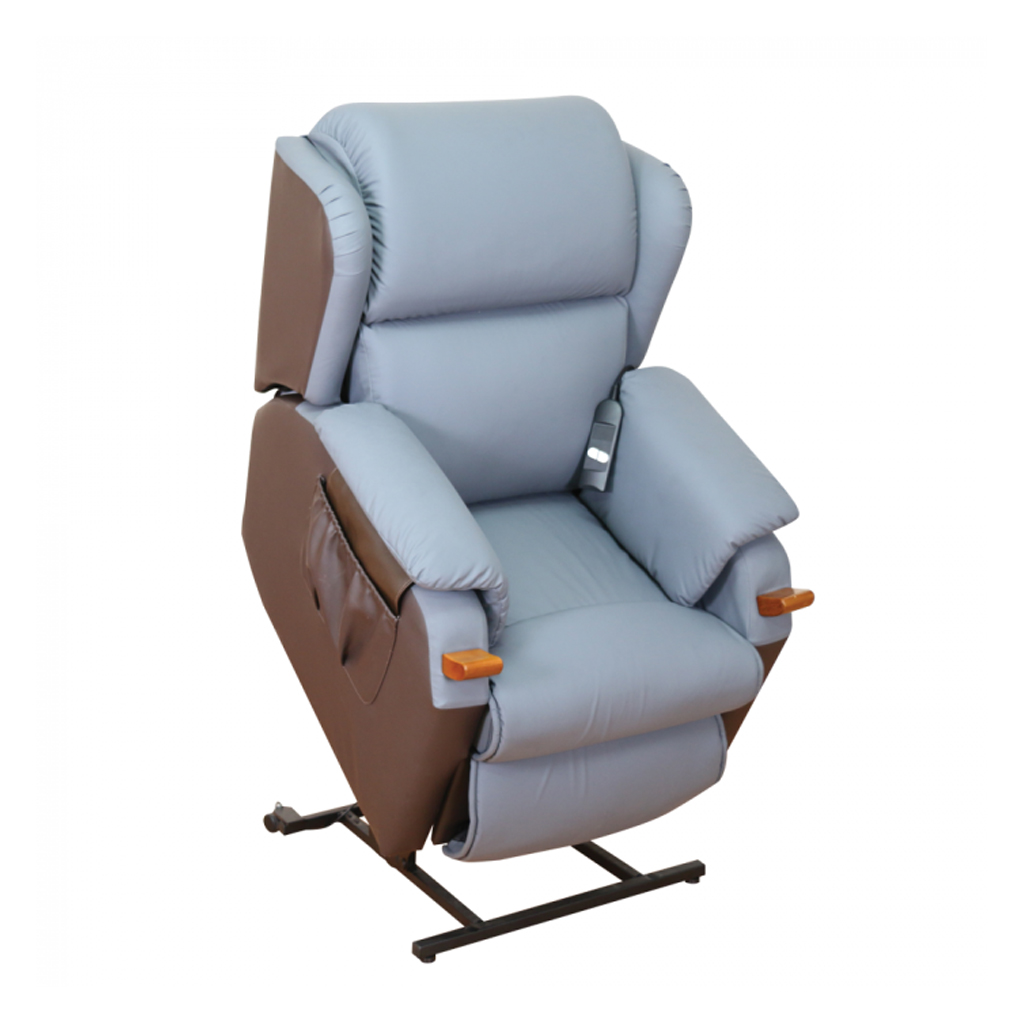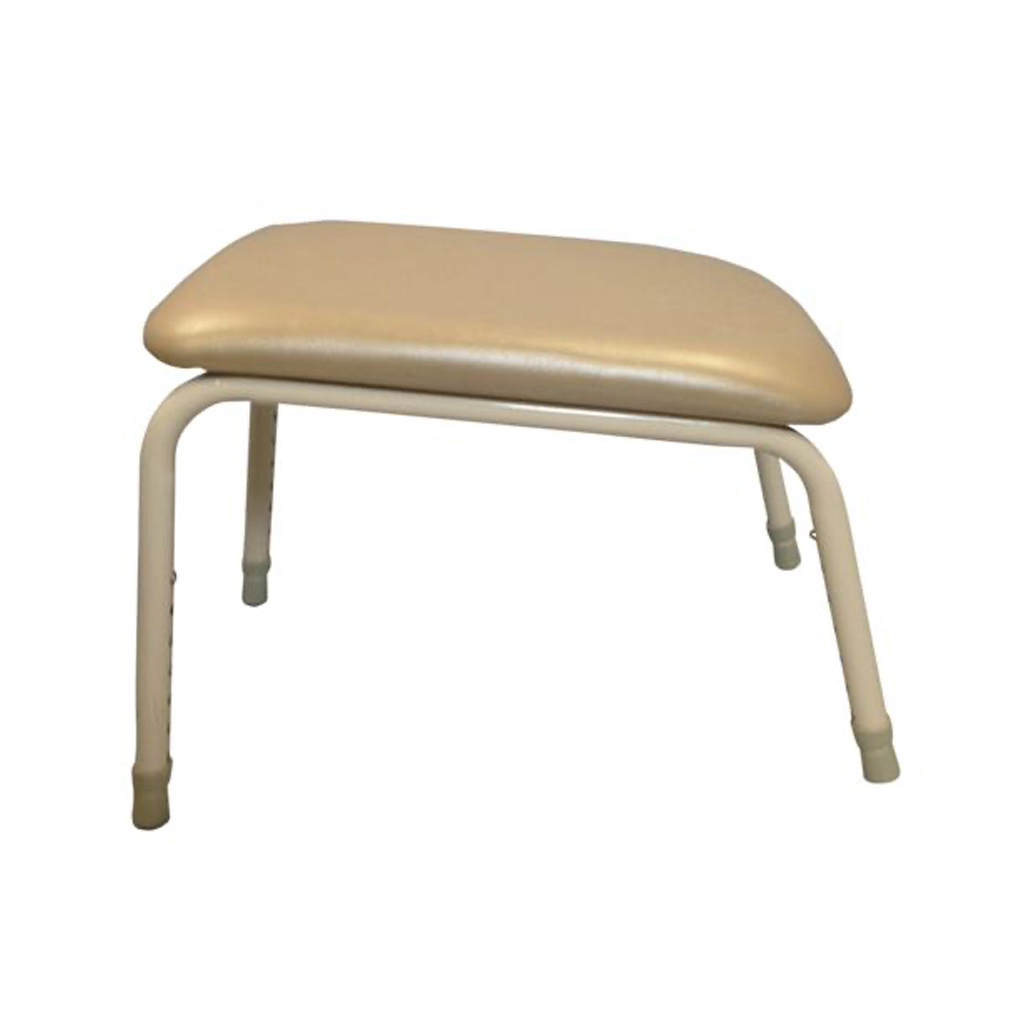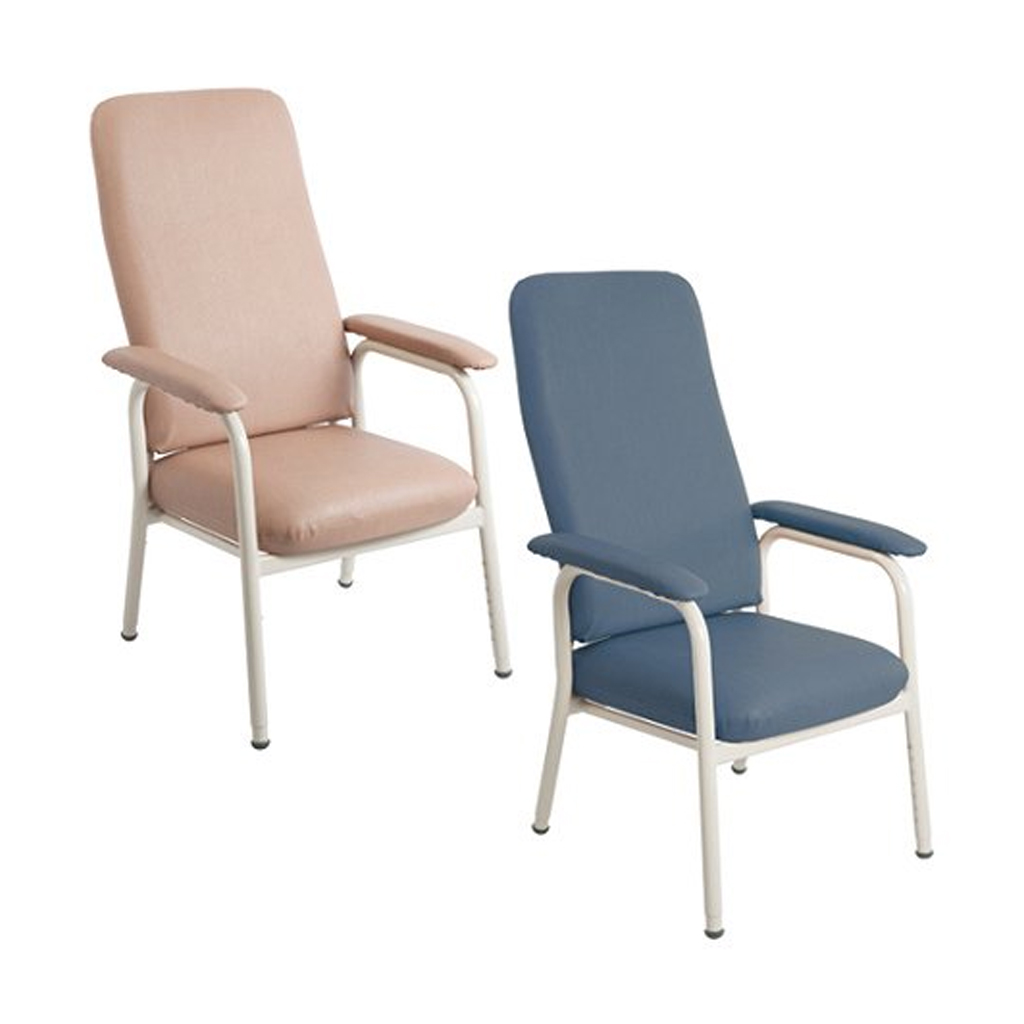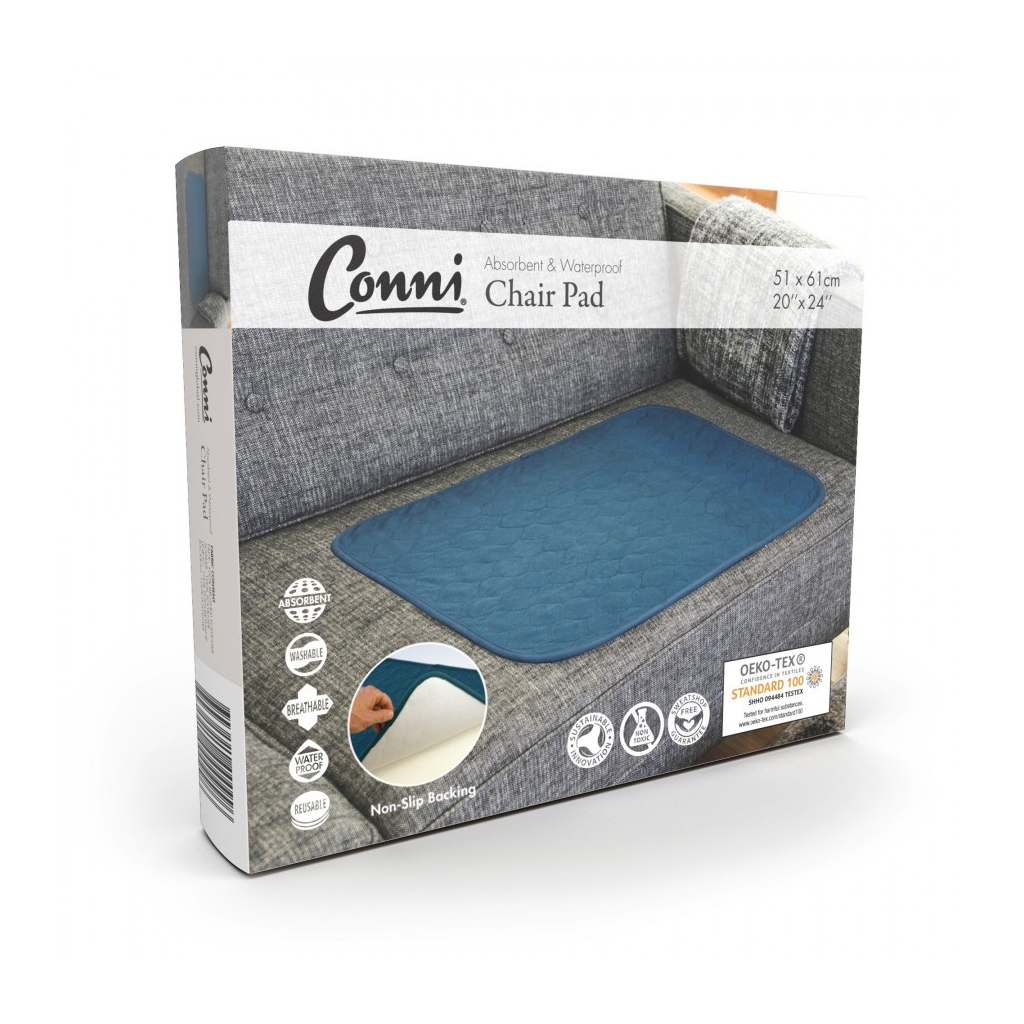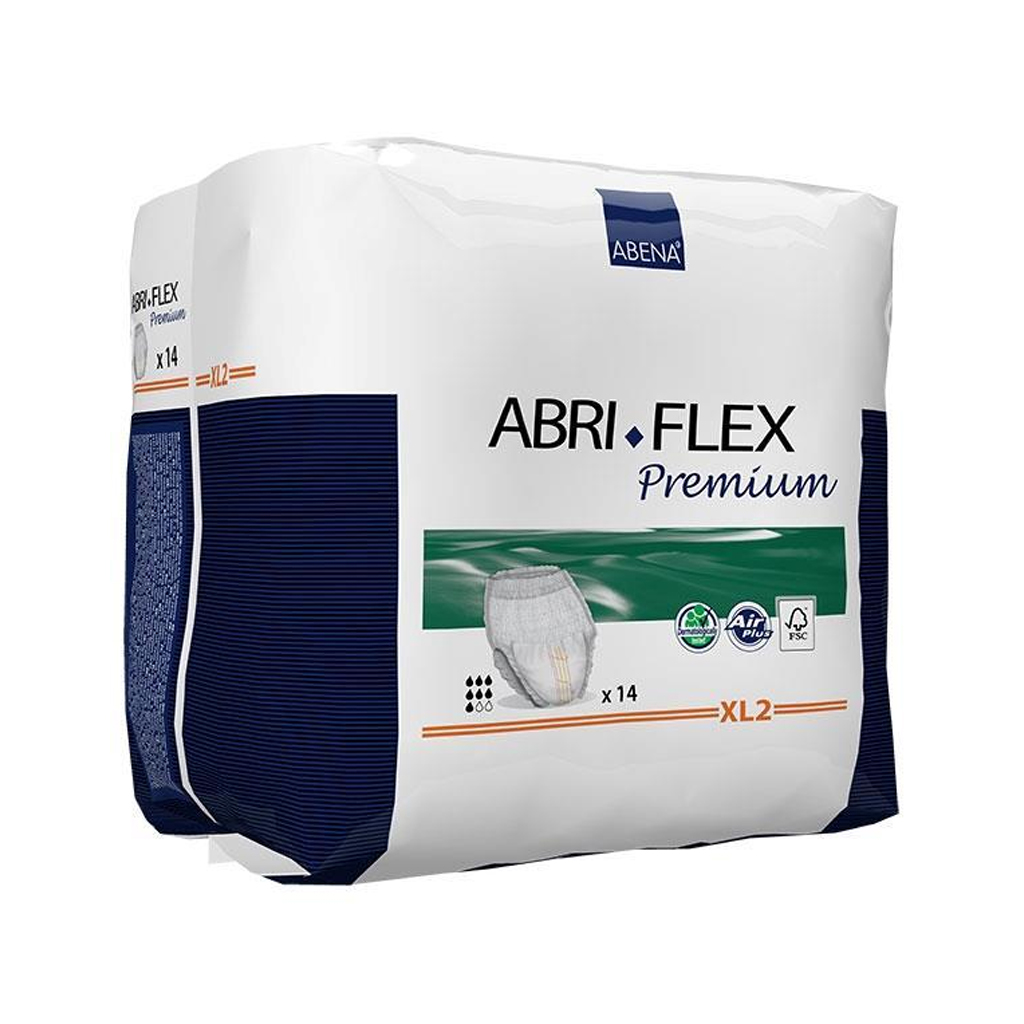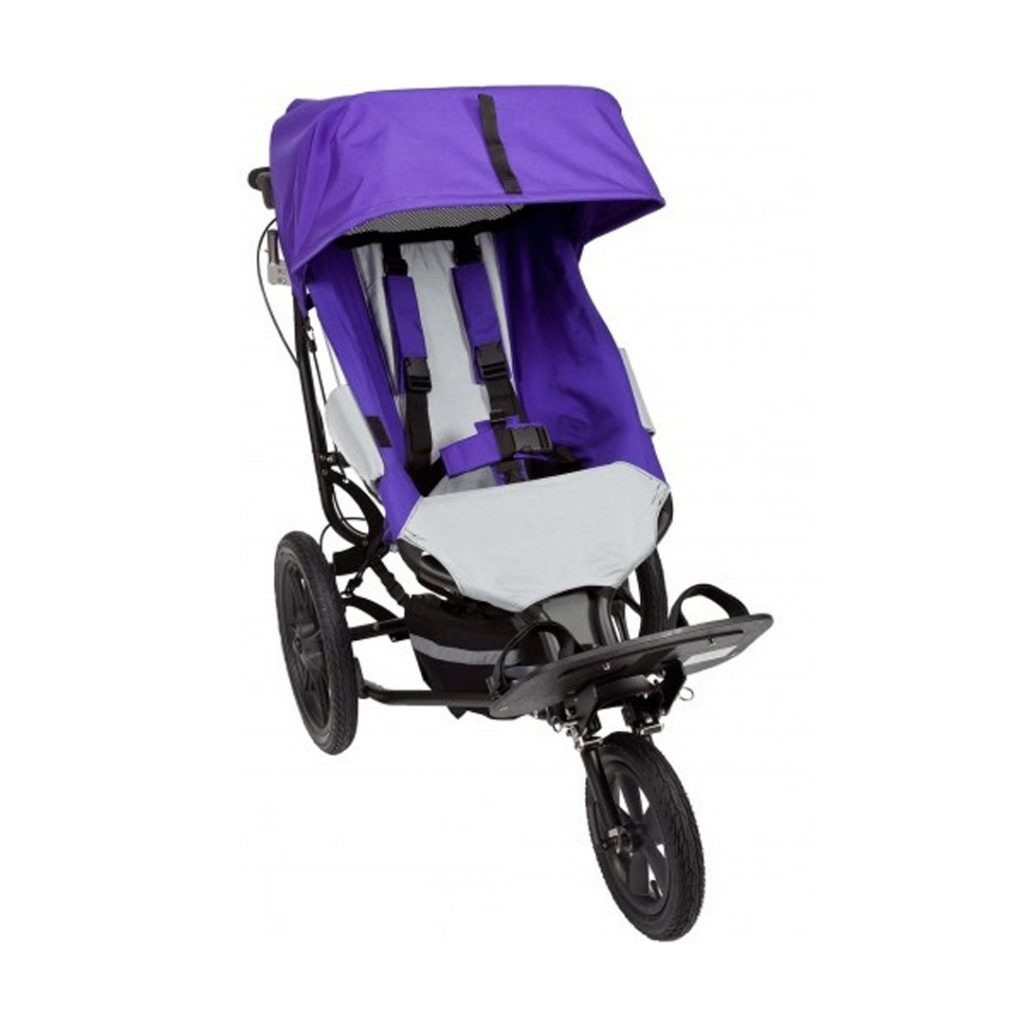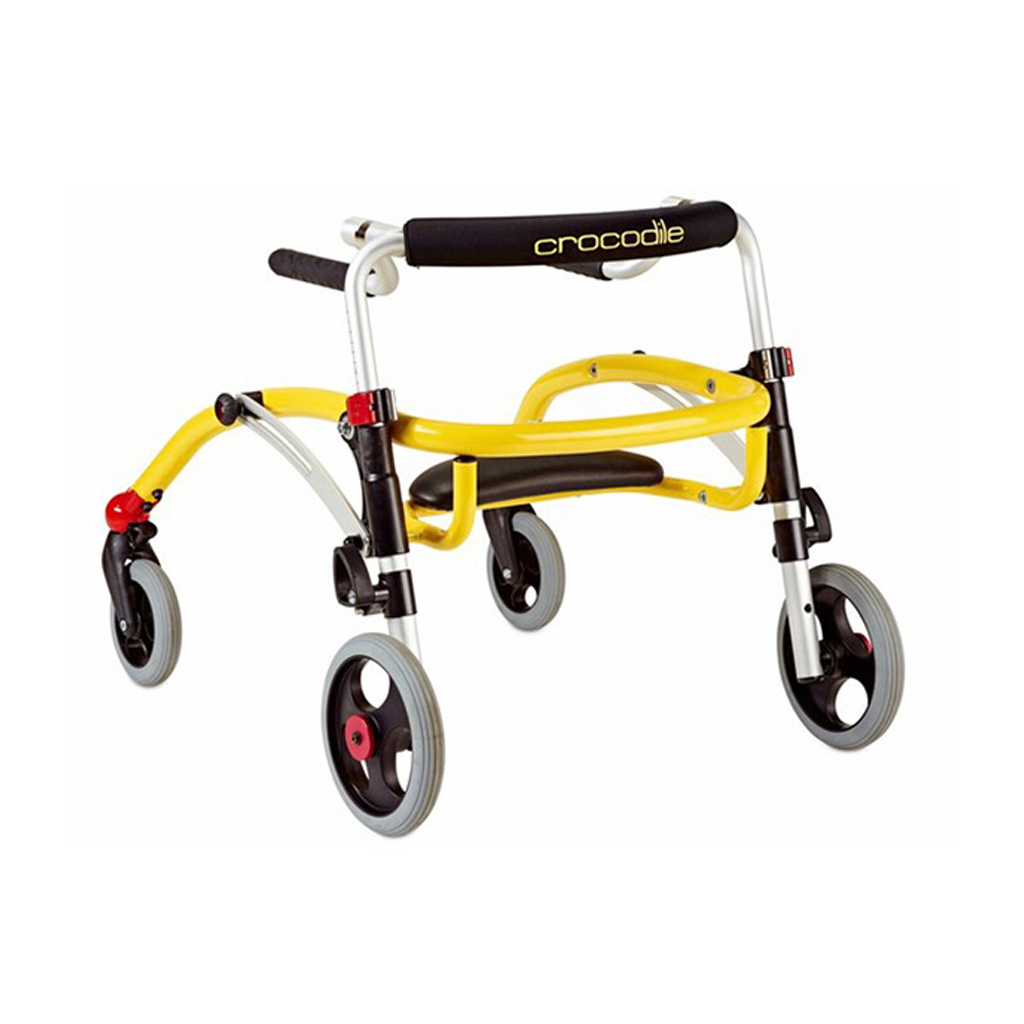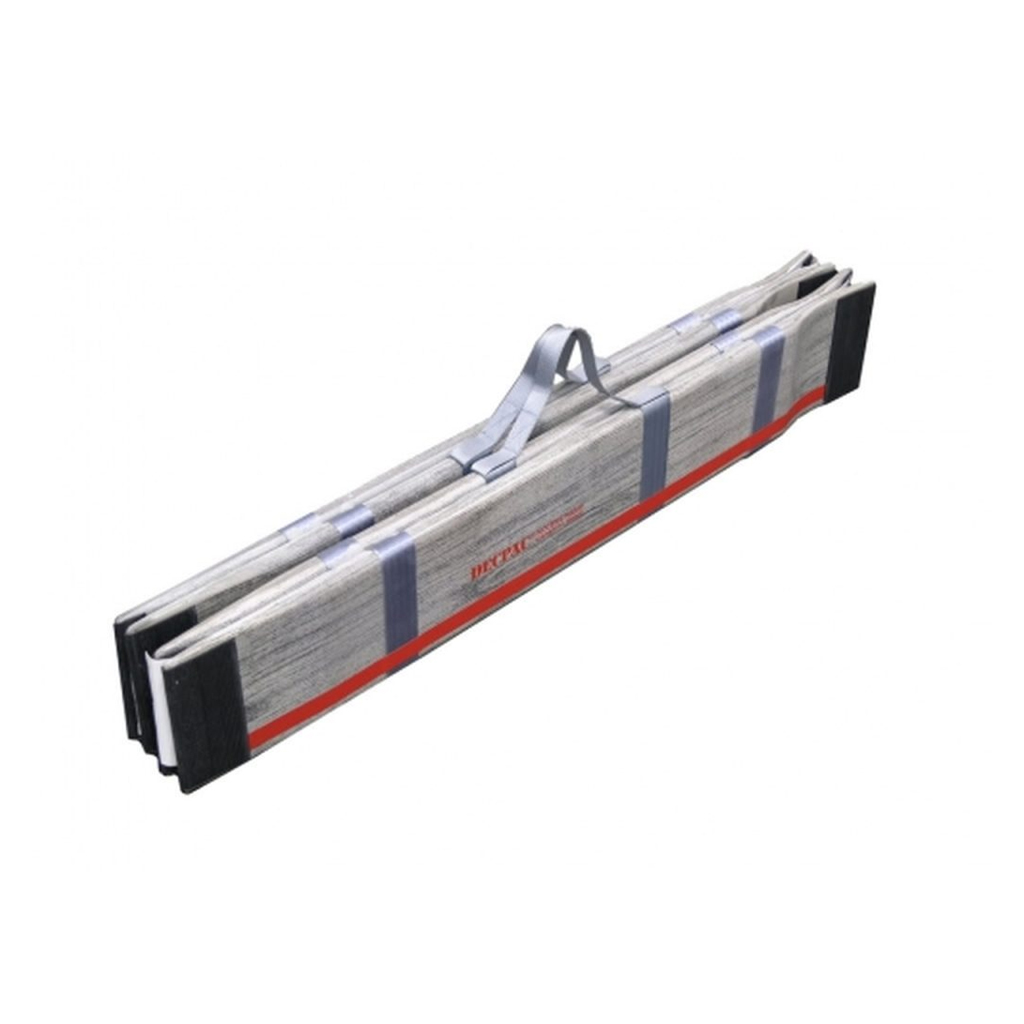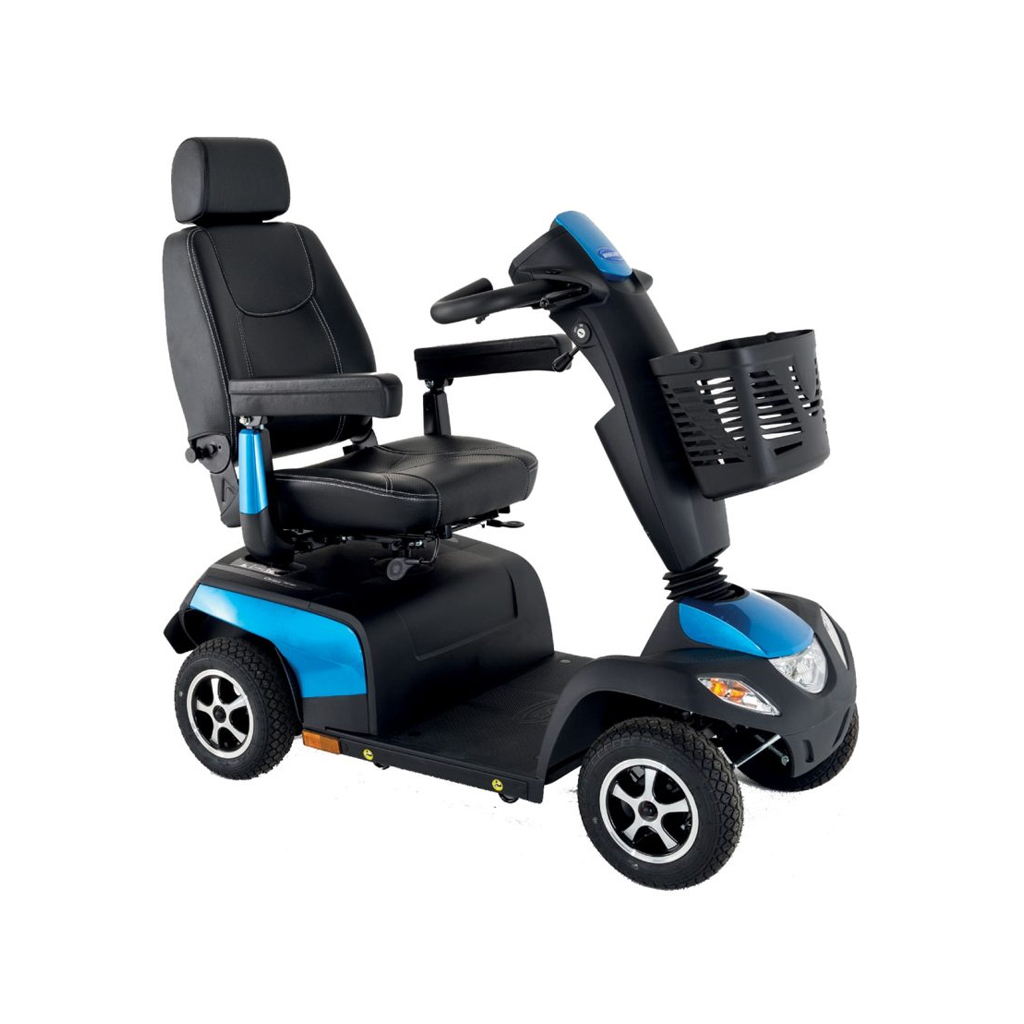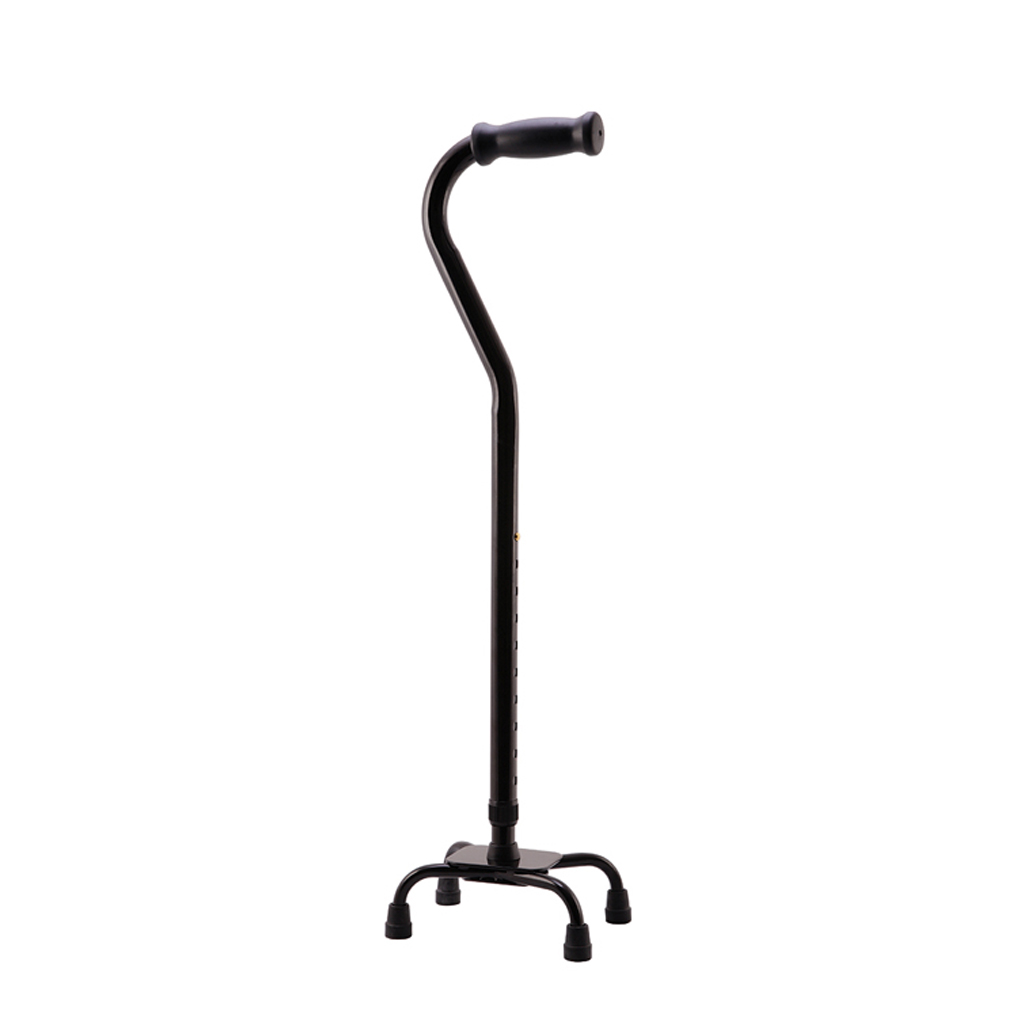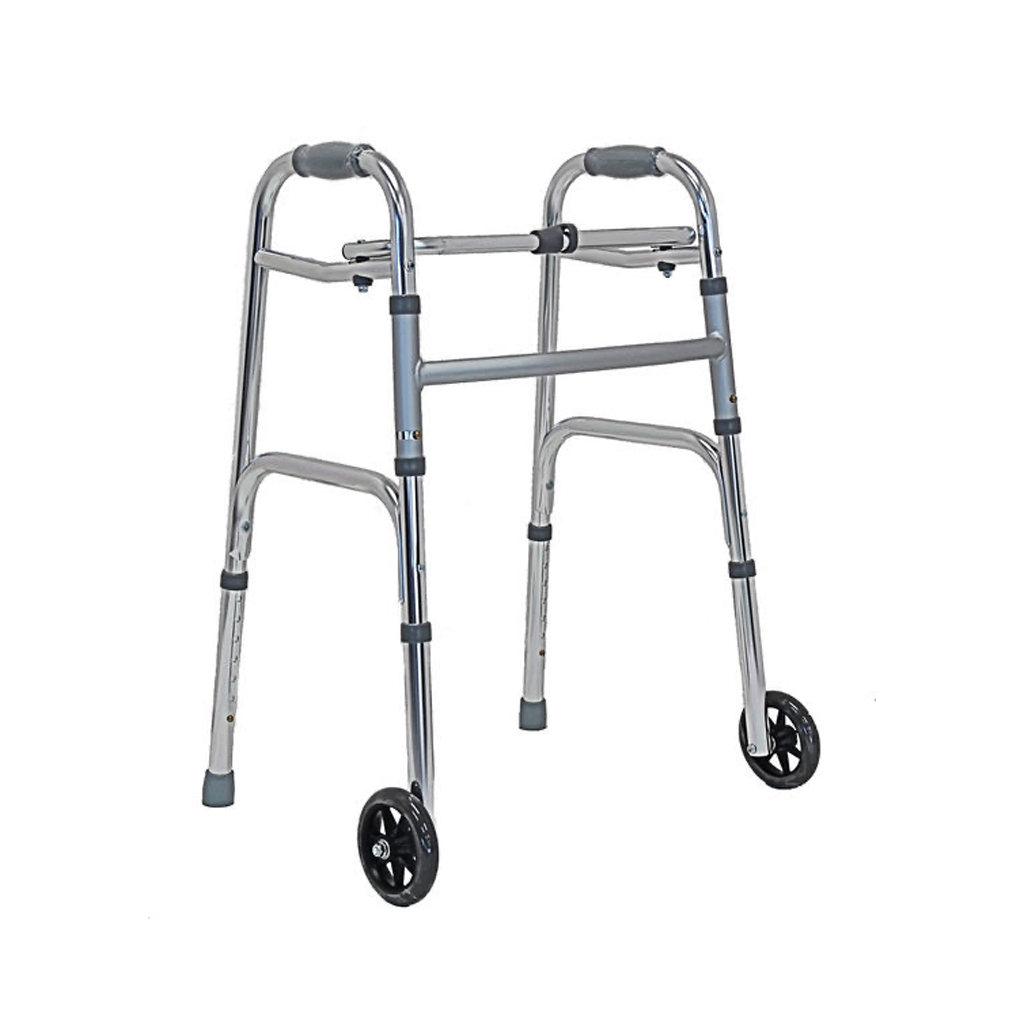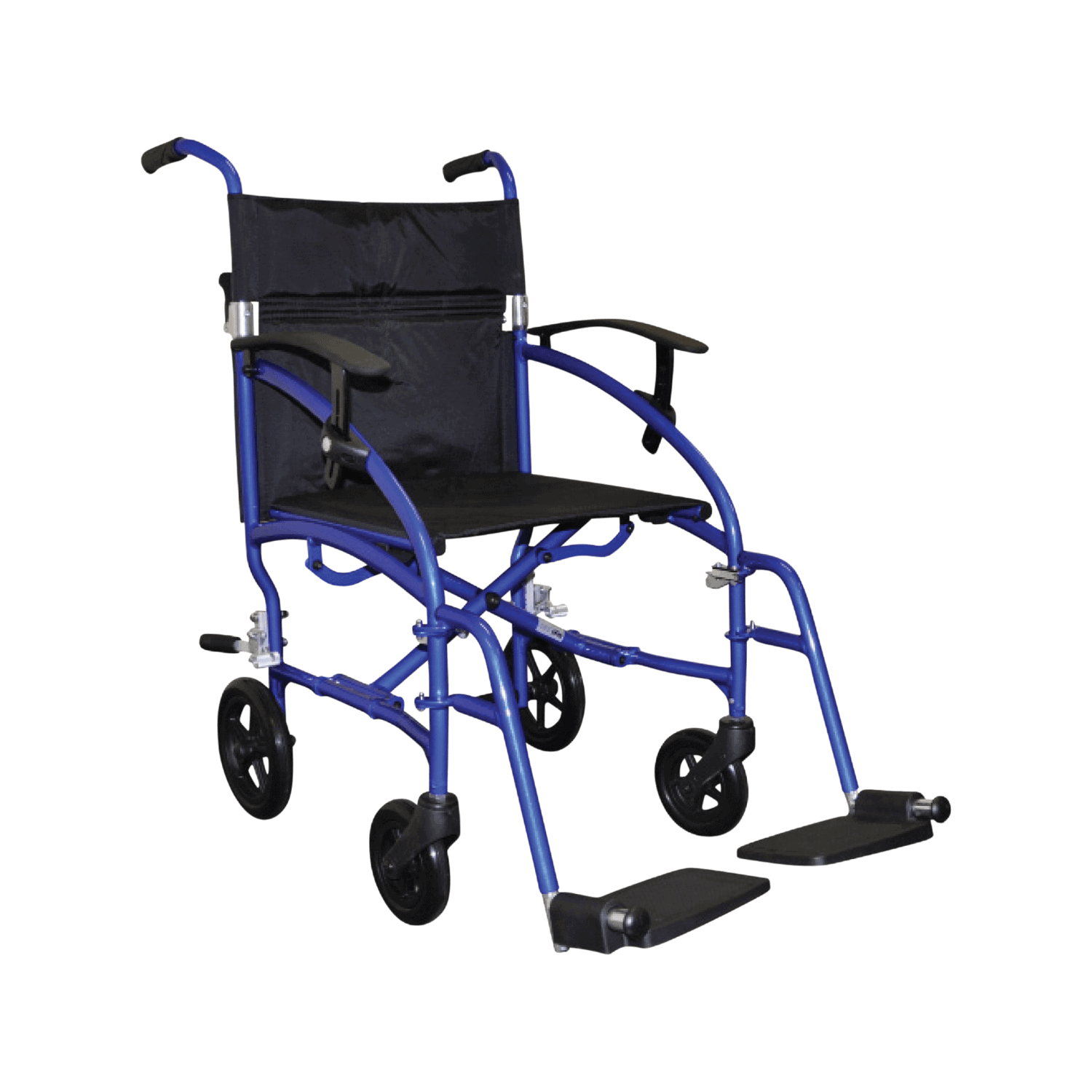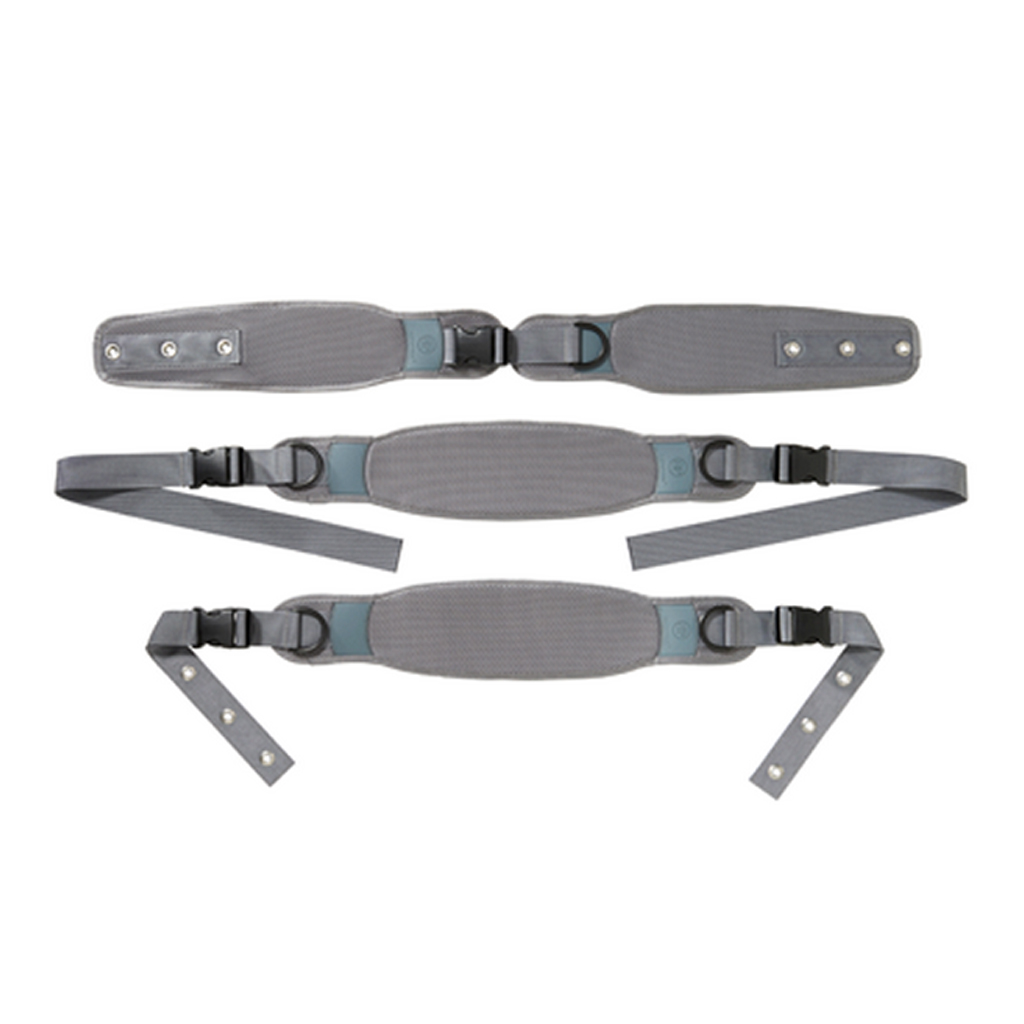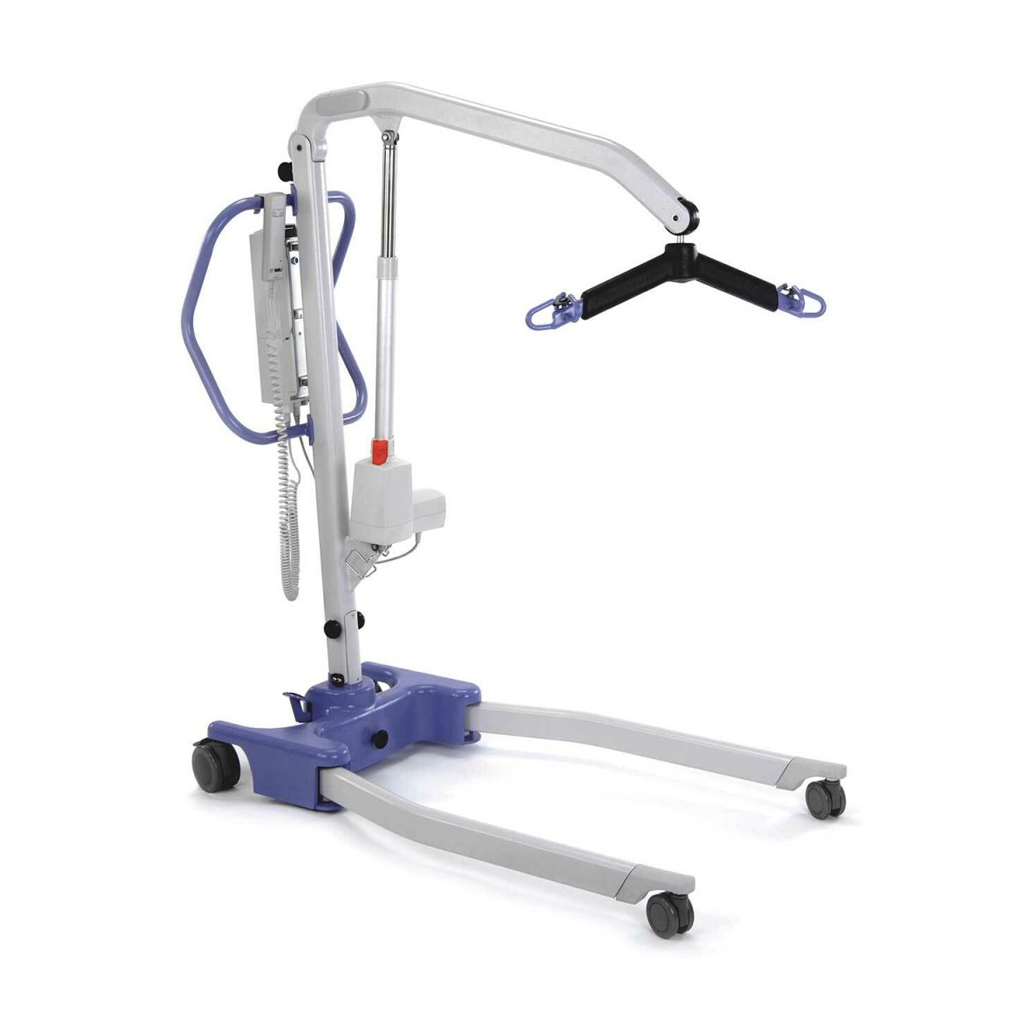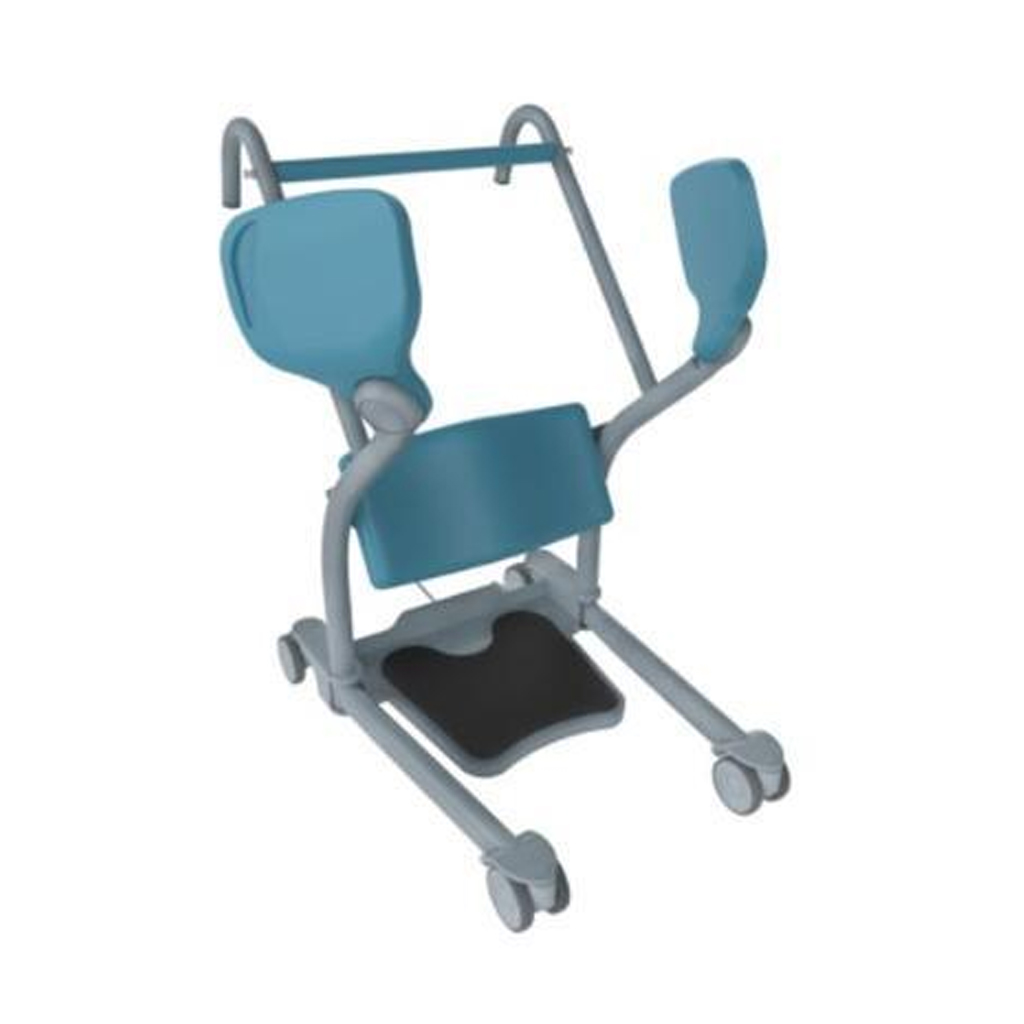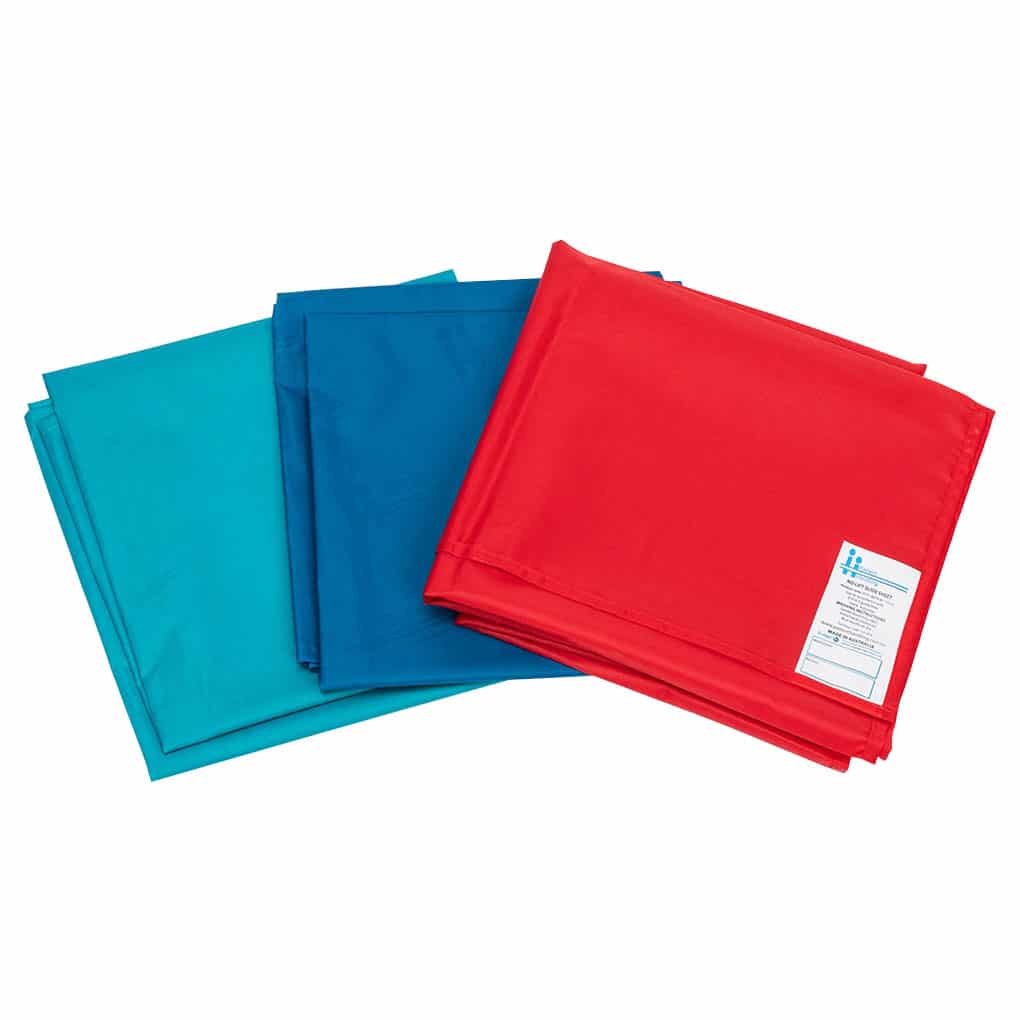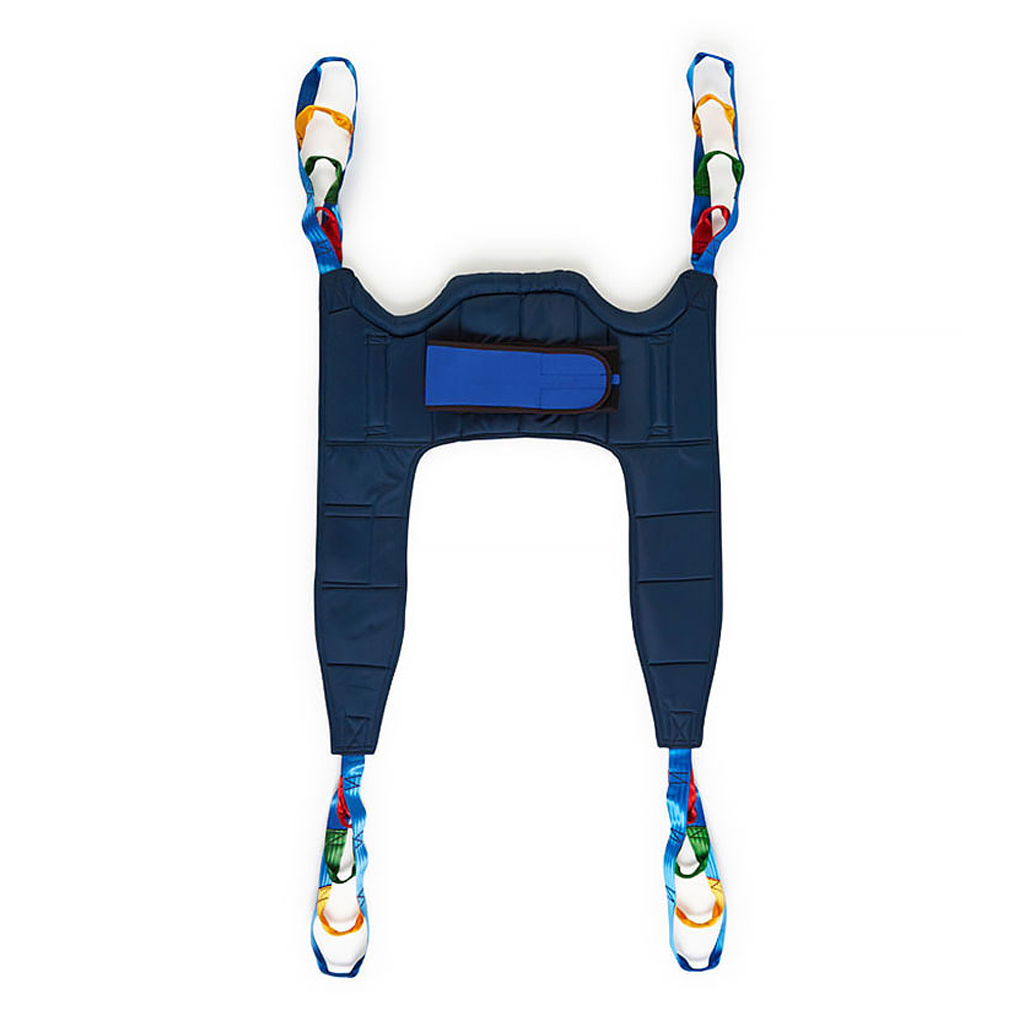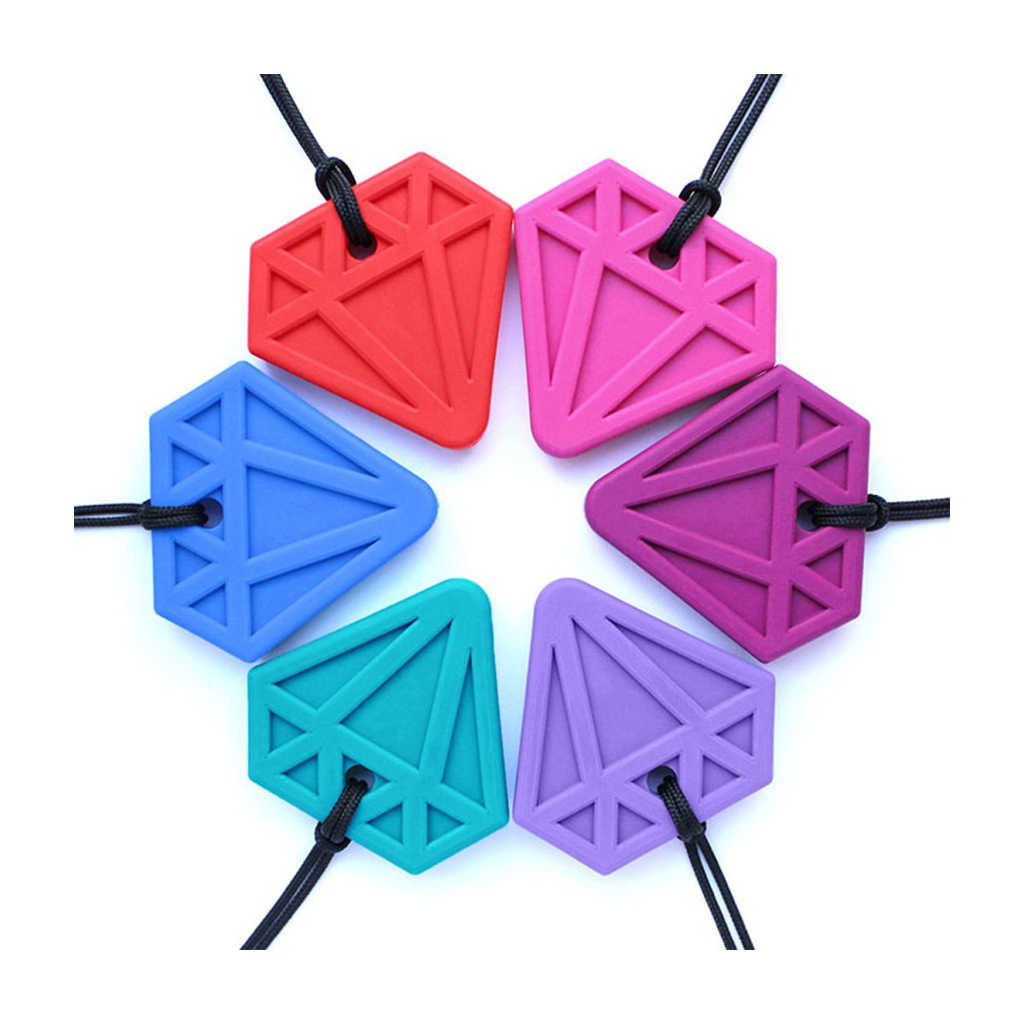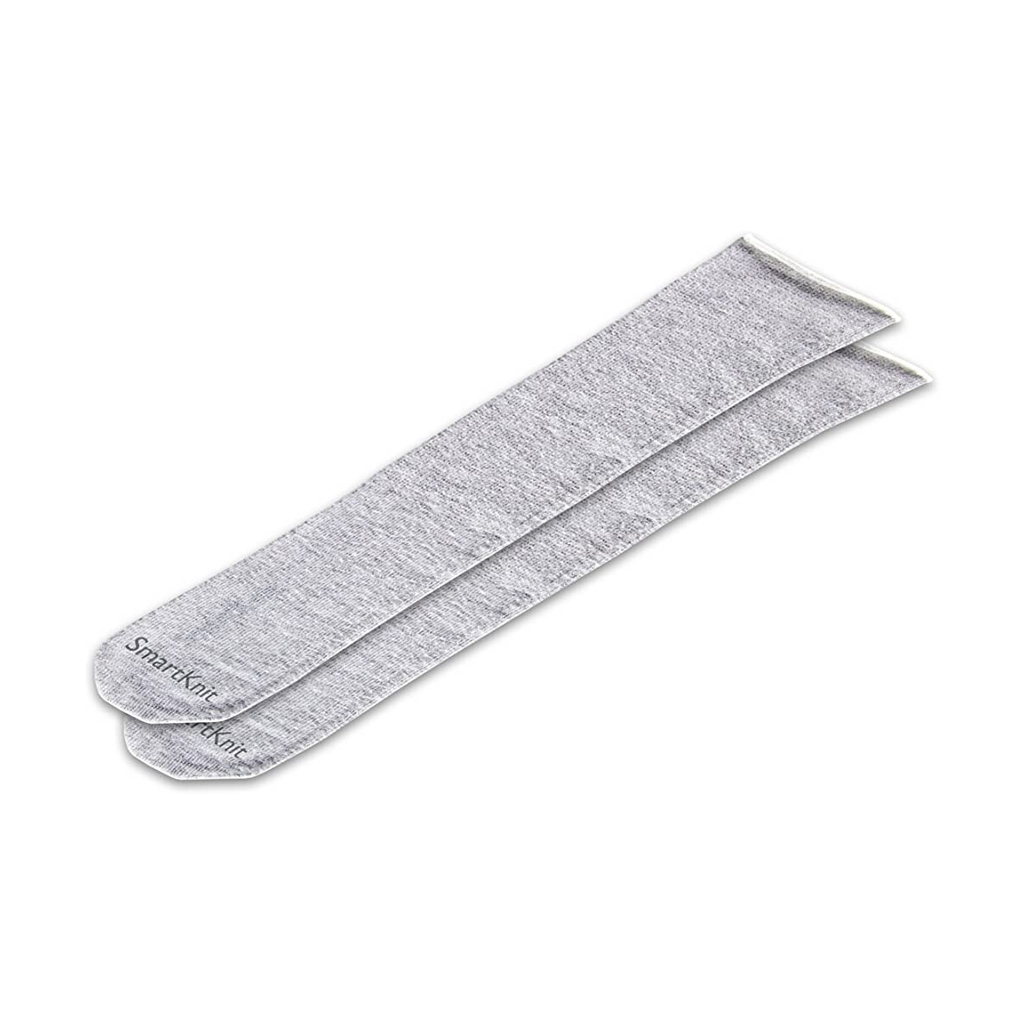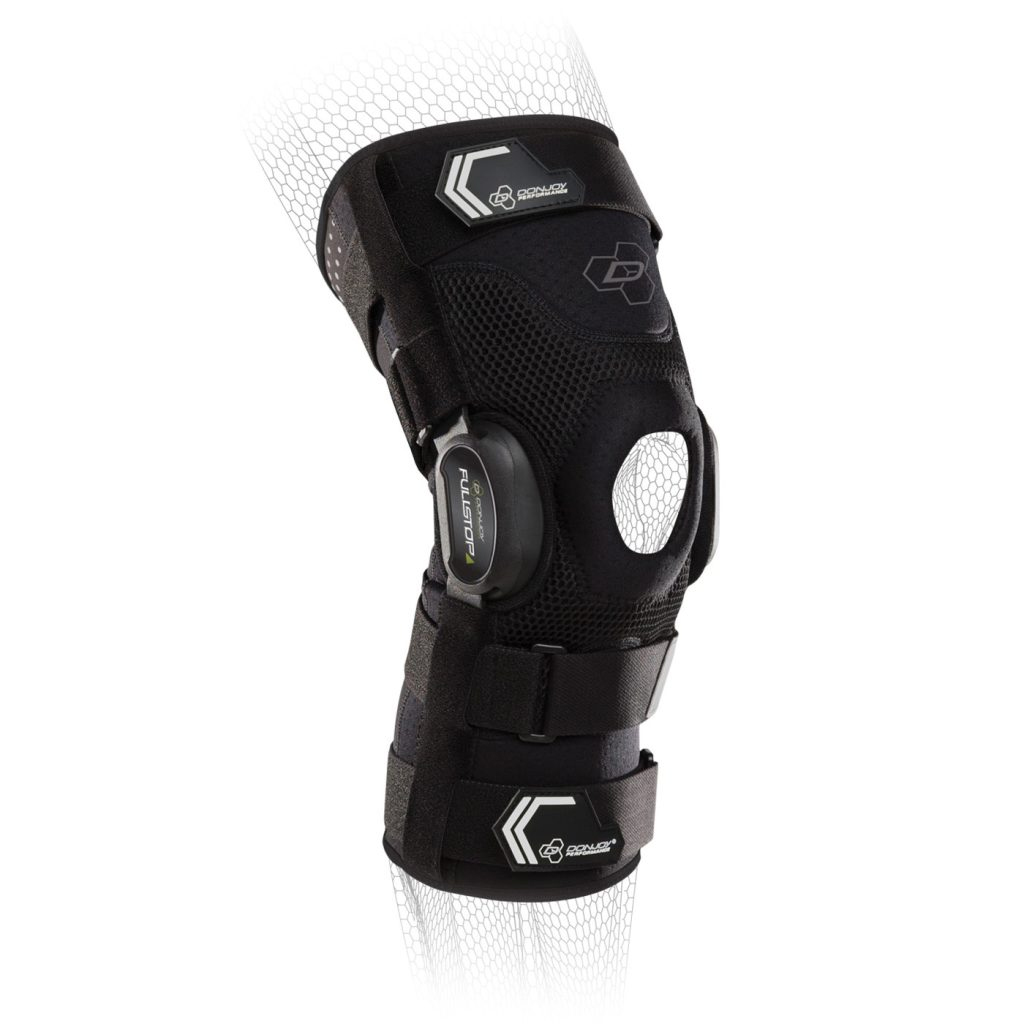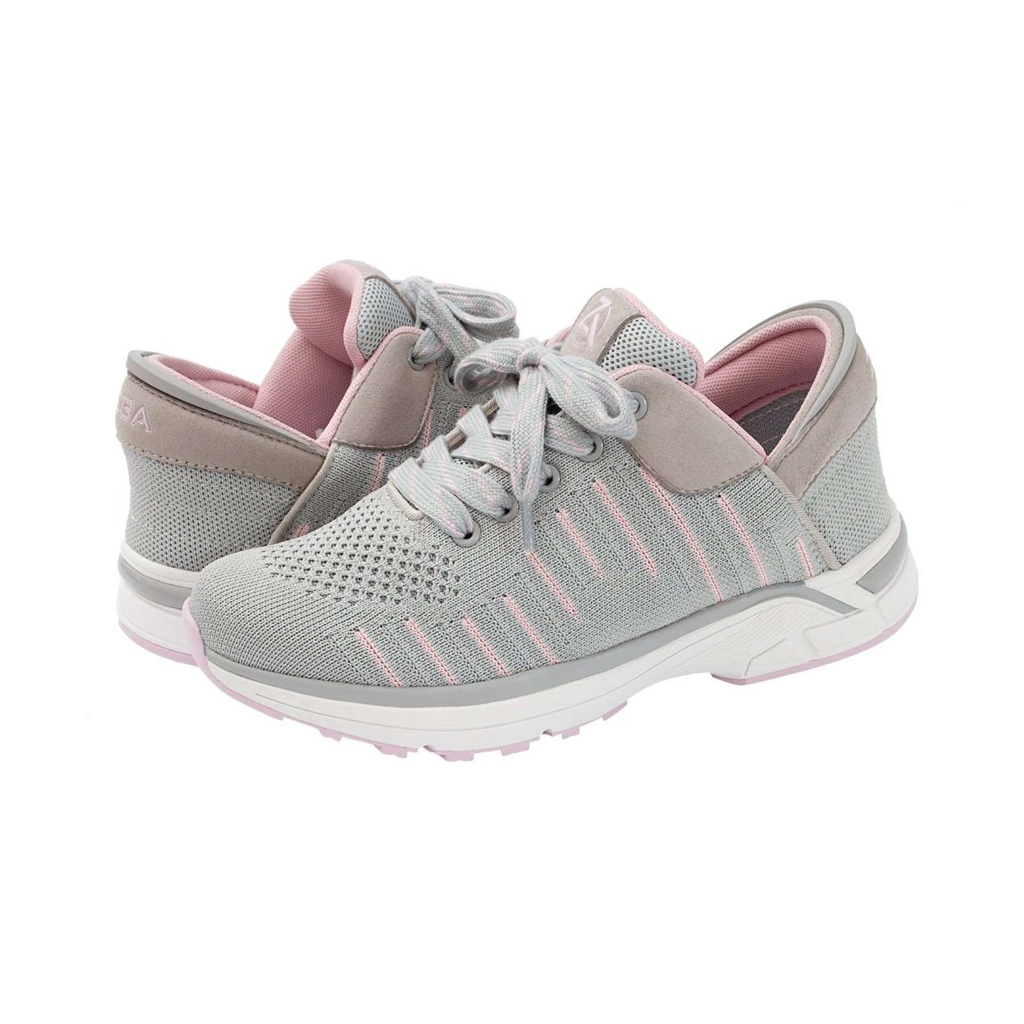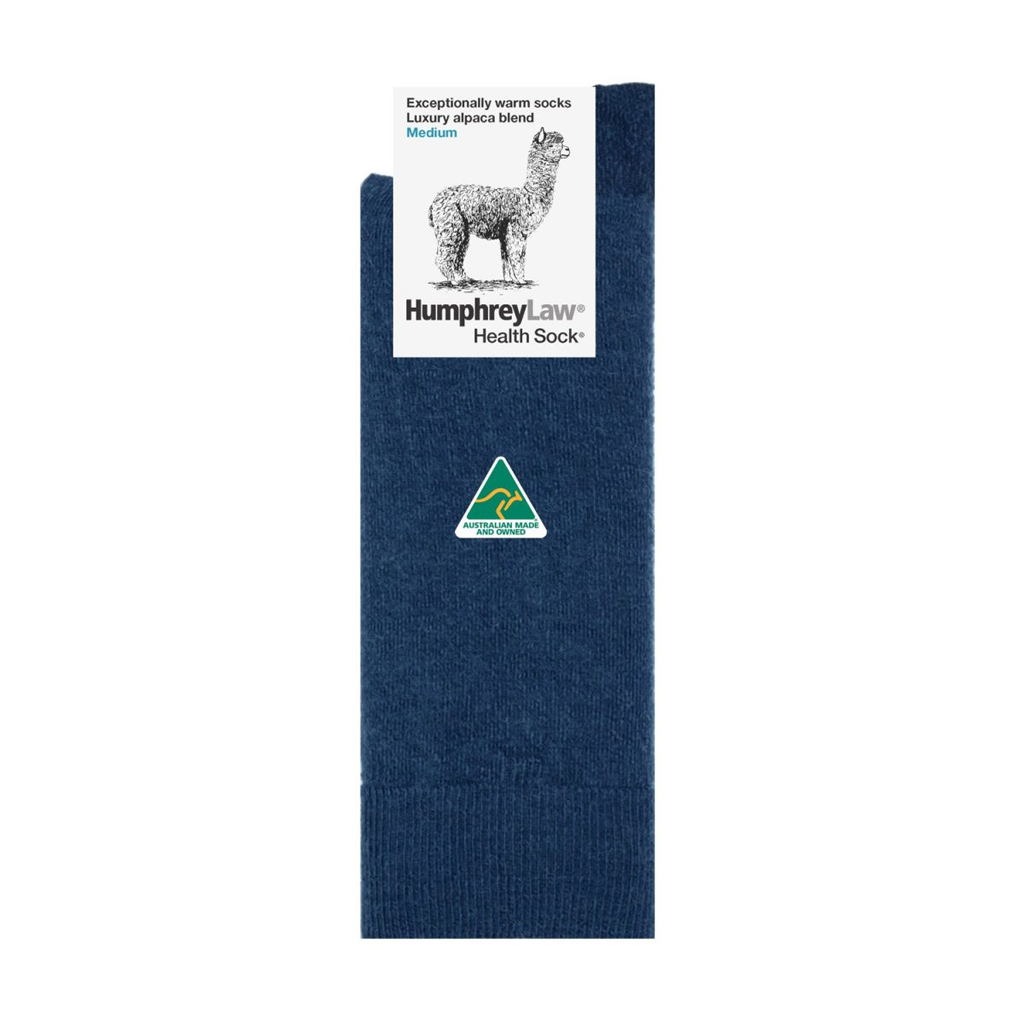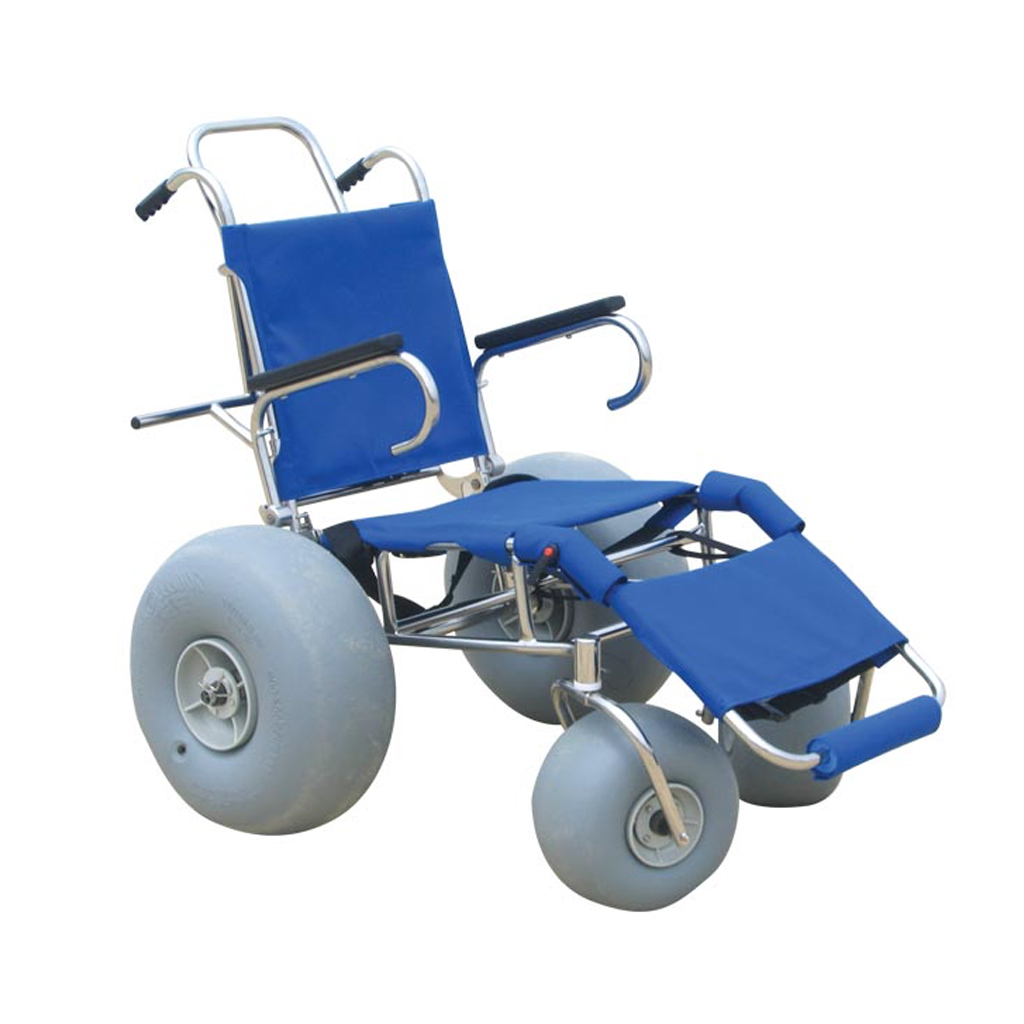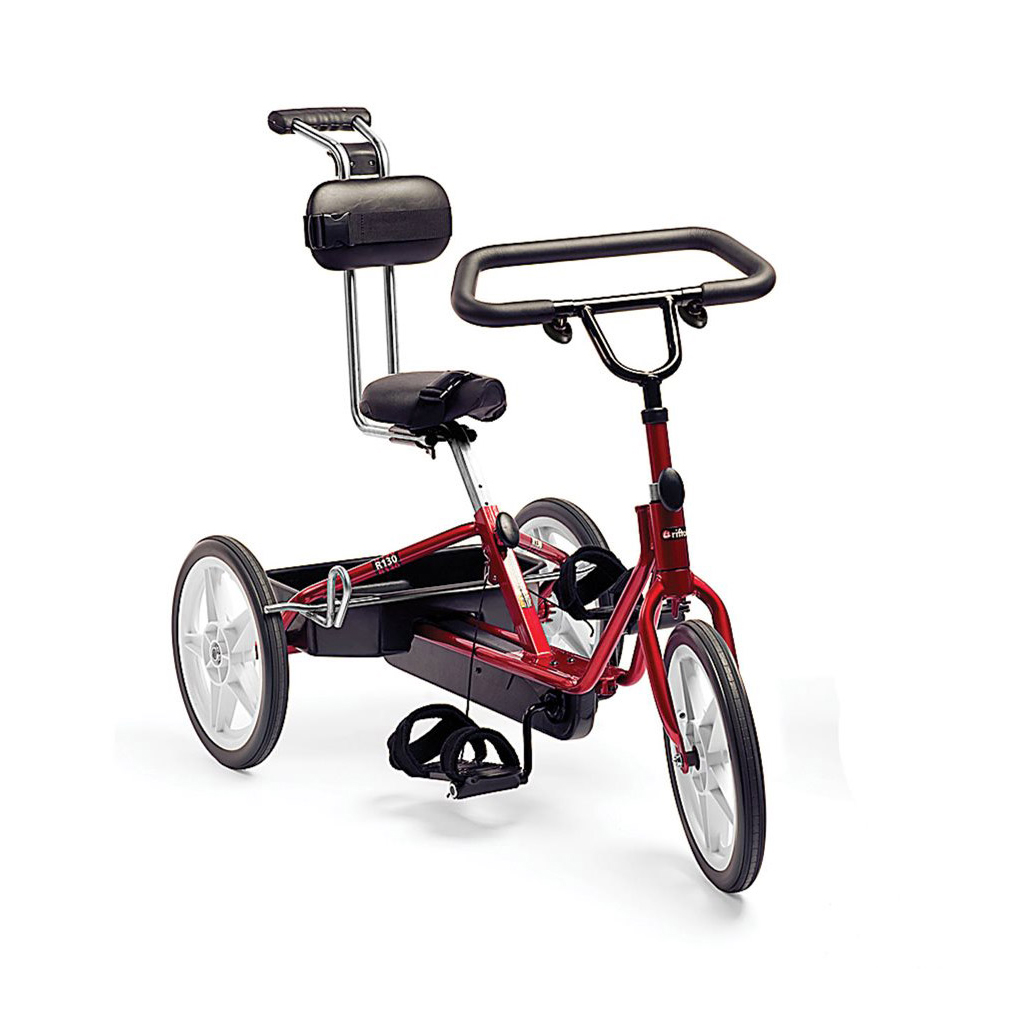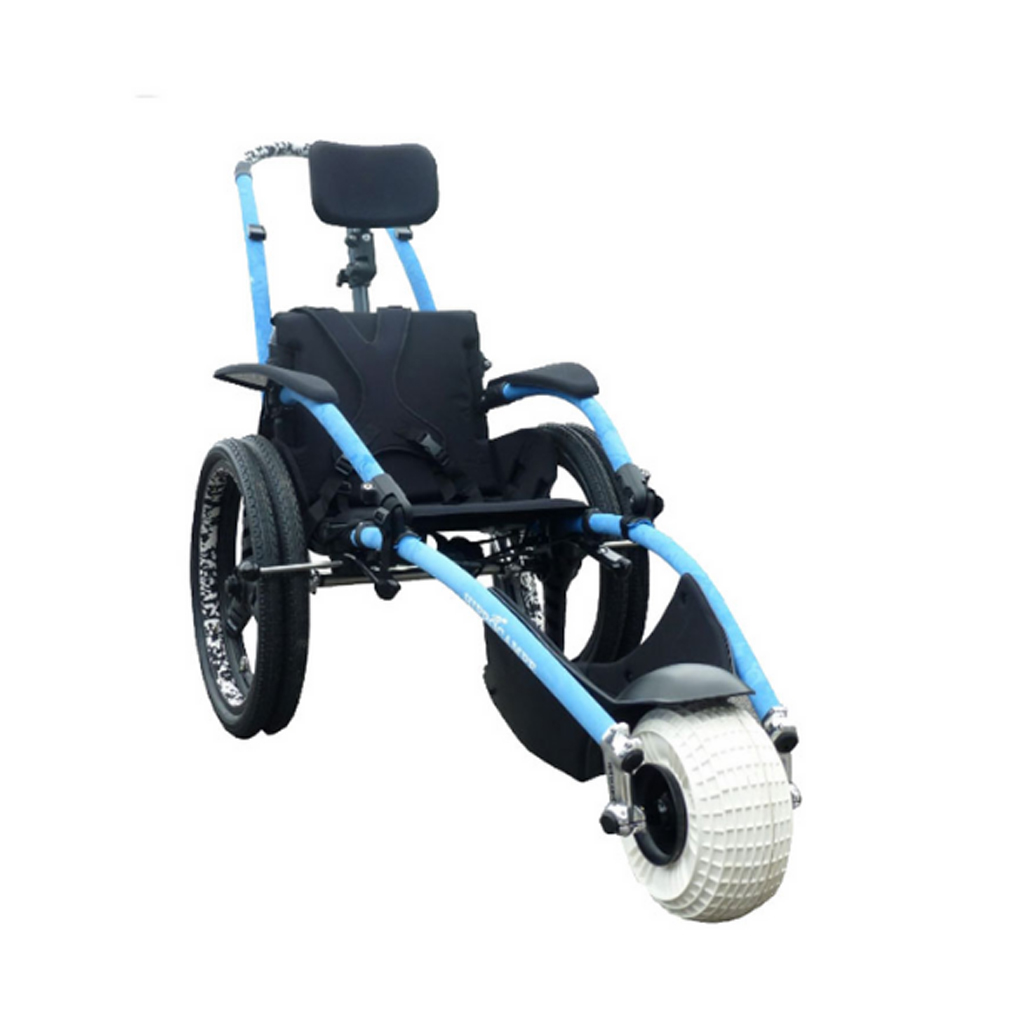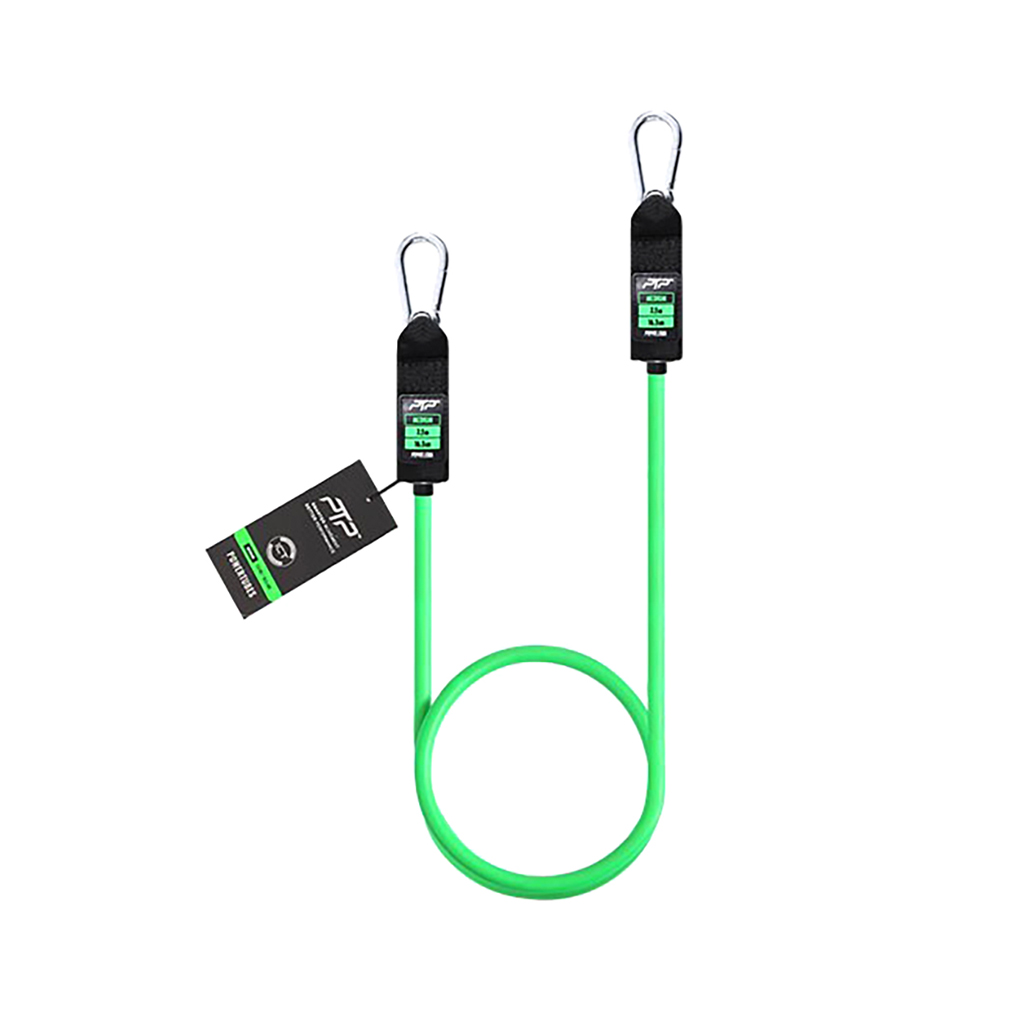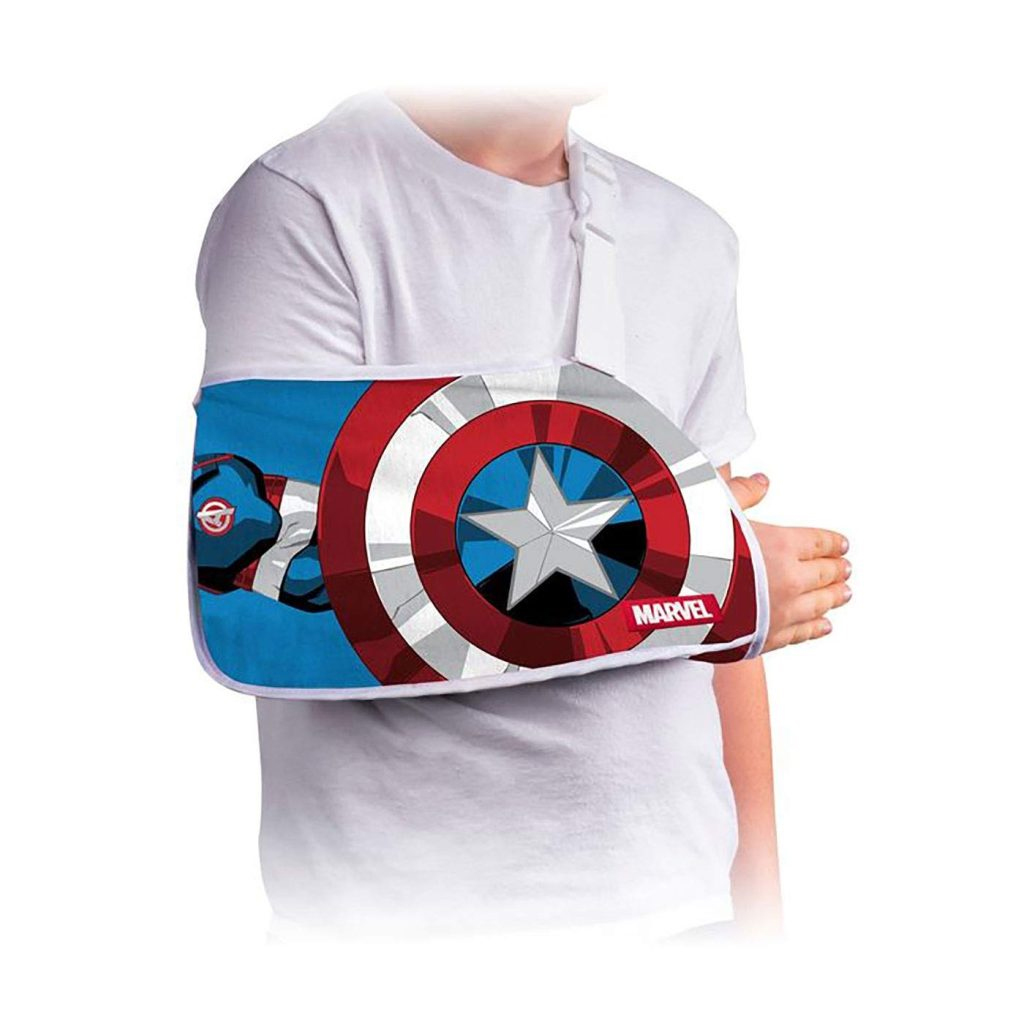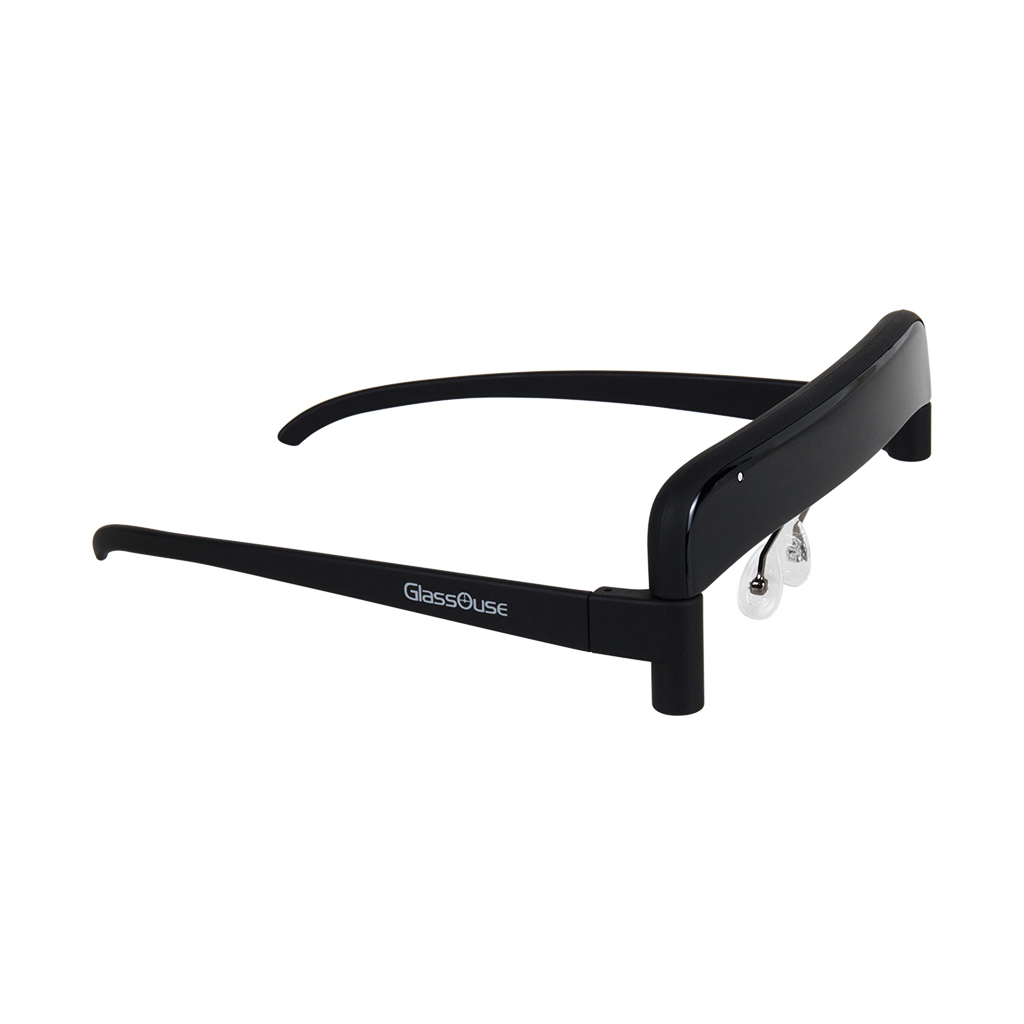What is Assistive Technology?
NovitaTech provides services to both adults and kids in assessment, prescription, advice and information regarding different types of assistive technology that supports independent living. We are recognised prescribers with various equipment funding schemes and can supply assistive technology directly to you. Call NovitaTech on 1300 668 482 for information or to book a no-waitlist consultation on how we can support you with any of the types below.
Assistive Technology and You
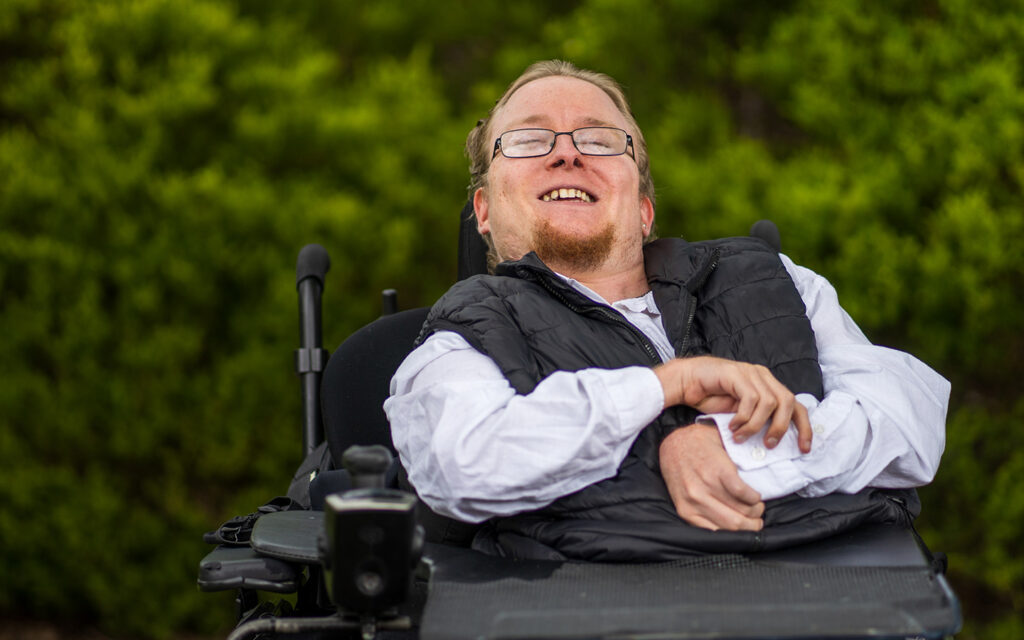
Assistive technology is equipment and devices that support you in communication, mobility and independence as someone living with disability. Assistive technology can range from a large button remote control that you would find at any electronics store, to fully customised, powered wheelchairs that are built to an individual order.
There is an almost endless list of items that can be considered assistive technology and new brands and innovations are emerging constantly. NovitaTech’s therapy team can support you in considering your individual needs and work with you to identify the best possible assistive technology solutions for you and your situation.
Assistive Technology Types
Smart Home Technology (or Environmental Control)
Technology has made amazing things possible for all of us, as we can use remote controls and software programs to control almost any aspect of our home environment. This has been life changing for many people living with physical disability. This area of assistive technology is also known as Smart Home Technology, Environmental Control or Home Automation.
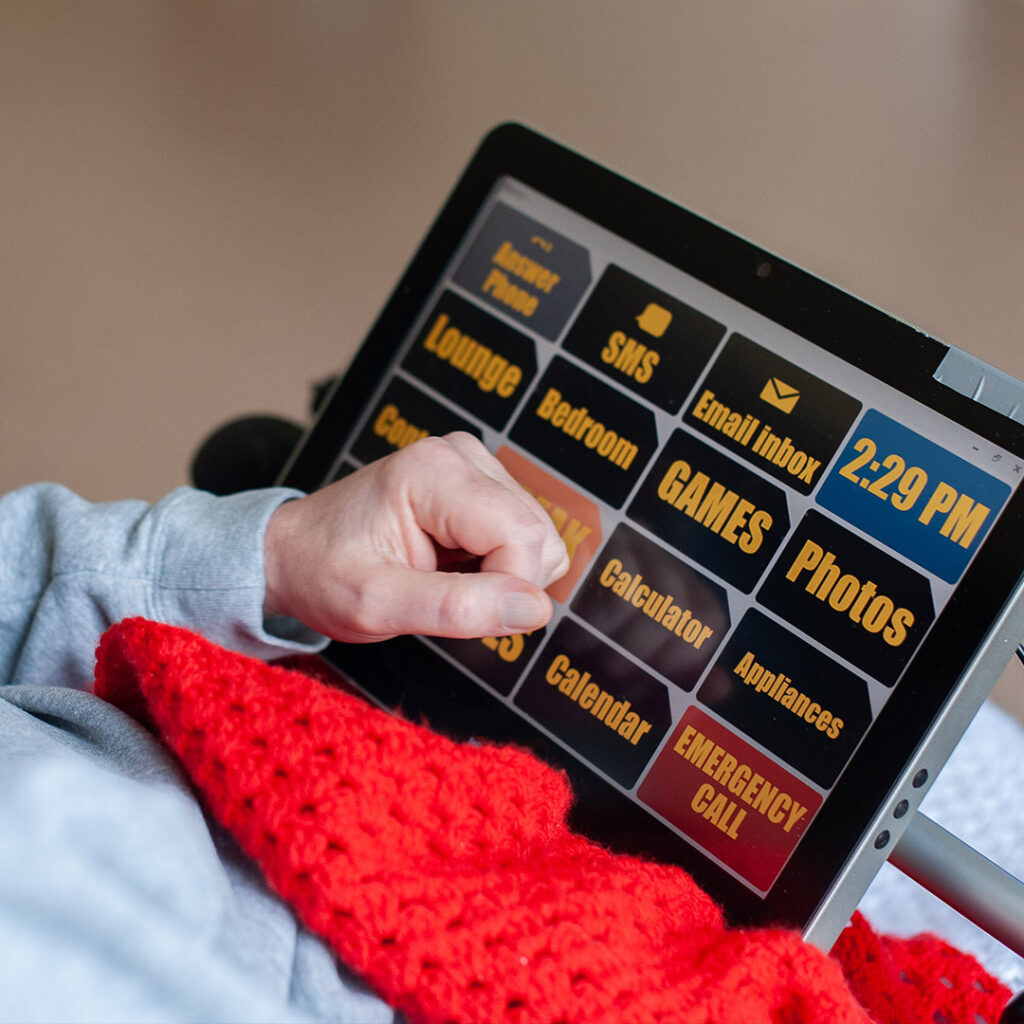
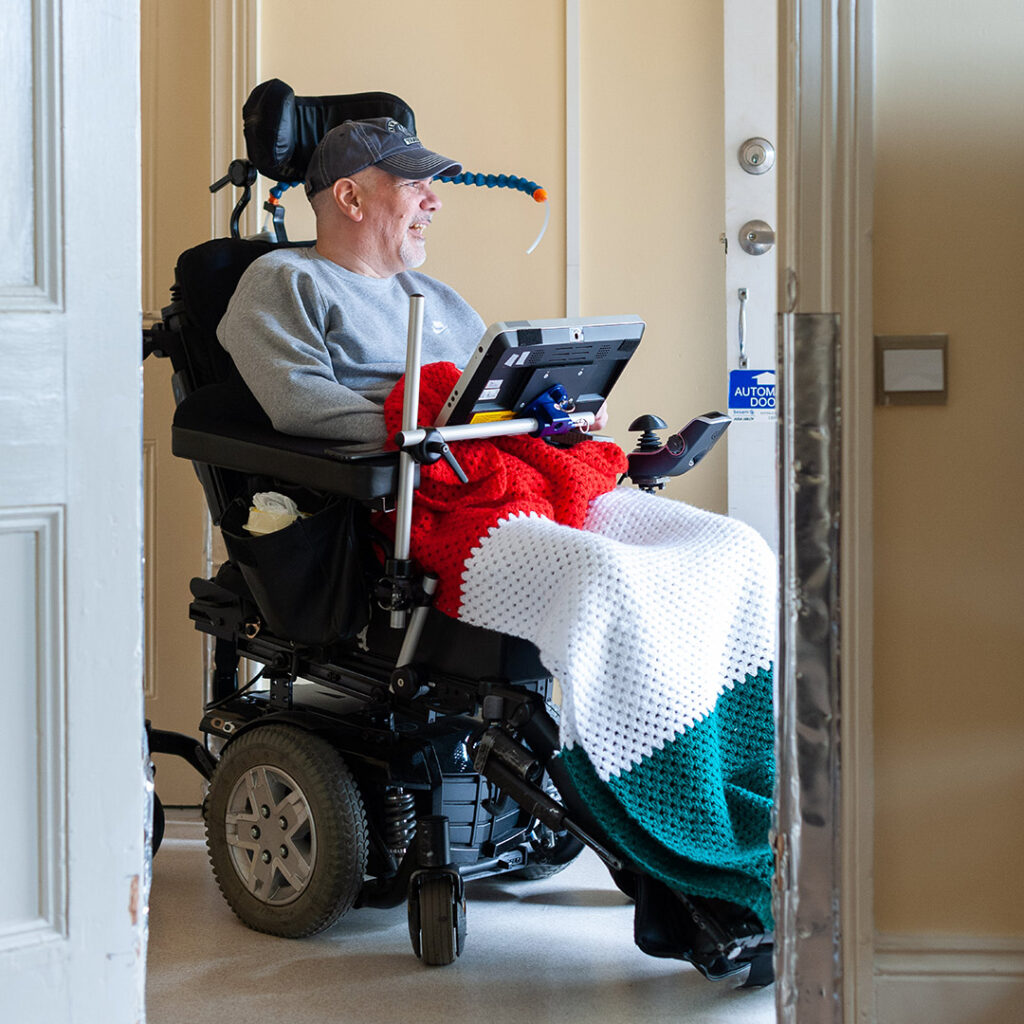
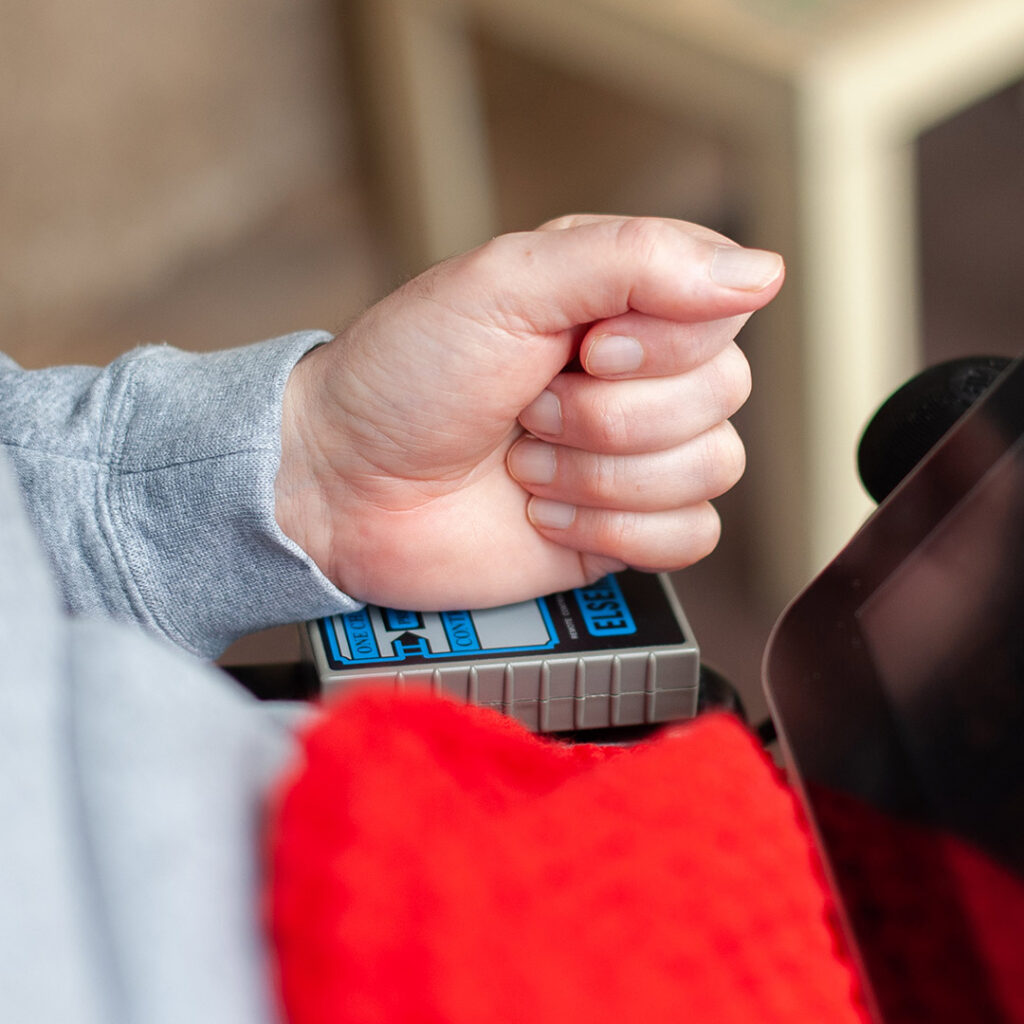
It can support you in a range of ways, including enabling you to:
Independently open your door without having the physical ability to turn a door handle, or push on the door.
Control your lights from anywhere in the house, including in bed.
Control your blinds, a fan or air conditioning system
Control your television, music player and streaming services
Types of Smart Home Technology include:
Tablet based home automation software that can be accessed by touch, eyegaze or a switch
Alternate controls that can be operated by switch or eyegaze for home electronics including lights, television, sound systems, air conditioning, fans, electric blinds, power points and more
Electronics to give the user independent control over opening and closing doors, including the front door to your home
NovitaTech has occupational therapists with dedicated skills and knowledge in smart home technology, environmental control and home automation, and who can assist you in matching your skills and needs to the options available.
Computer Access Technology
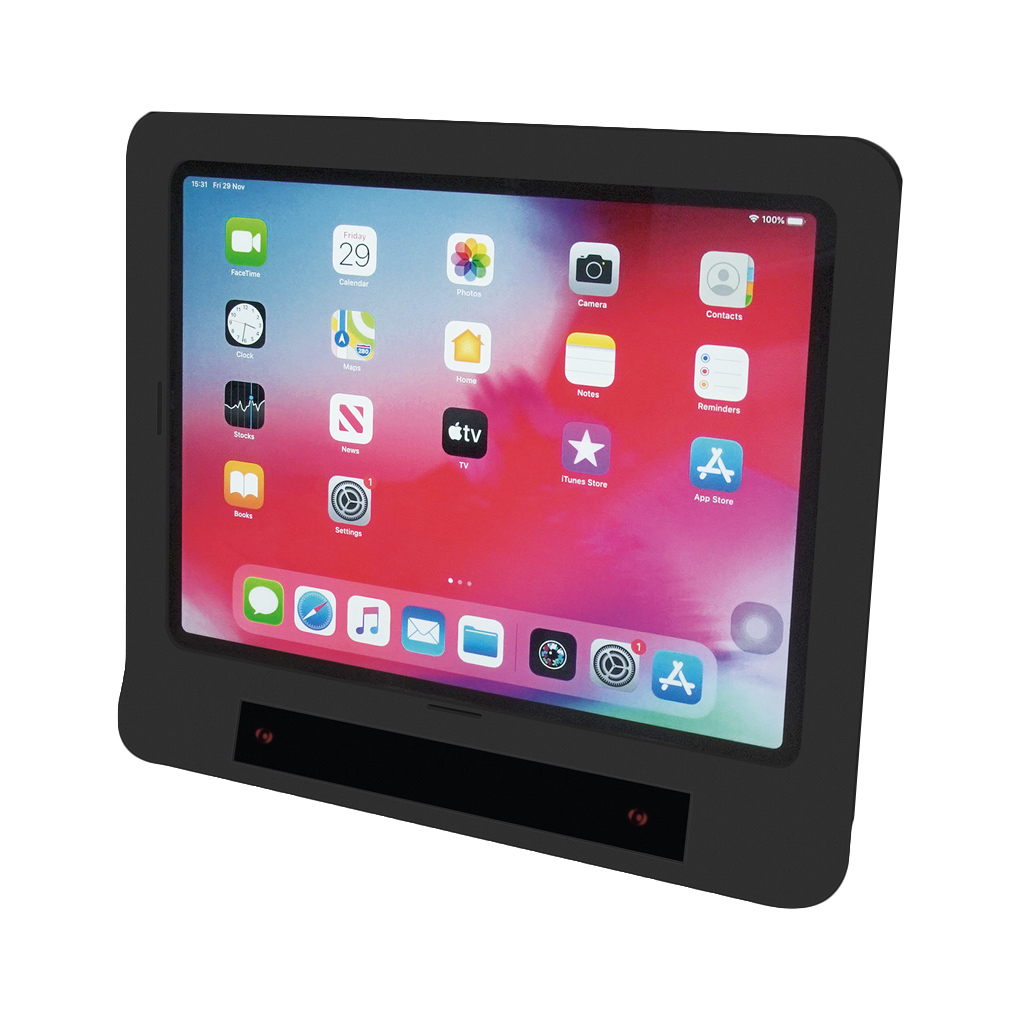
From email and banking to social media and holiday planning, using computers and tablets is a part of how we organise our lives and stay connected in the 21st century. Standard keyboards, tablets and screens cannot be used by some people living with disability. An ever increasing range of assistive technologies can give people ways to independently access a computer or tablet.
Large or small size keyboards, keyguards and computer mice can be useful for you if your hand control and/or vision is not suited to a standard mouse or keyboard, along with joysticks that have larger buttons or can be used with a switch (accessible button).
Eyegaze technology, which is software that allows you to control a computer with your eyes, is a great option if you are not able to use hands to control a mouse or keyboard. Variations of this include head tracker technology and gyroscopic computer mice – a computer mouse that does not require a surface to operate and some models just require small wrist movements to operate.
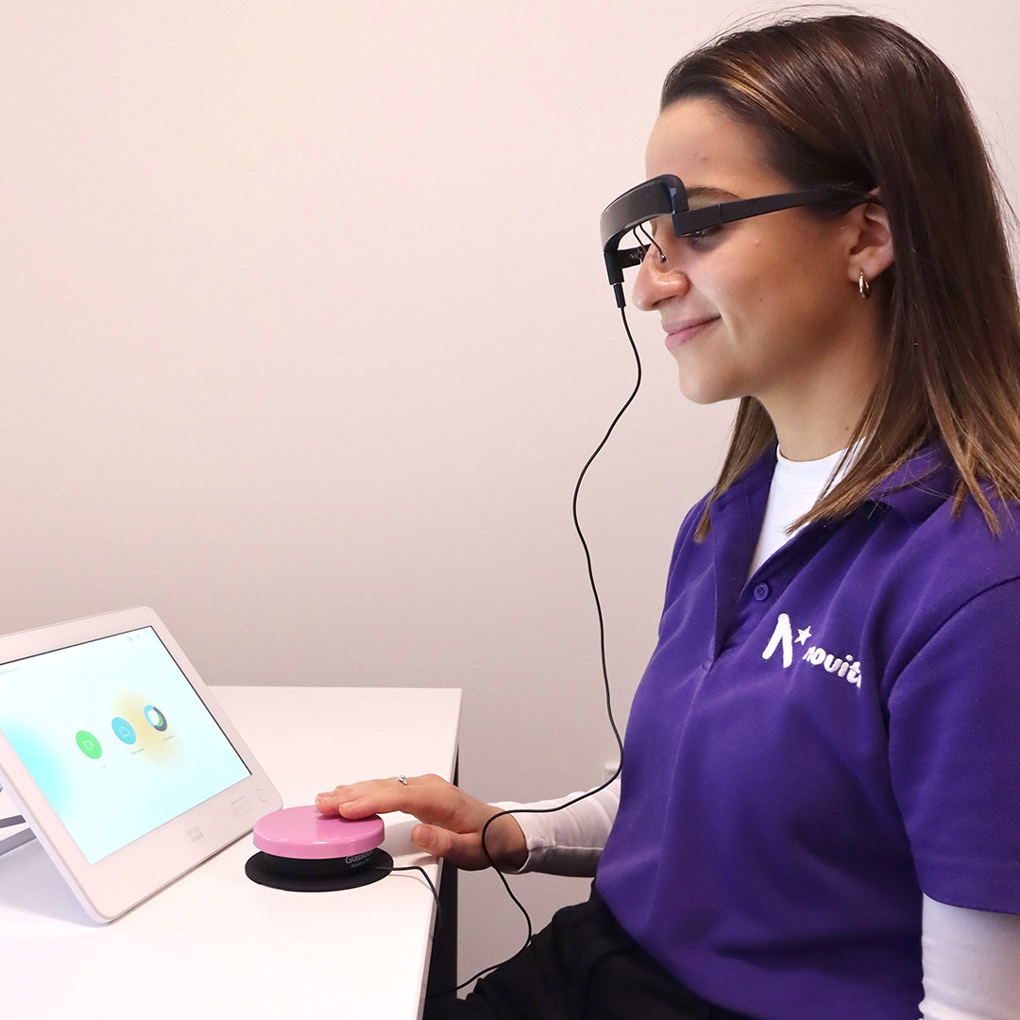
Switches are buttons of different shapes, styles and sensitivities that can control a computer or tablet with a single press. There is a big range available that can accommodate the full range of movements, including very small or weak movement, which may be experienced by someone with motor neurone disease for example, or with large and forceful movements that may be experienced by someone with certain types of cerebral palsy.
Software programs can integrate the technology to make other applications easier to access for someone who is using a switch or eyegaze for computer access. For example, that means you can control Facebook with a single switch or just your eyes. Software can also support people with learning difficulties to read and write with greater ease and success.
NovitaTech has occupational therapists who have dedicated skills and knowledge in smart home technology, environmental control and home automation, and who can assist in to match your skills and needs to anything mentioned above.
Wheelchairs, pushers and scooters
Having the right set of wheels can be the key to independence, comfort and safety for a user. Depending on the individual situation, the right chair can range from basic off-the shelf models, to individually designed and custom manufactured models. There may be a combination of features that are used for the ideal chair for an individual and the range available includes:
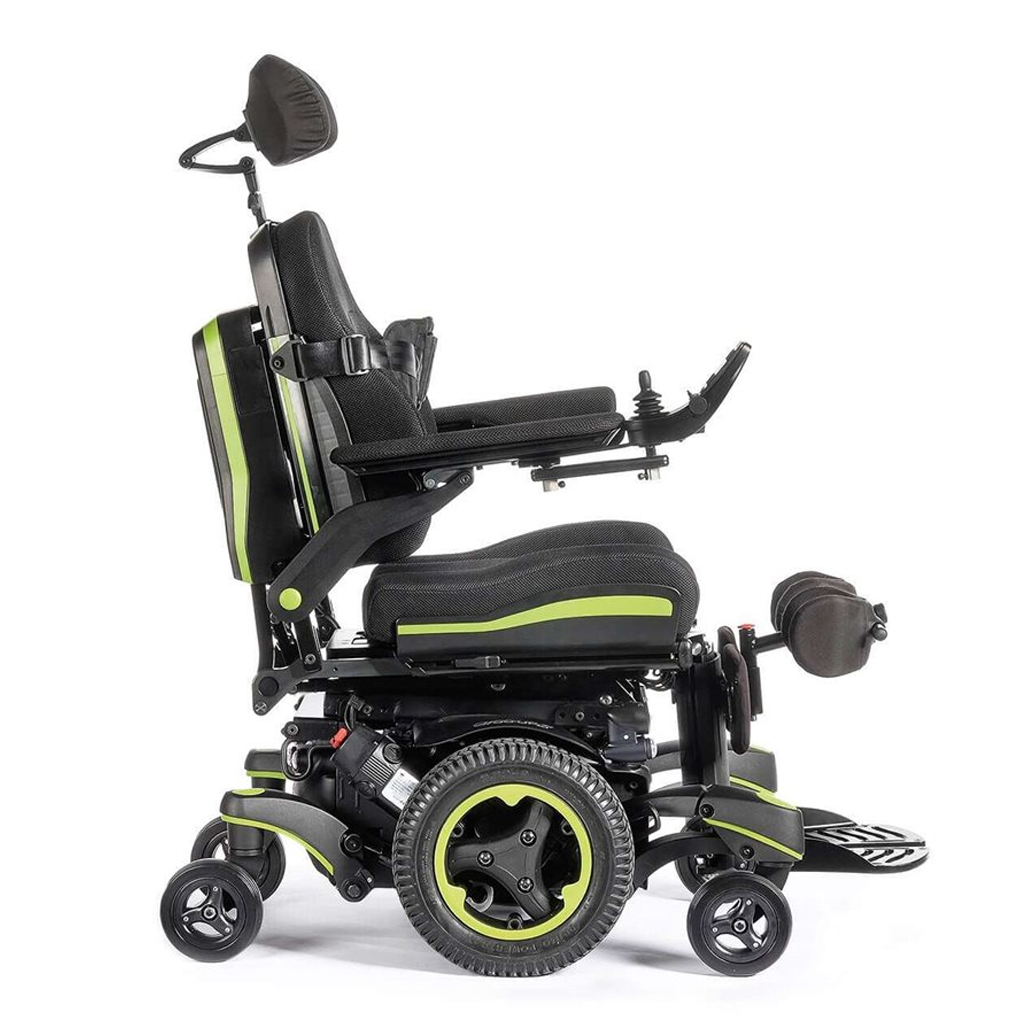
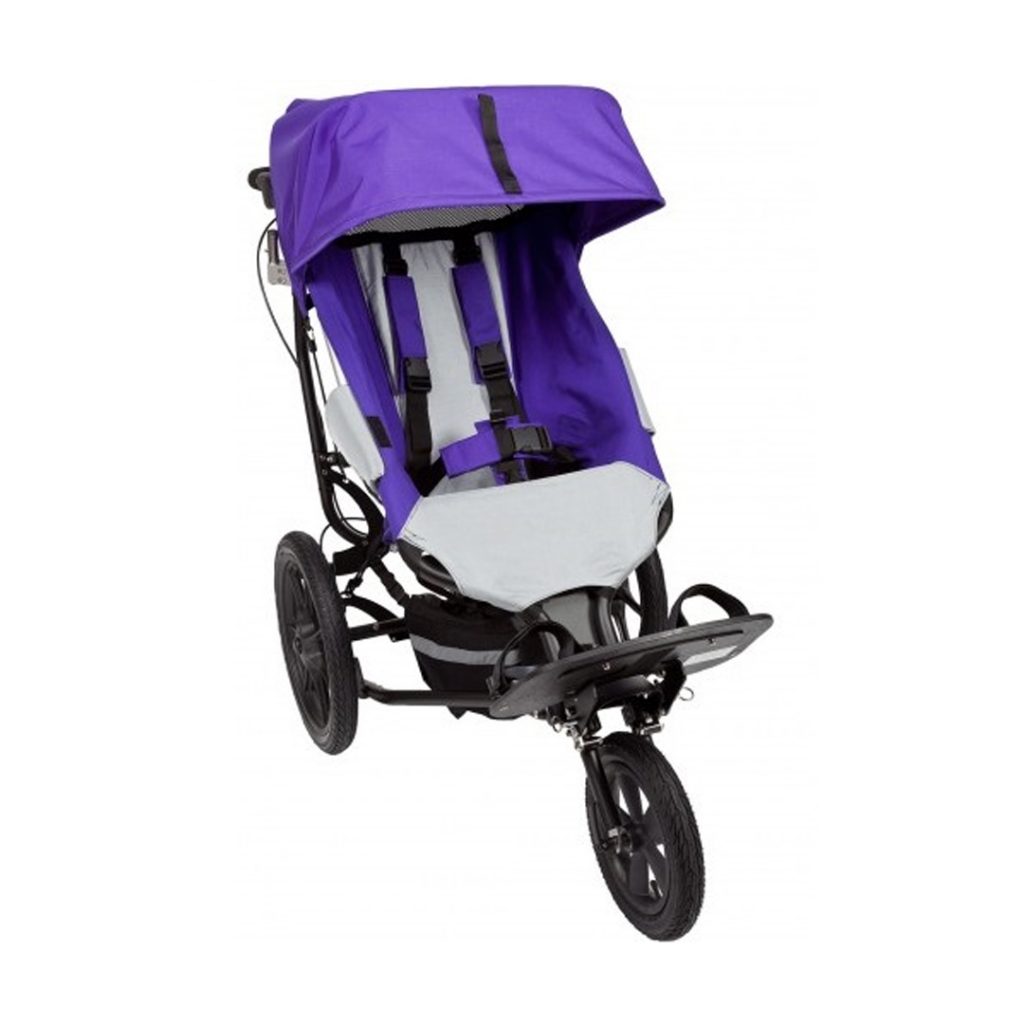
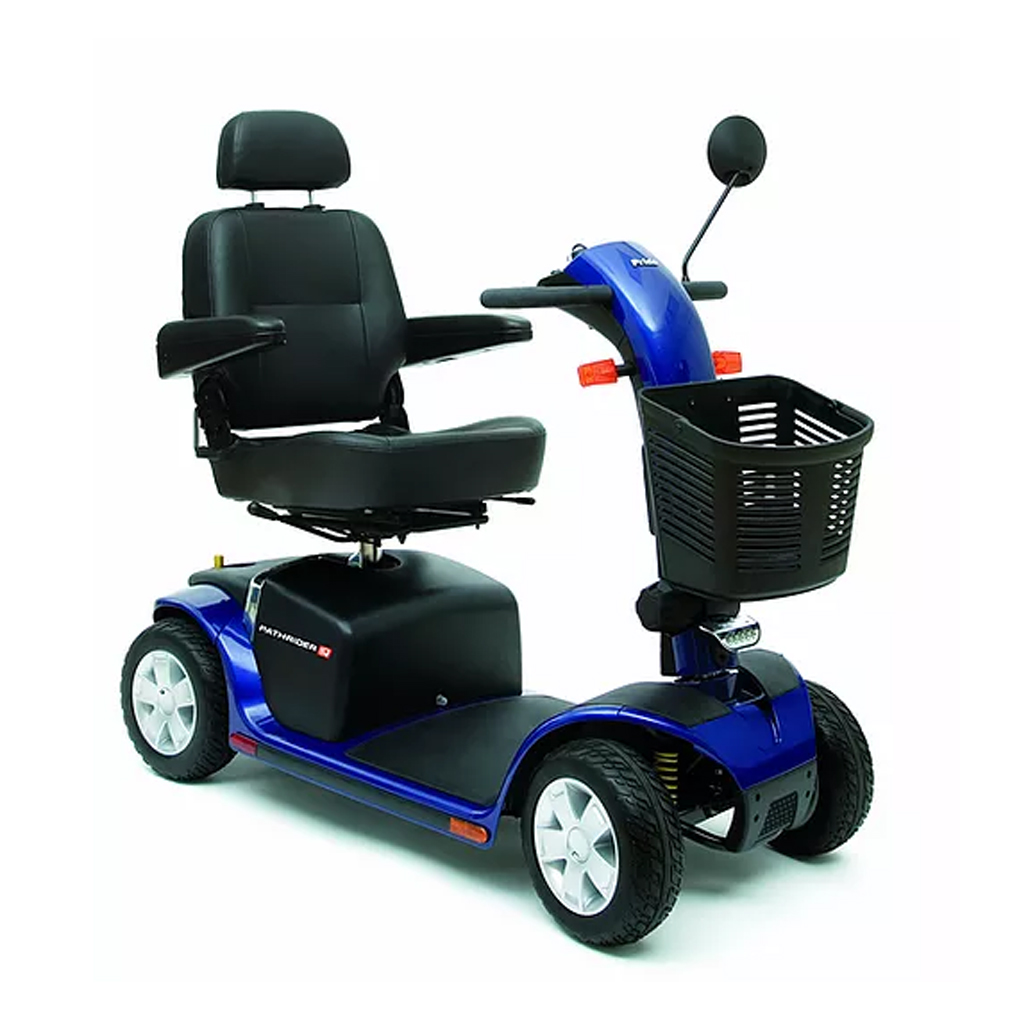
Manual wheelchairs
Designed for a person to push themselves (“self-propel”), or for a person whose chair will be pushed by others
Powered wheelchairs
Designed for a person to drive themselves with a joystick, switches or other controller, or for another person to control with a rear mounted joystick
Folding wheelchairs
For easy transport in the boot of a car
Wheelchairs and pushers
Safety tested for a passenger to sit in when travelling in an accessible vehicle (e.g. a van or access taxi)
Wheelchairs
- Basic seat and back, for occasional or short term use
- Custom made to the users body size and shape, including supportive seating to protect the user’s spine and skin
- With trays and other accessories to increase independence and functionality. Wheelchairs be adjusted and tilted, to provide a position change to suit different activities, as well as comfort and pressure relief
Power Assist technology
Motor is added to the wheels of a manual wheelchair so that a person can push for longer and with less effort
Pushers with additional support
Enabling a safe and functional position for toddlers and young children living with physical disability
Larger sized pushers
For kids who are taller or heavier than can fit into typical pushers
Beds and sleep positioning equipment
Assistive technology in this area can assist in a range of ways, including by reducing the risks of falling from bed or becoming stuck. It can also support you by providing an independent or safer way to get in and out of bed, as well as a safer and more comfortable bedroom and place for dressing. A personalised solution could also involve positioning supports built into the bed, which can help to reduce the issues caused by being unable to independently re-position your body during the night. The right pressure and positioning support can reduce waking in the night by increasing comfort, and also reduce the risk of pressure injuries.
Height adjustable beds
Beds with an electronic mechanism to bring them low to the ground to support a person to get into bed, and raise them high to reduce the amount a carer needs to bend to assist with dressing
Pressure relieving mattresses
Mattresses made of special materials, or with inbuilt technology to increase comfort overnight and reduce the risk of a pressure injury
Bed with rails
Beds that prevent a person from falling out of bed if they move in the night
Safe Surround Beds
Beds that provide an enclosed safe sleeping environment for people who need a safe area overnight without direct supervision
Mattresses with raised edge
Mattresses that are lower in the middle to reduce the risk of a person falling out of bed if they move in the night
Specialised Sheets
Sheets that can protect a mattress in case of incontinence
Specialised overlays
Overlays to keep body temperature low to reduce the risk of seizures
Sleep positioning systems
Specialised pieces of foam and other materials that can provide support to parts of the body e.g. if your legs are fixed in a bent position, a wedge may provide a more comfortable sleeping position
Showering, bathing and toileting equipment
Assistive technology can support you in a range of ways, such as reducing the risk of falls so you can focus on getting clean without the challenges of trying to stay upright. Providing a safe, stable environment can also support you in independently getting into and out of the bath or shower. Assistive technology equipment can also aid a person who is assisting someone to bathe, by providing safe supports for the person being washed.
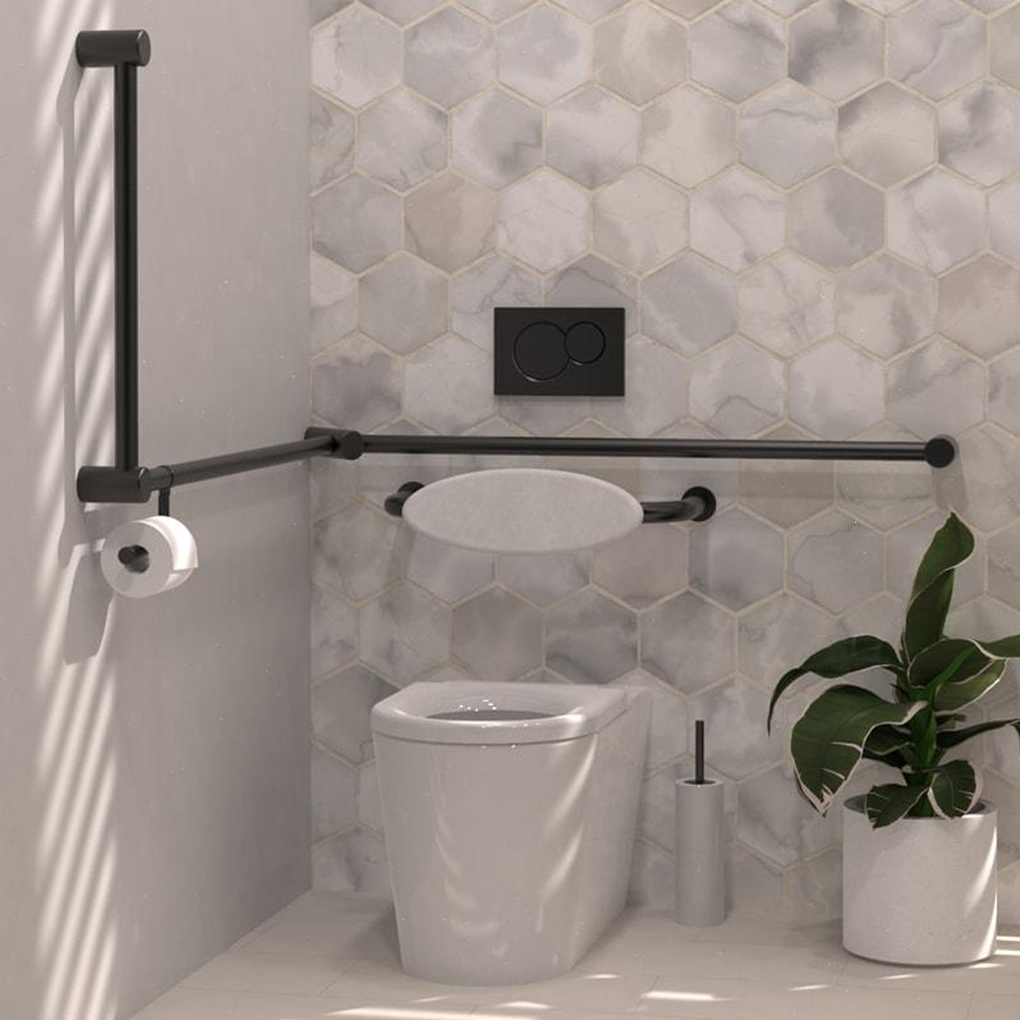
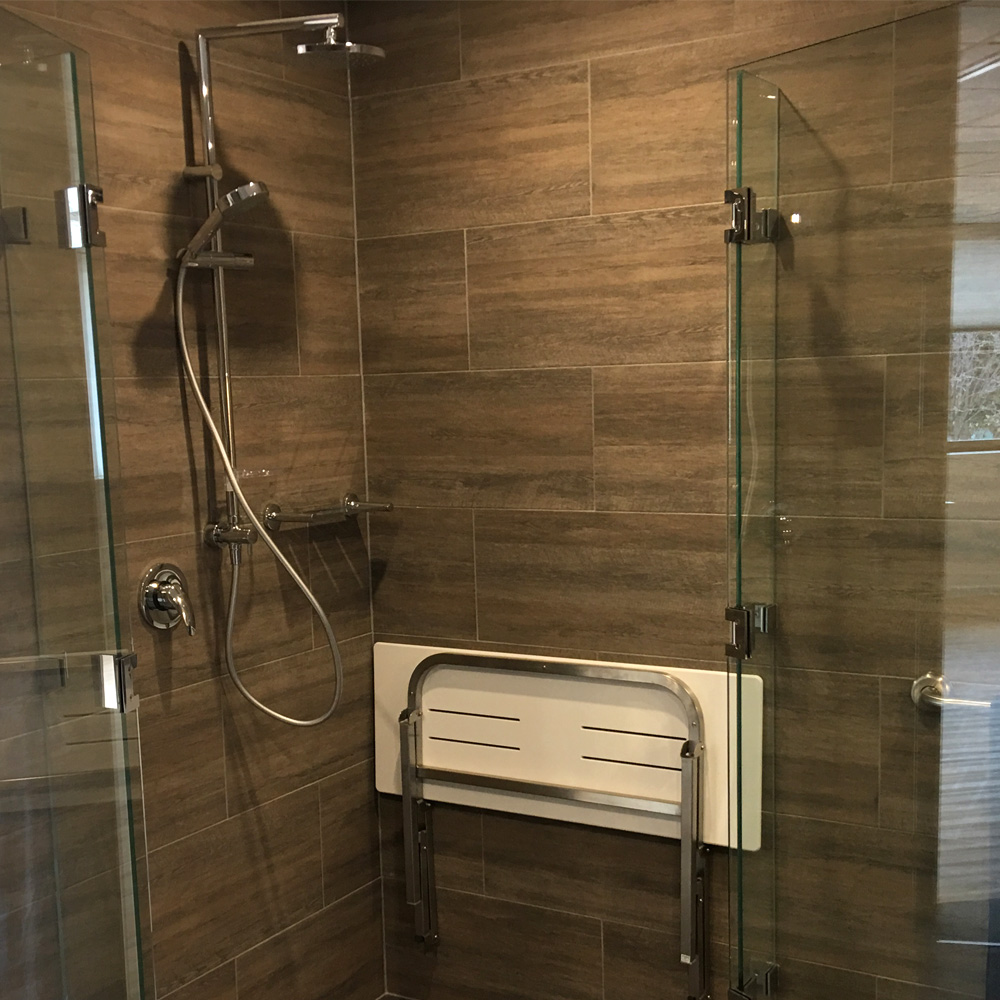
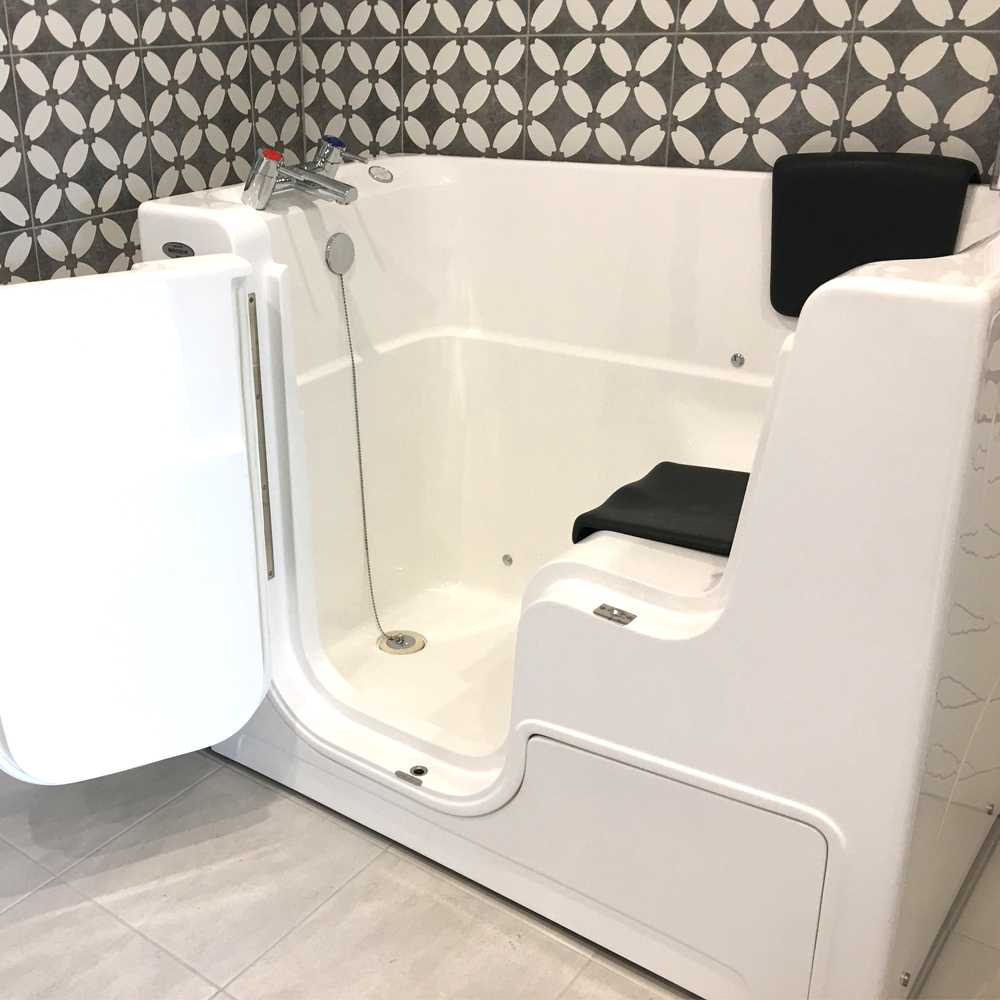
Hand rails
So that a person can move or stand safely with the support of a rail to hold onto
Shower chairs
Ranging from a simple shower stool to a height adjustable chair with a tilt mechanism and full supports, shower chairs give a person who is not able to stand on their own in the shower, a way to safely move into the shower and to be safely supported during their shower
Toilet chairs
Also known as commodes, toilet chairs can give a person the supports they need to be safely positioned while they go to the toilet. Sometimes, the same piece of equipment can be used as a shower chair and a toilet chair
Bath seats
So that a person, particularly a small child can be supported to sit safely in the bath, if they are not able to sit up on their own
Hoists and lifters
So that a person can be safely lifted into and out of the bath and does not need to rely on a carer or support worker to lift the person
Modifications to the bathroom
Simple modifications can be made to some bathrooms to make them easier to use for a person living with disability. This can include replacing the taps and adding a shower hose. If a shower chair is needed, there may also be a need for the bathroom to be renovated as many bathrooms do not easily fit or have smooth access into the shower for the shower chair that a person may need. (See home and building modifications for further details).
Hoists and transfer aids
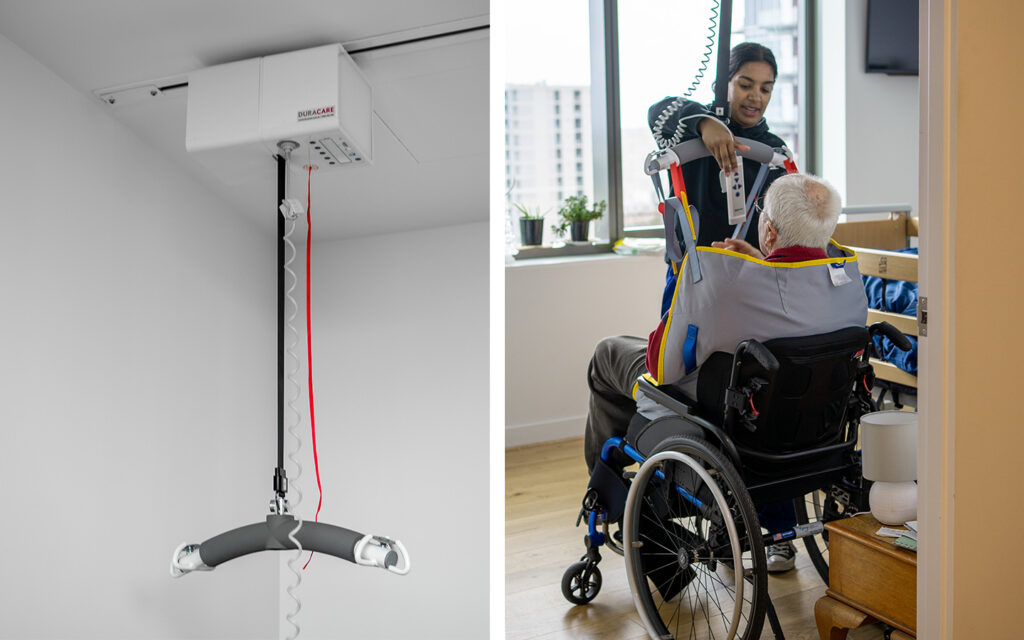
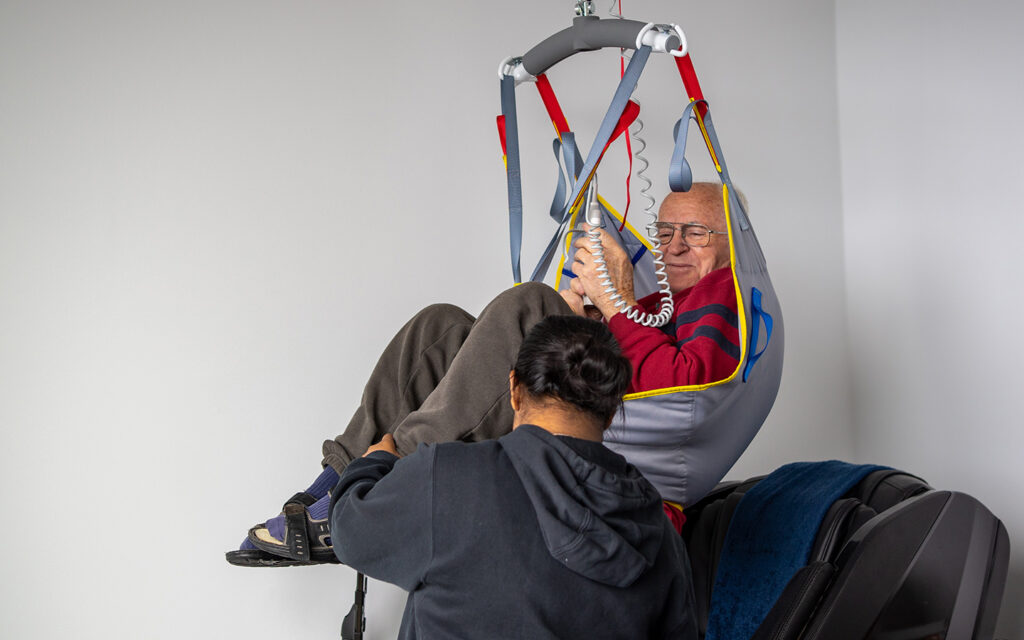
Moving between a wheelchair and bed, shower chair, toilet, floor or vehicle with ease and safety is an important task that happens many times a day for people living with physical disability. Depending on how much a person can stand and move, the only safe way to do this may mean using a hoist (lift) or other transfer aid. Without the appropriate assistive technology, a person and their carer, or support worker, can be at risk of injury, including serious back injury. Some of the options to support safe and easy transfers include:
Mobile hoist
a portable system on wheels that can lift a person in a sling to move them from a wheelchair to another piece of equipment
Ceiling hoist
a system where tracking and a motor are attached to the ceiling of a bedroom or other room, so that a person can be lifted and moved between pieces of equipment or the floor
Slide boards or sheets
simple equipment that can assist a person in being moved short distances safely
Car seats and vehicle modifications
We assess and prescribe quality car seats, harnesses and vehicle modifications for you.
For more information on any of the assistive technology mentioned, call NovitaTech on 1300 668 482, email [email protected] or visit our online store

